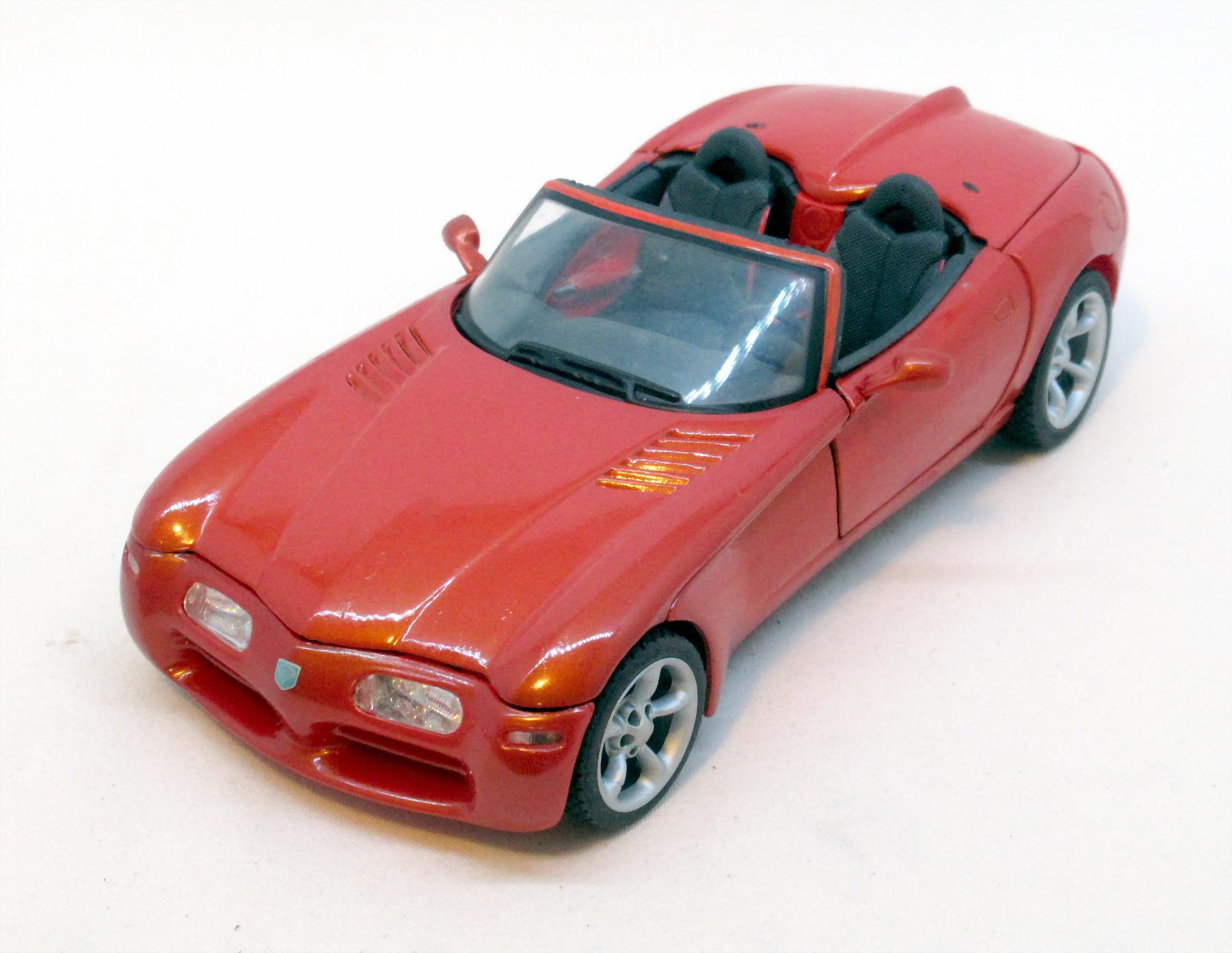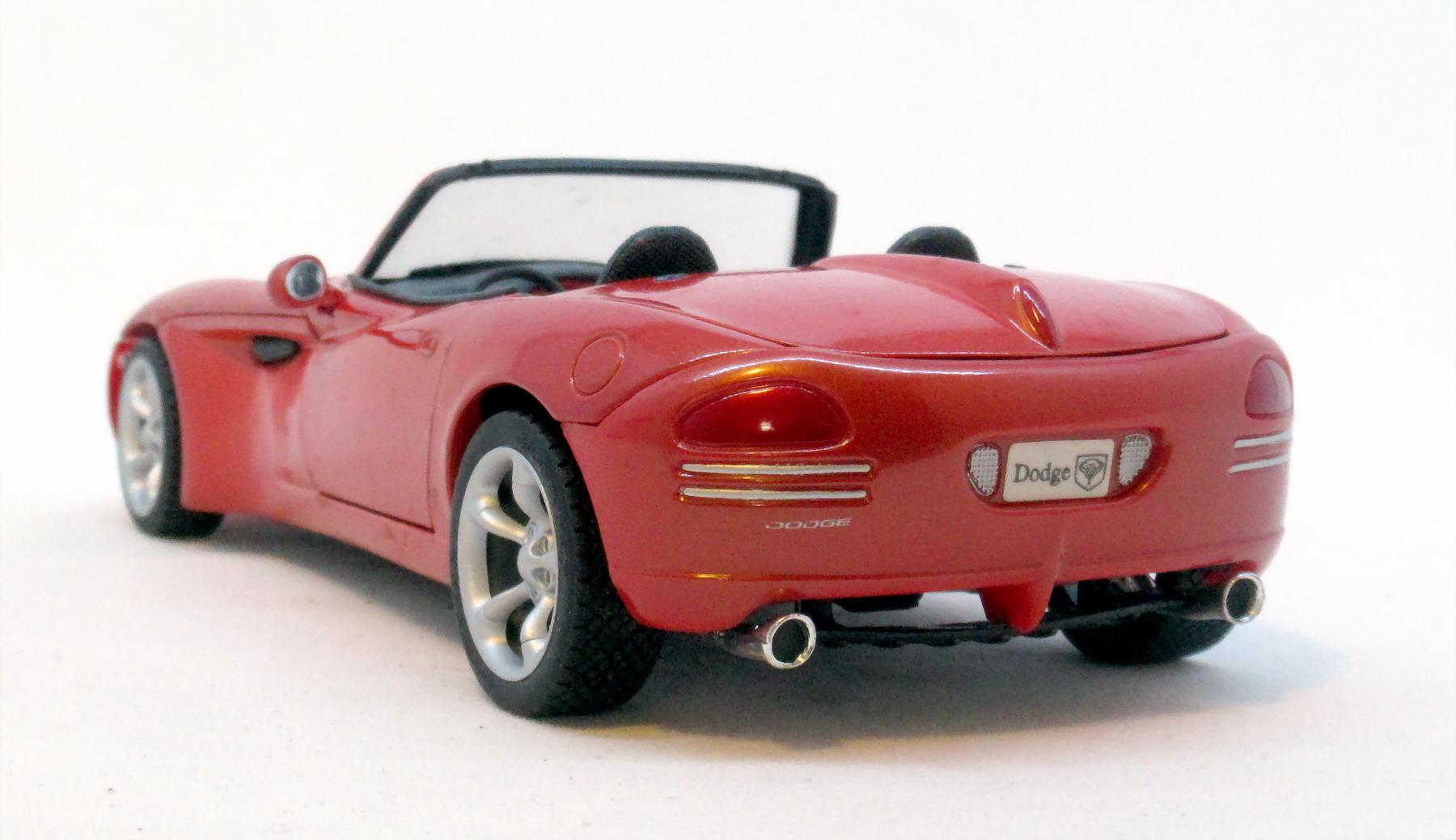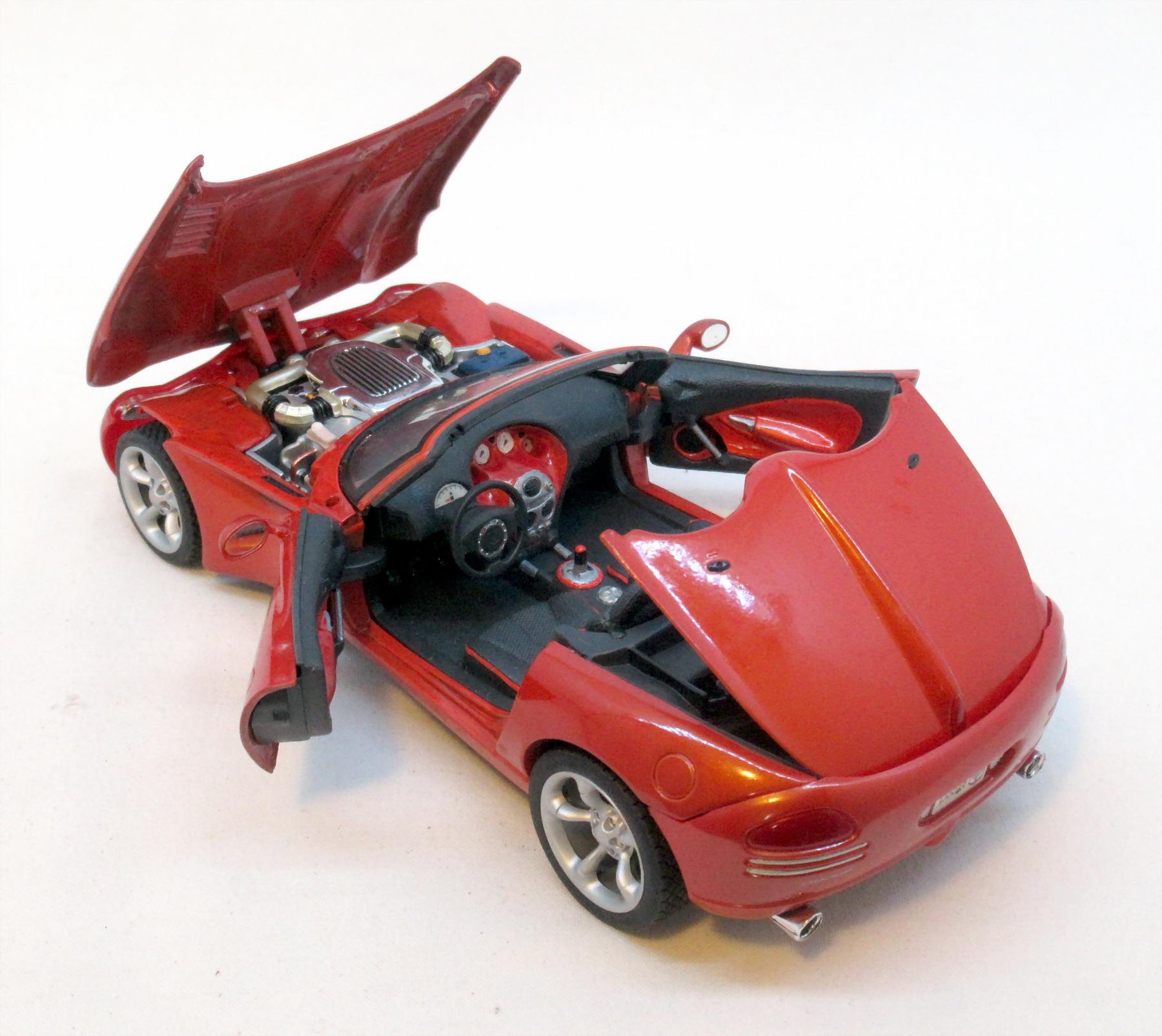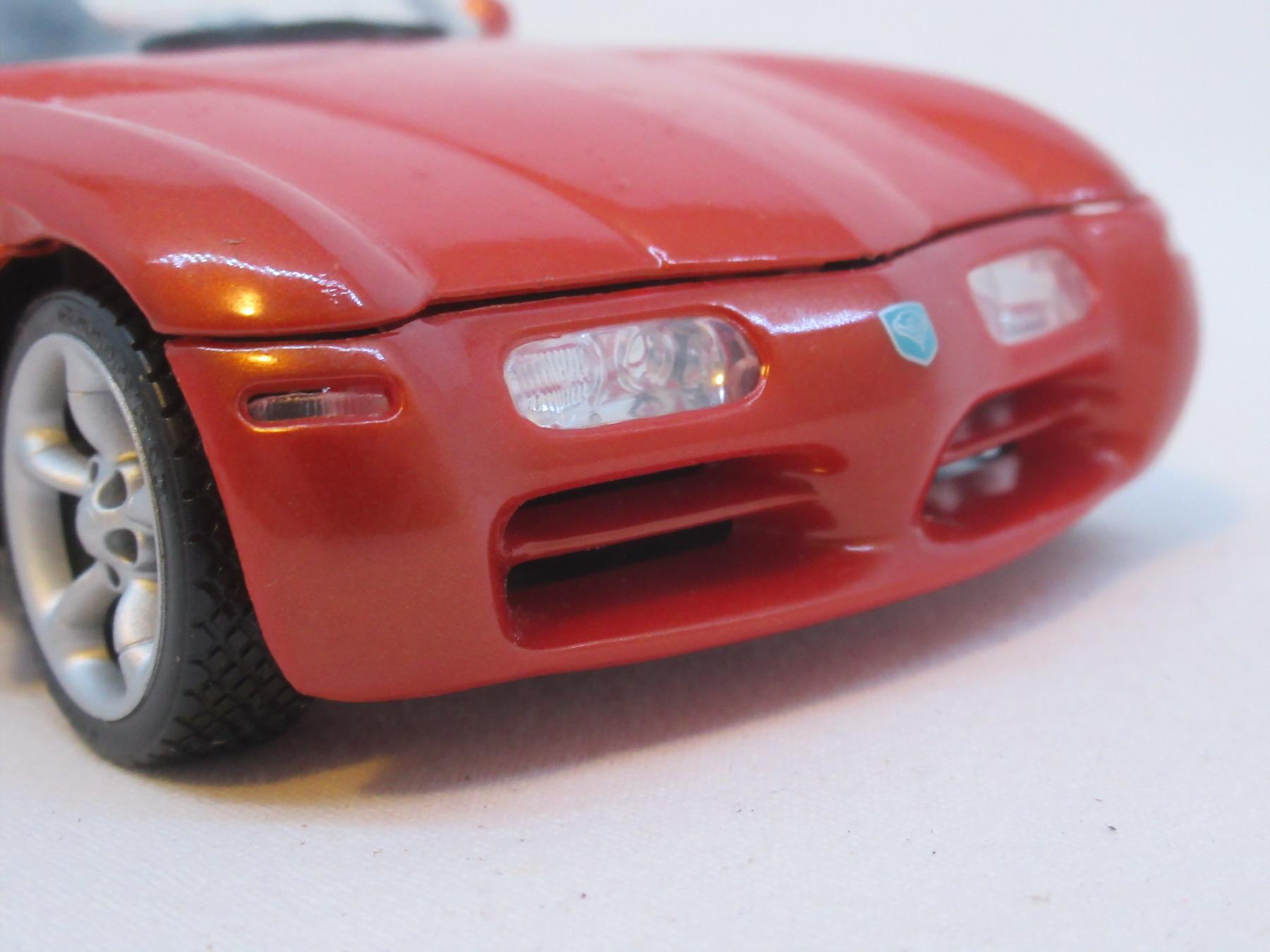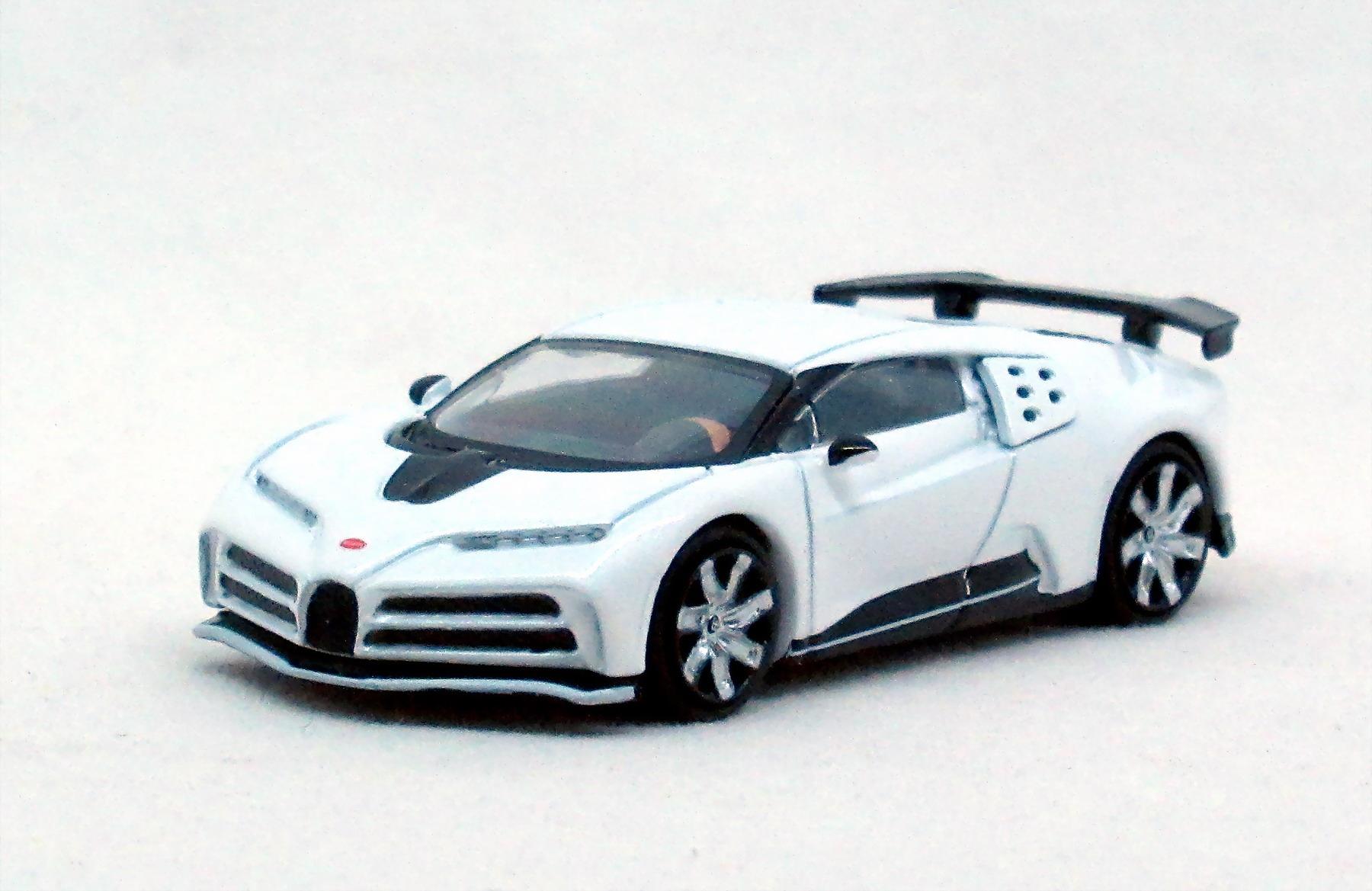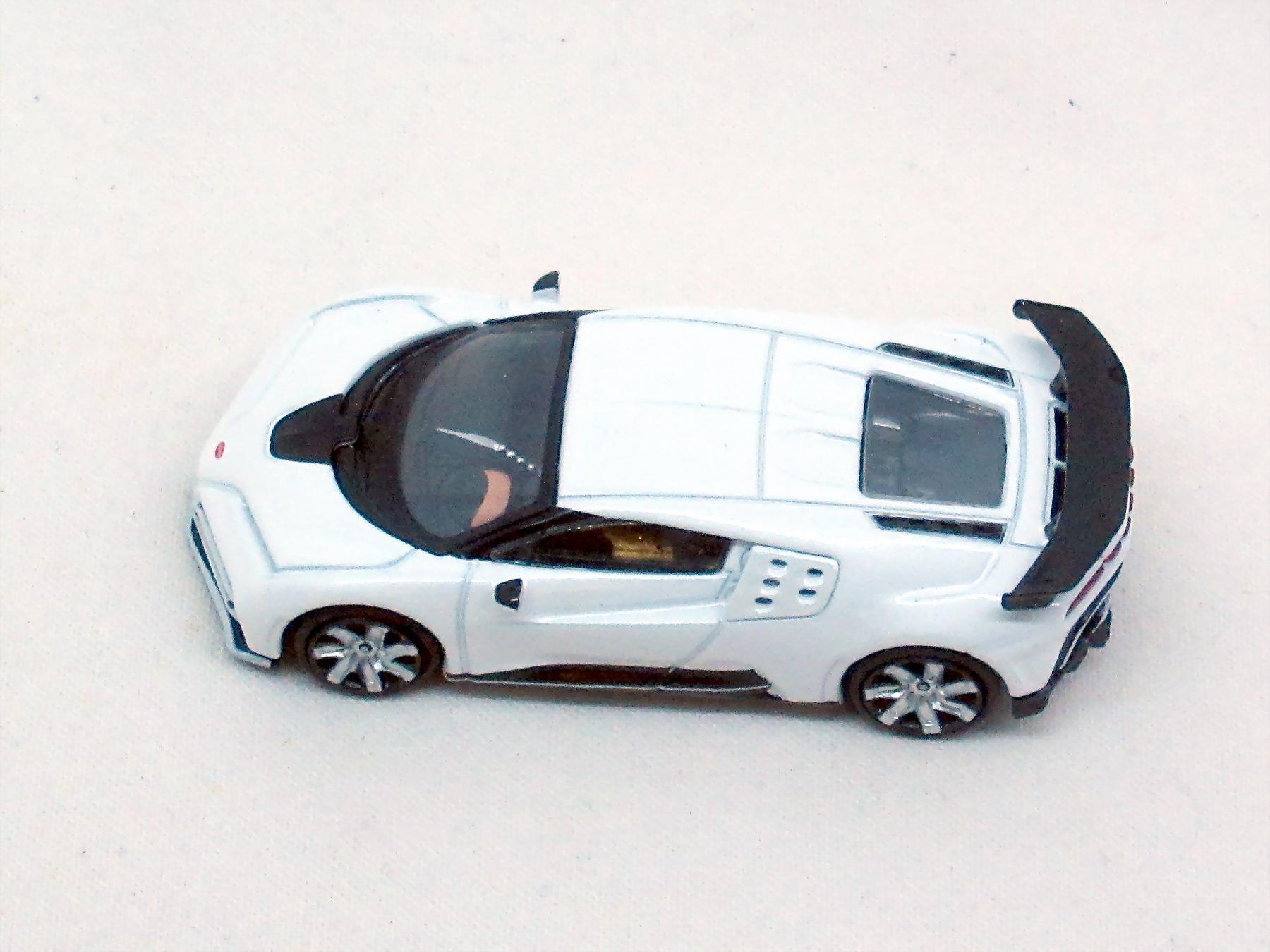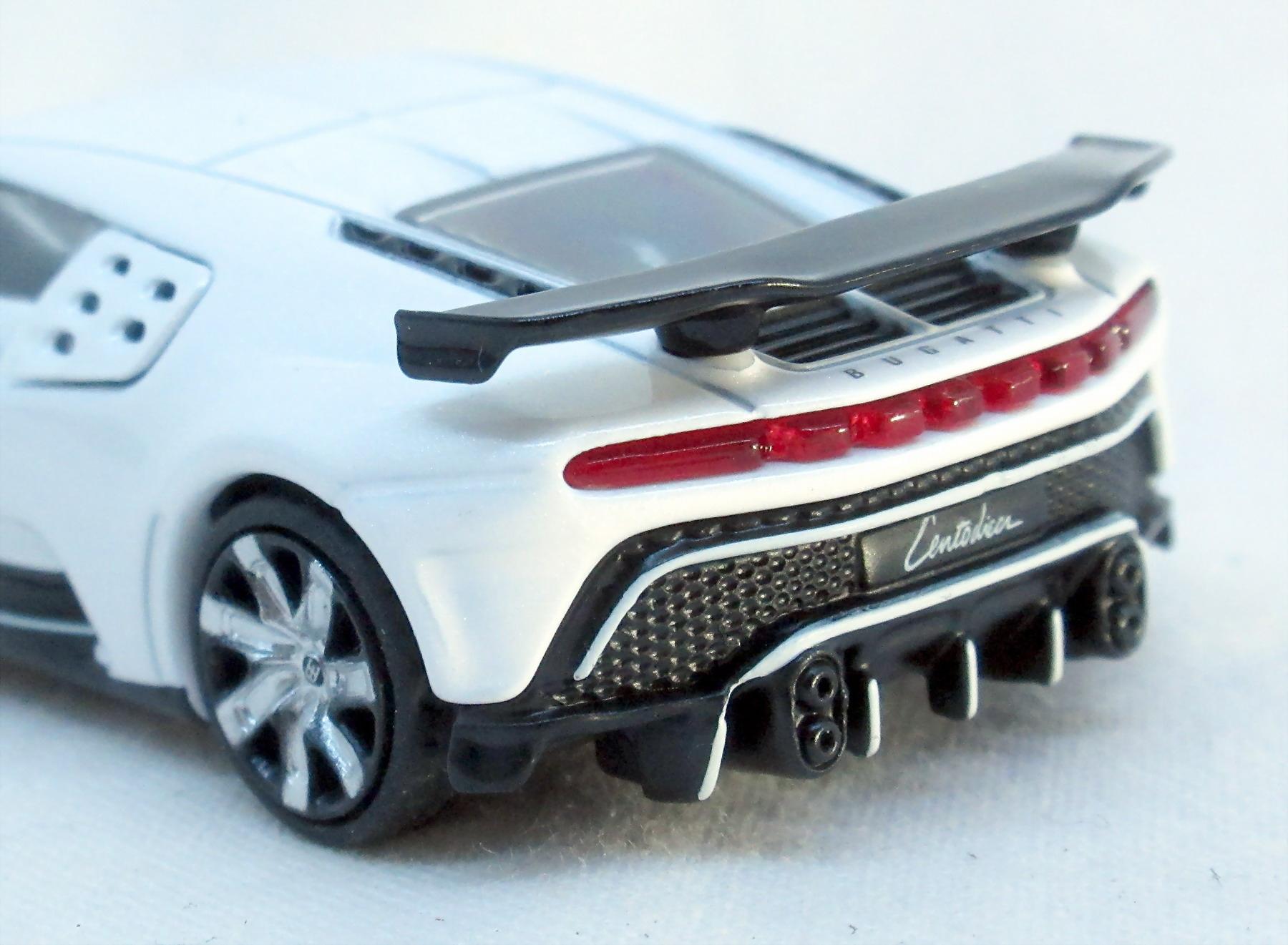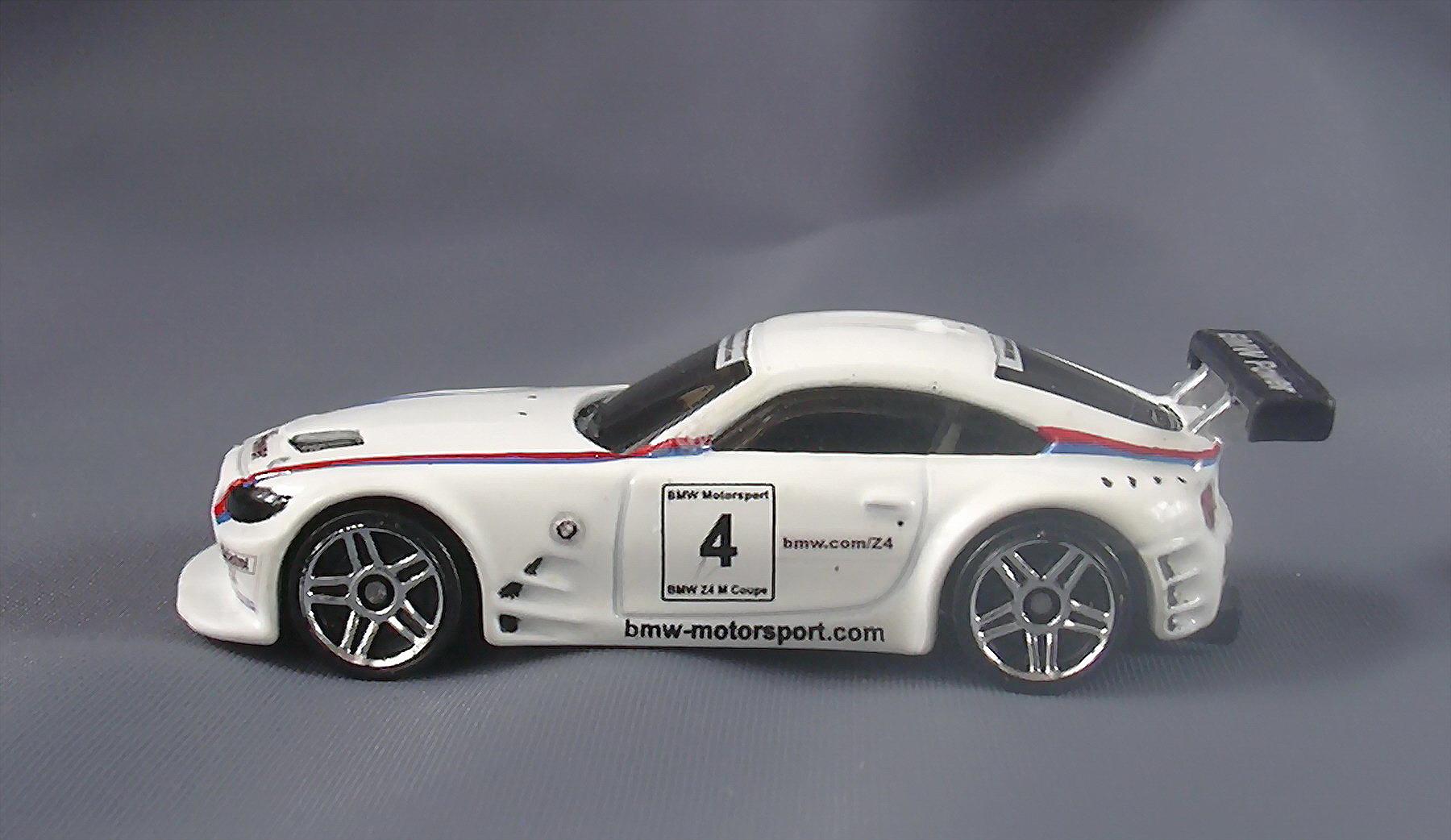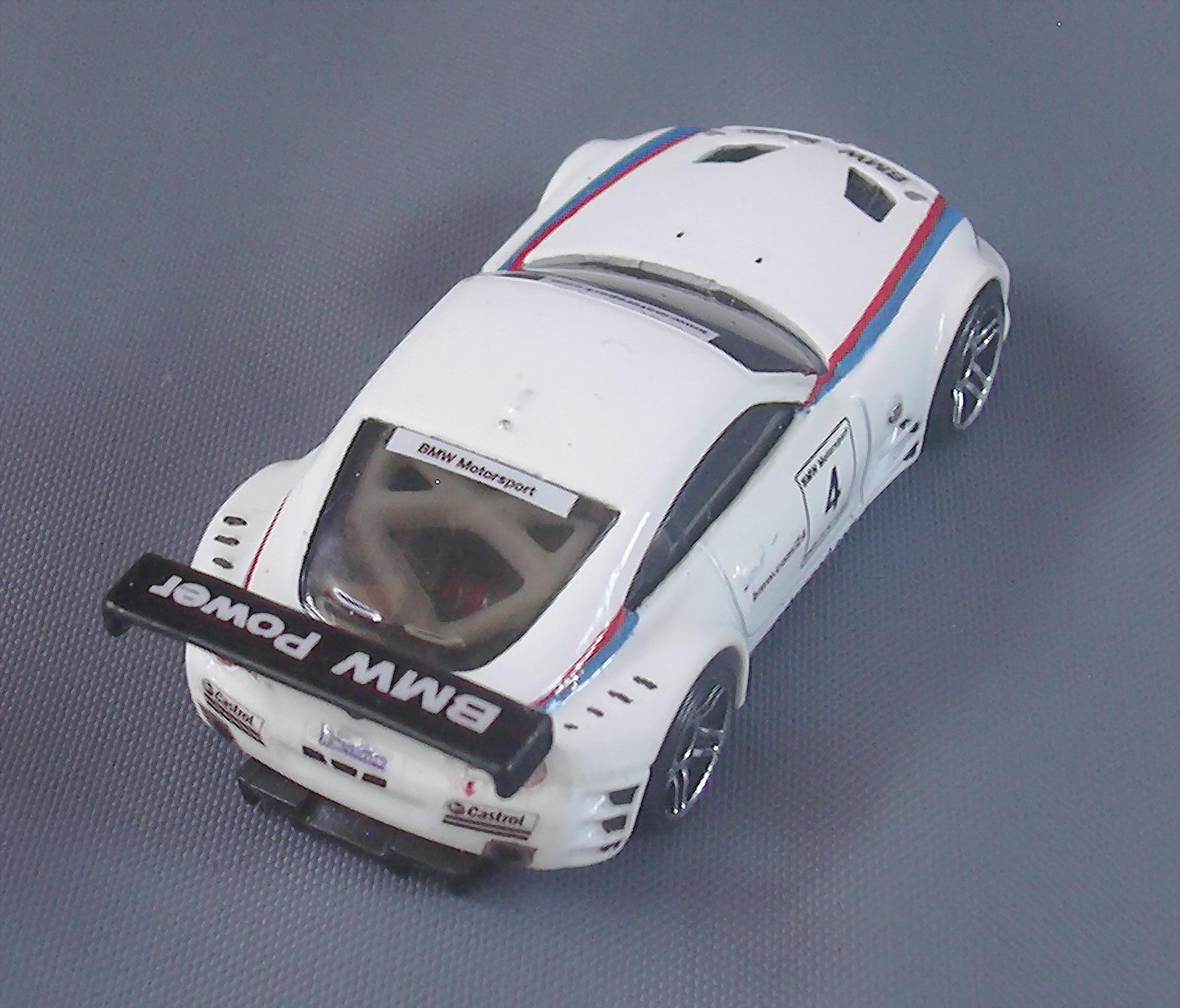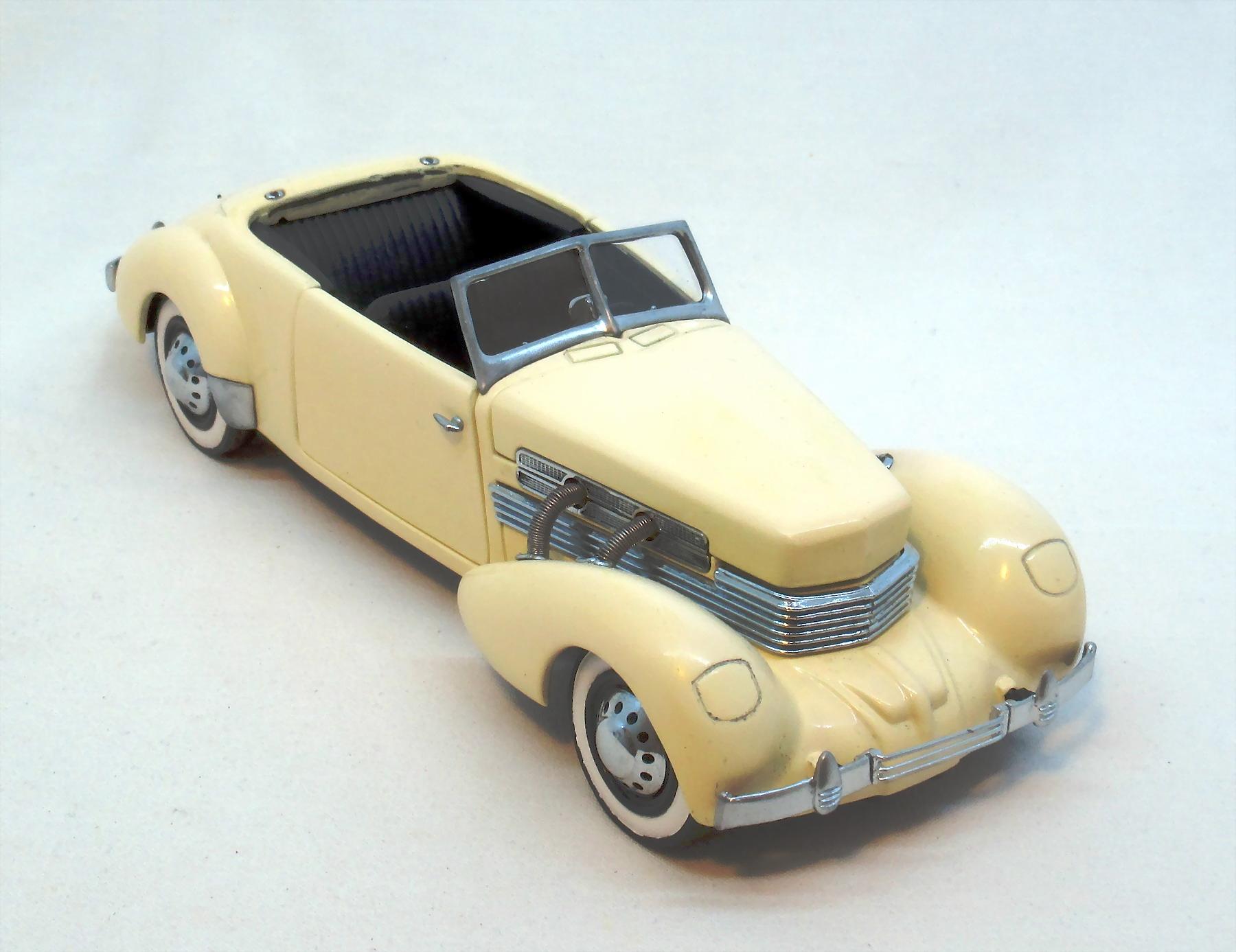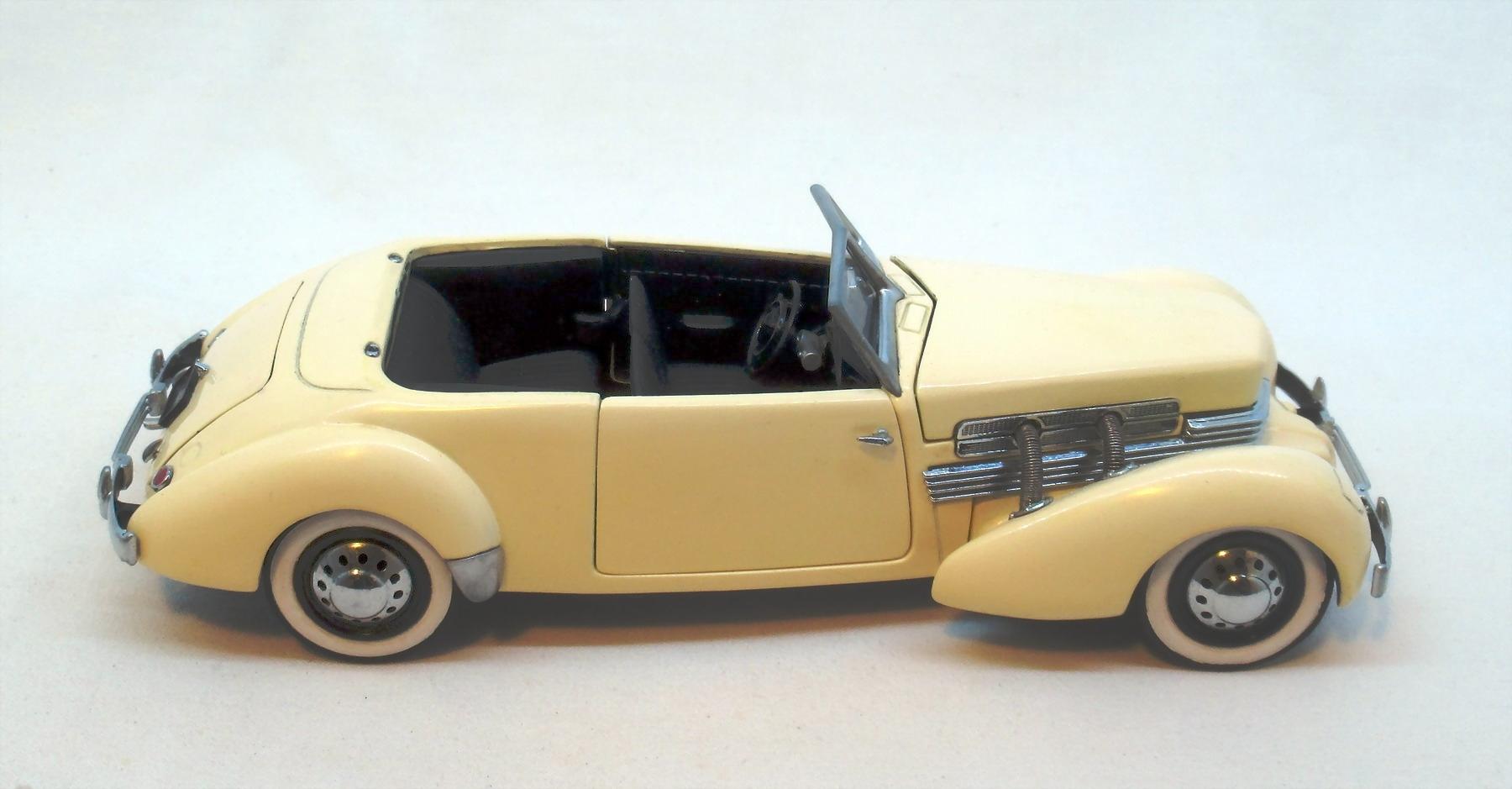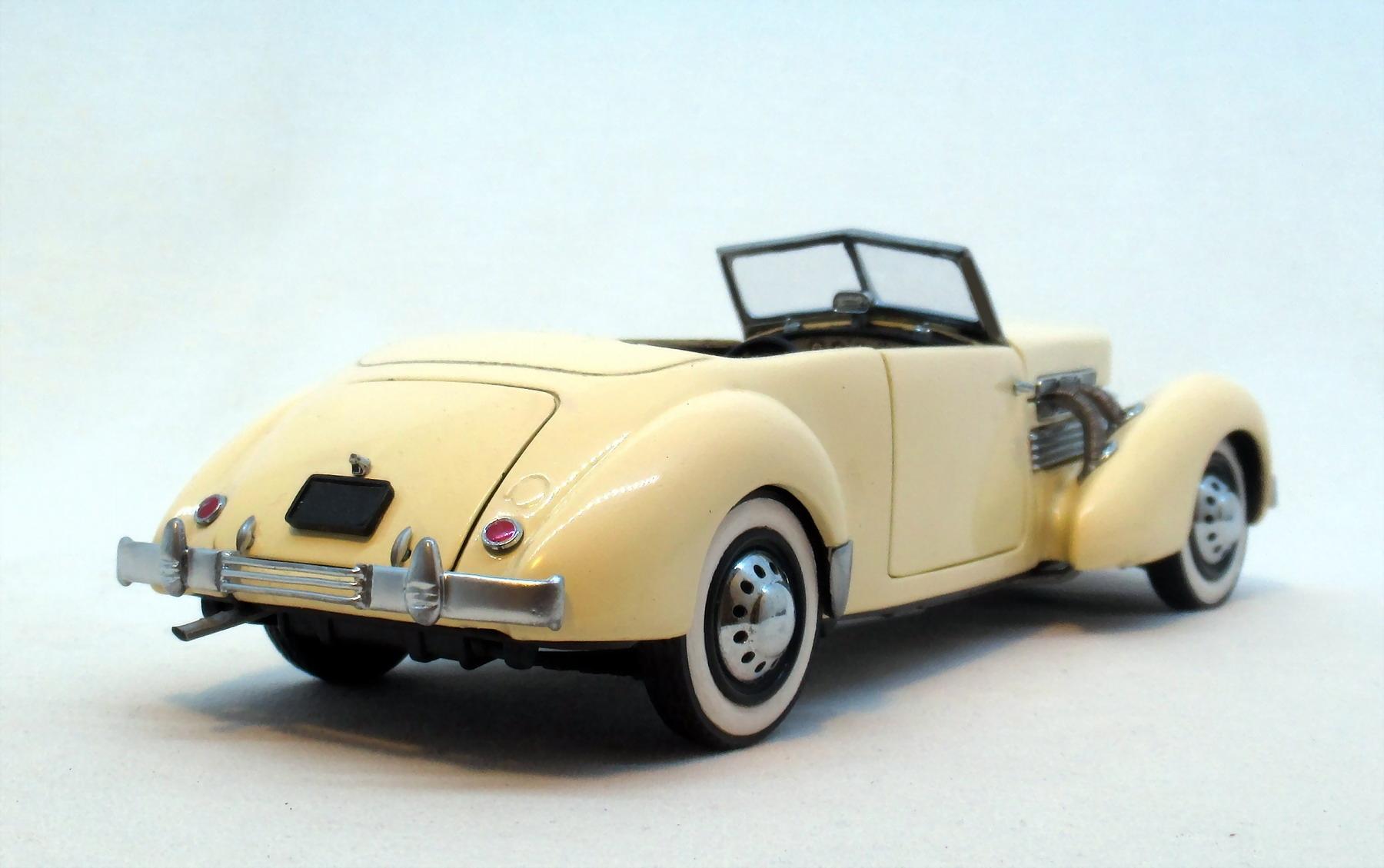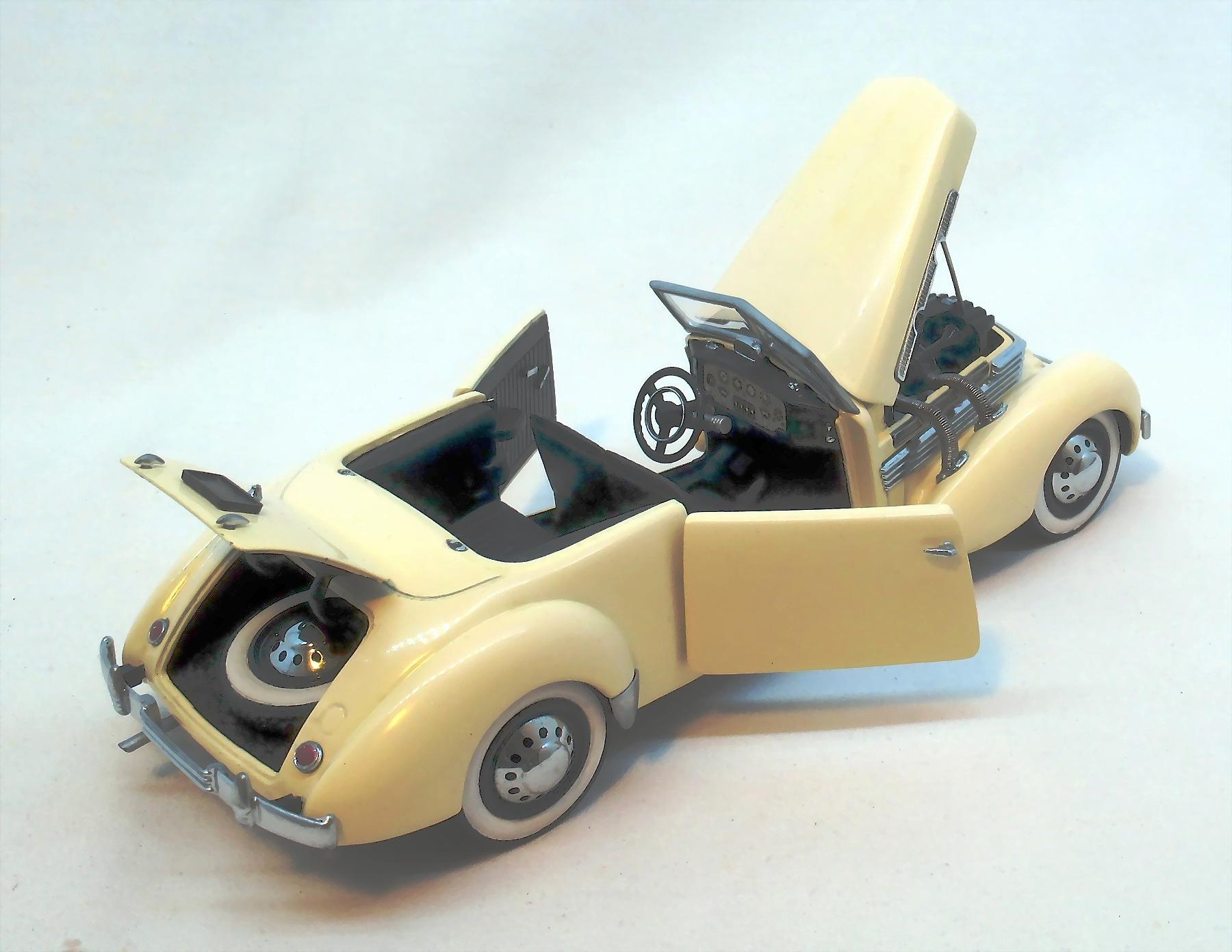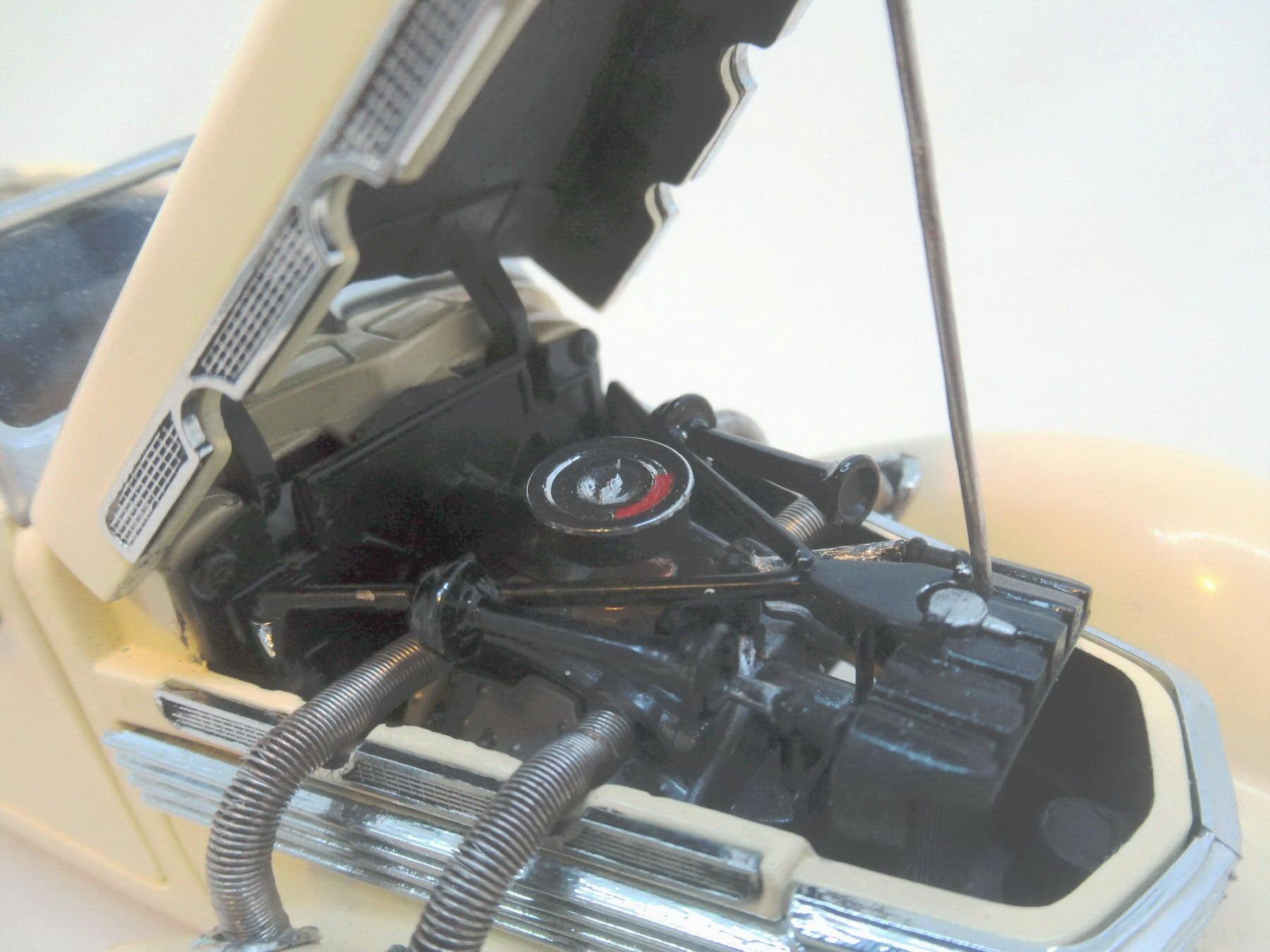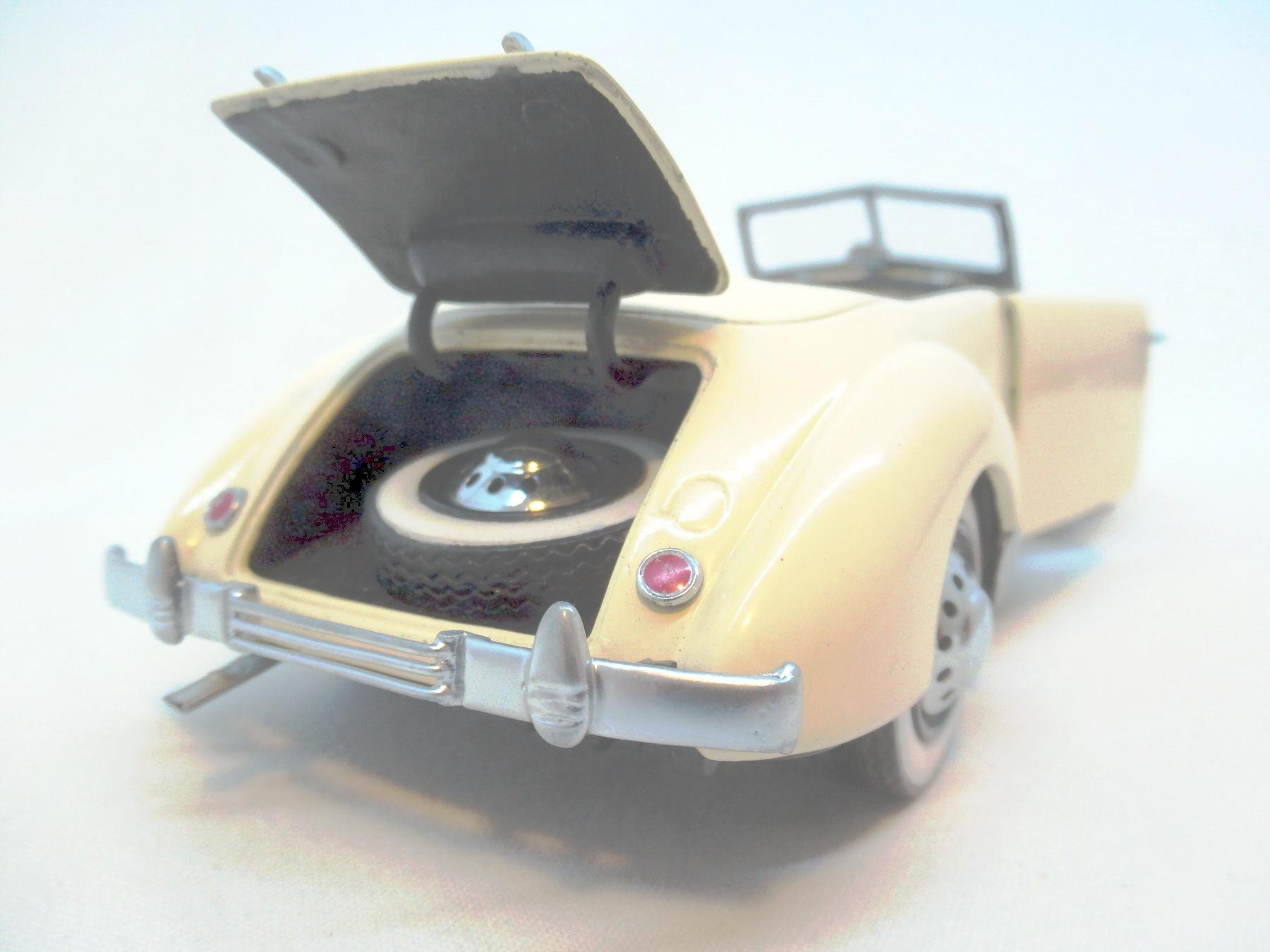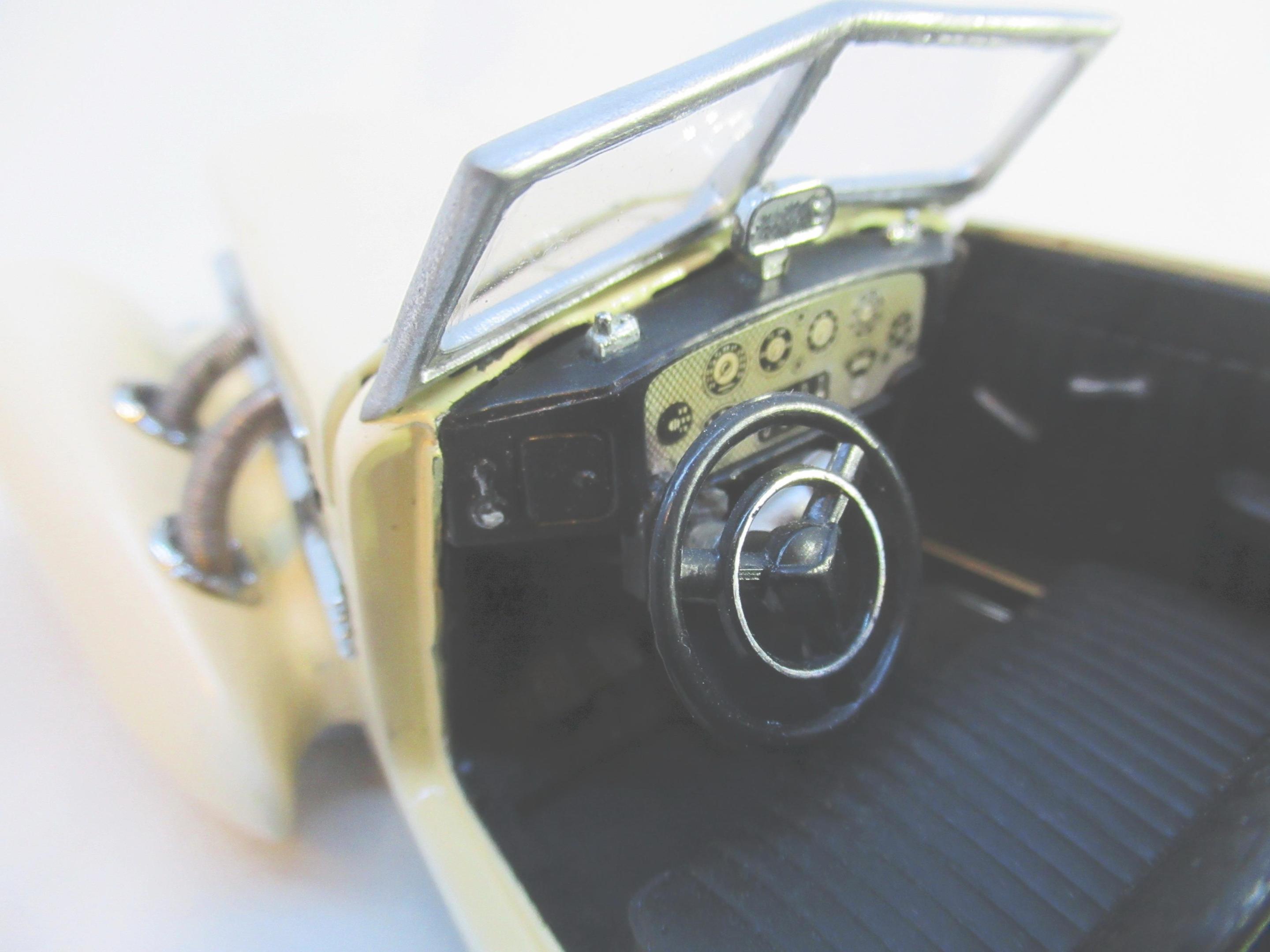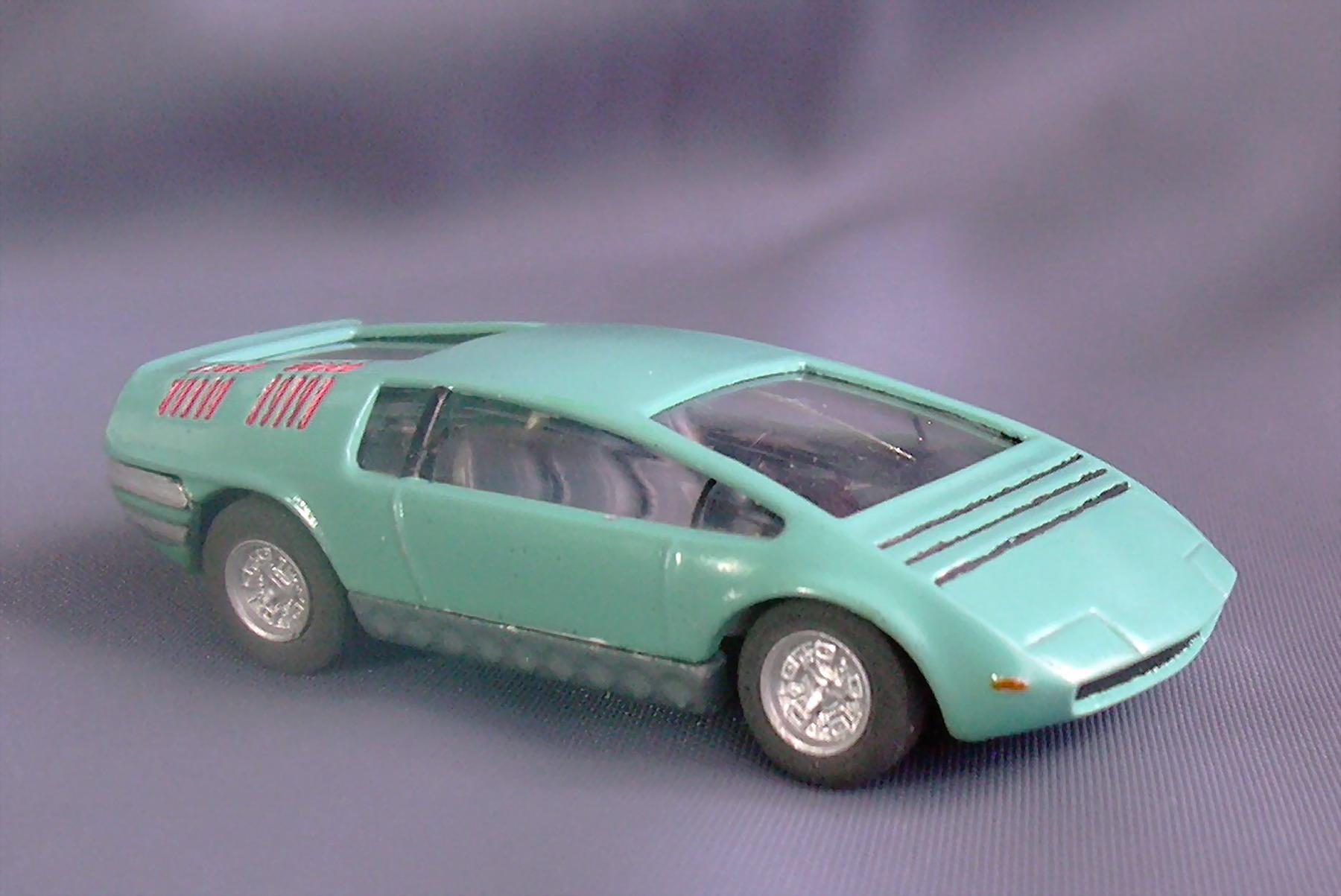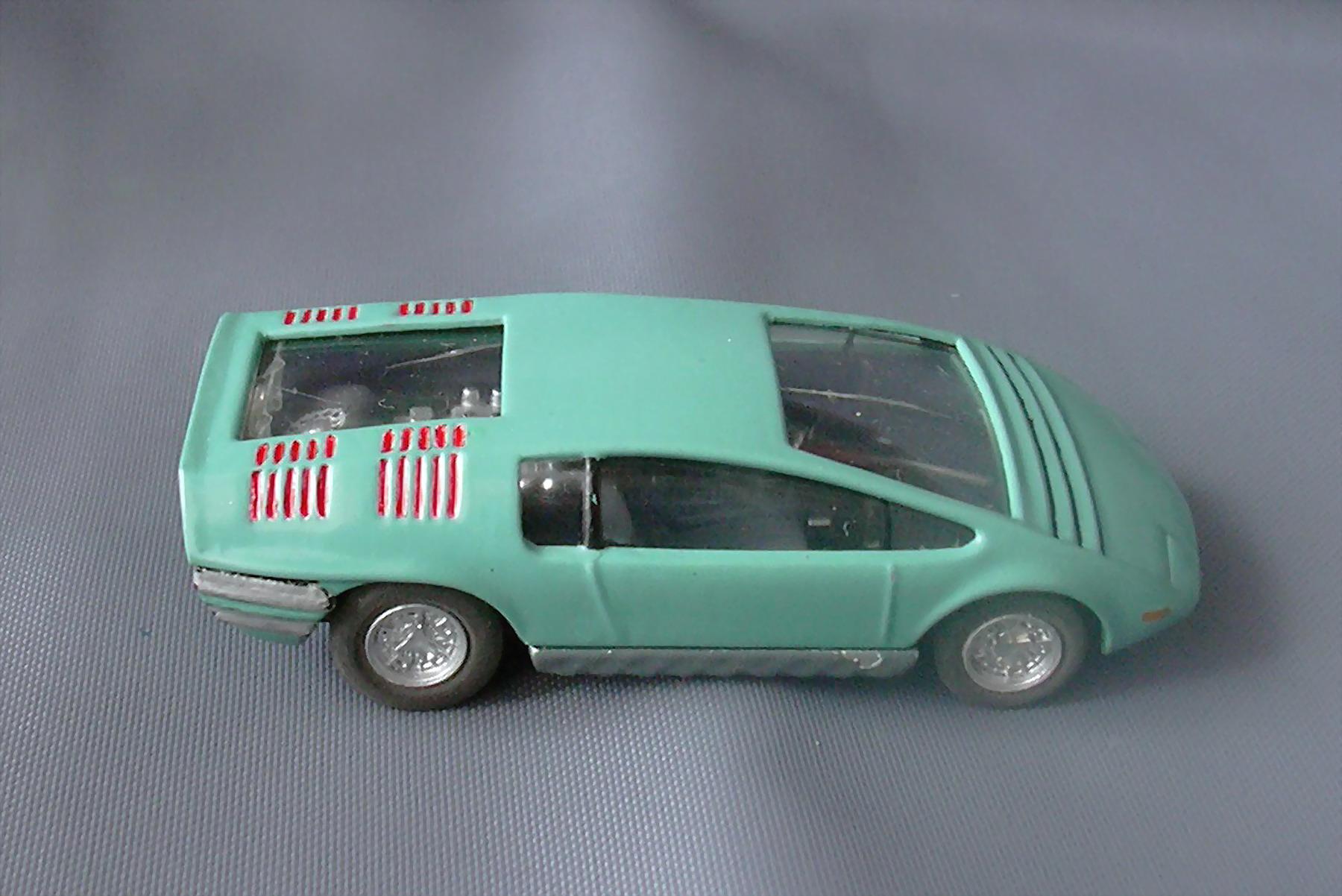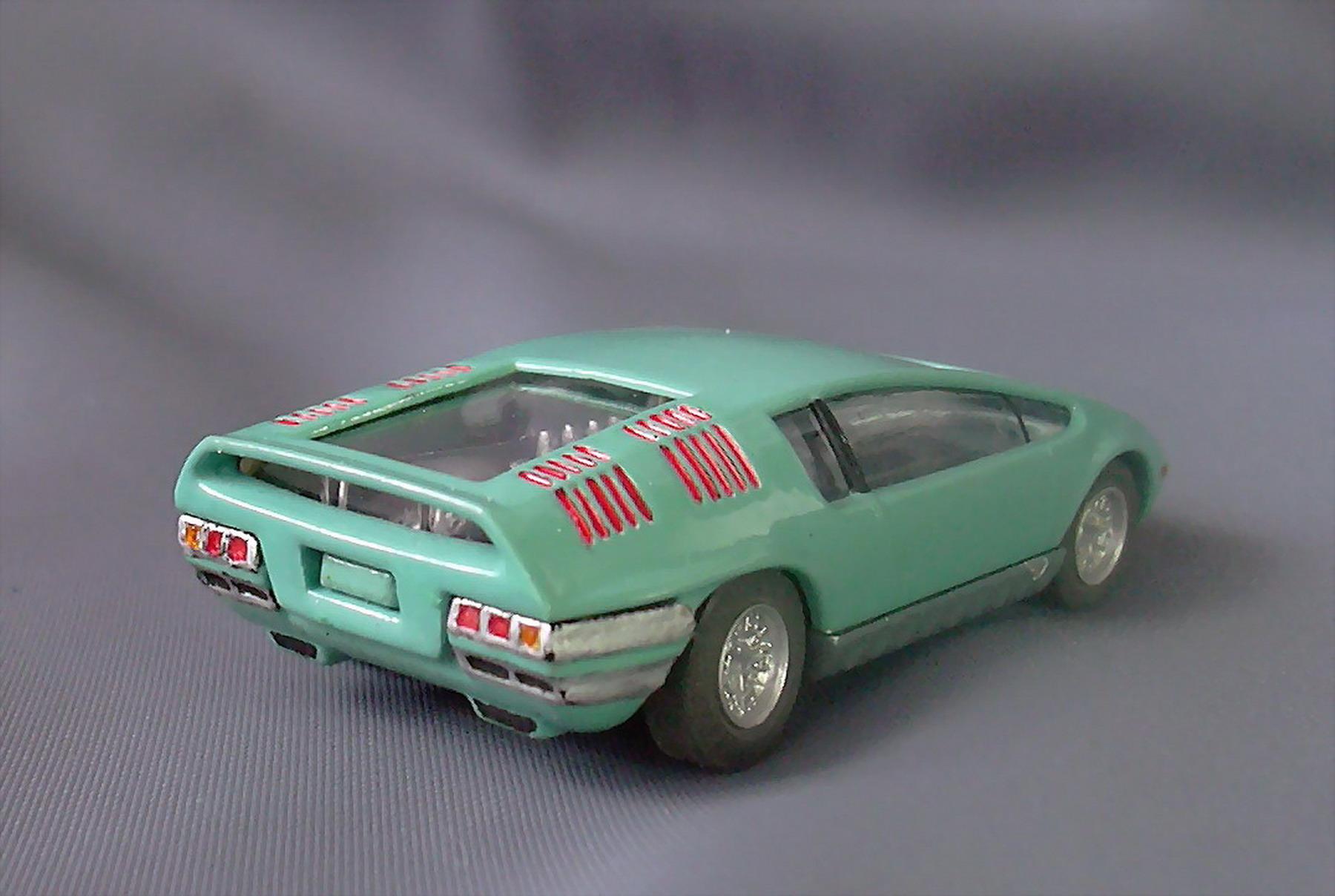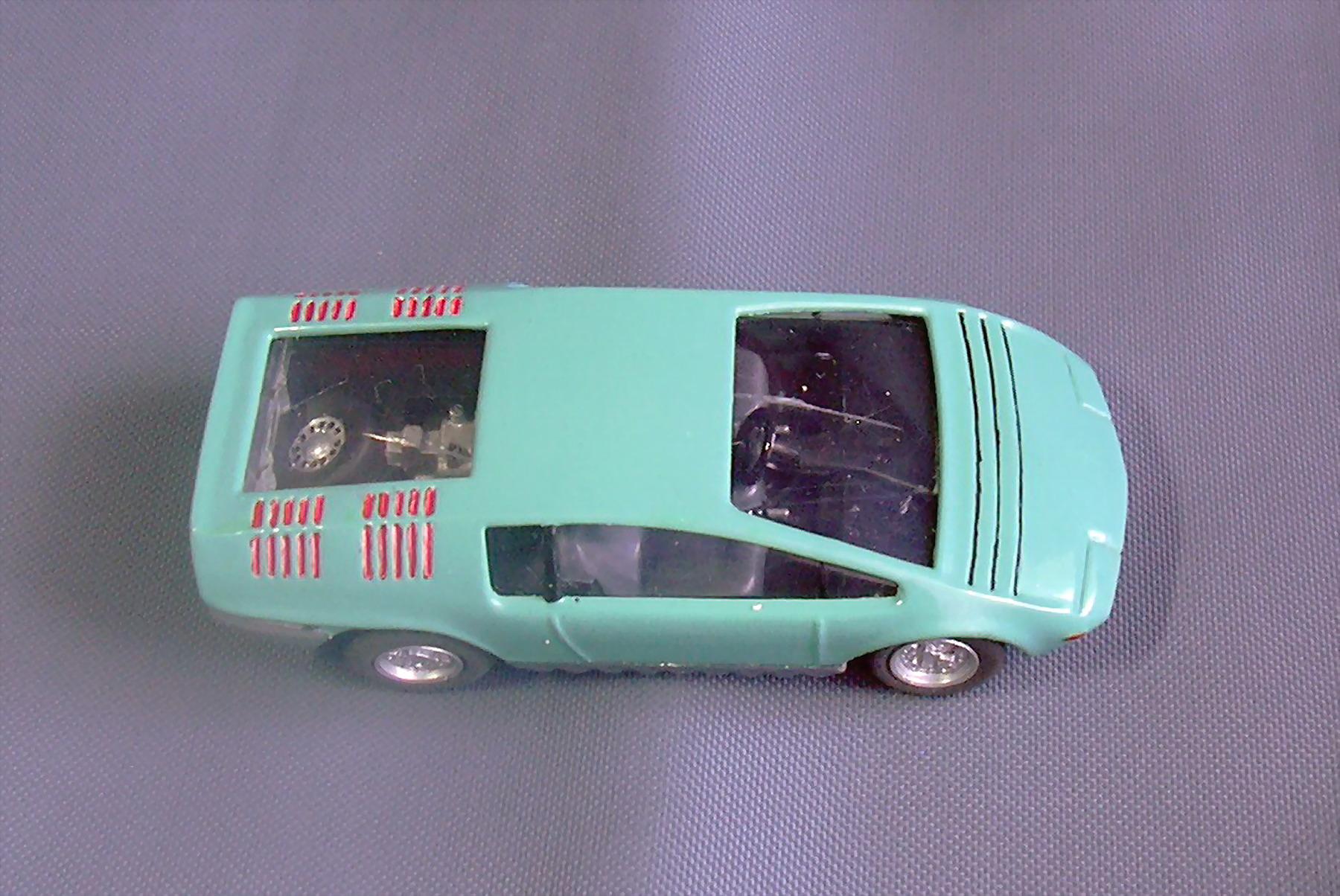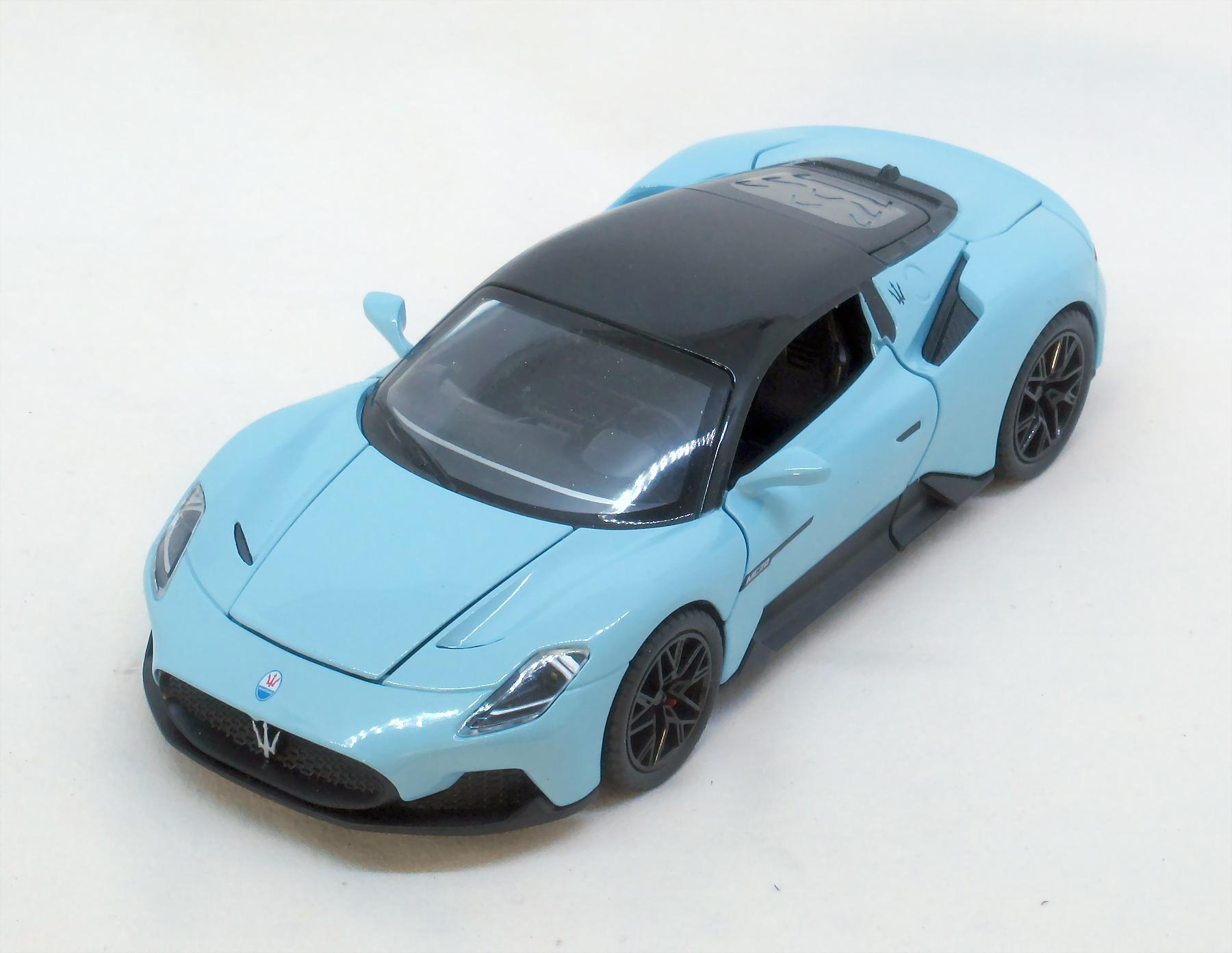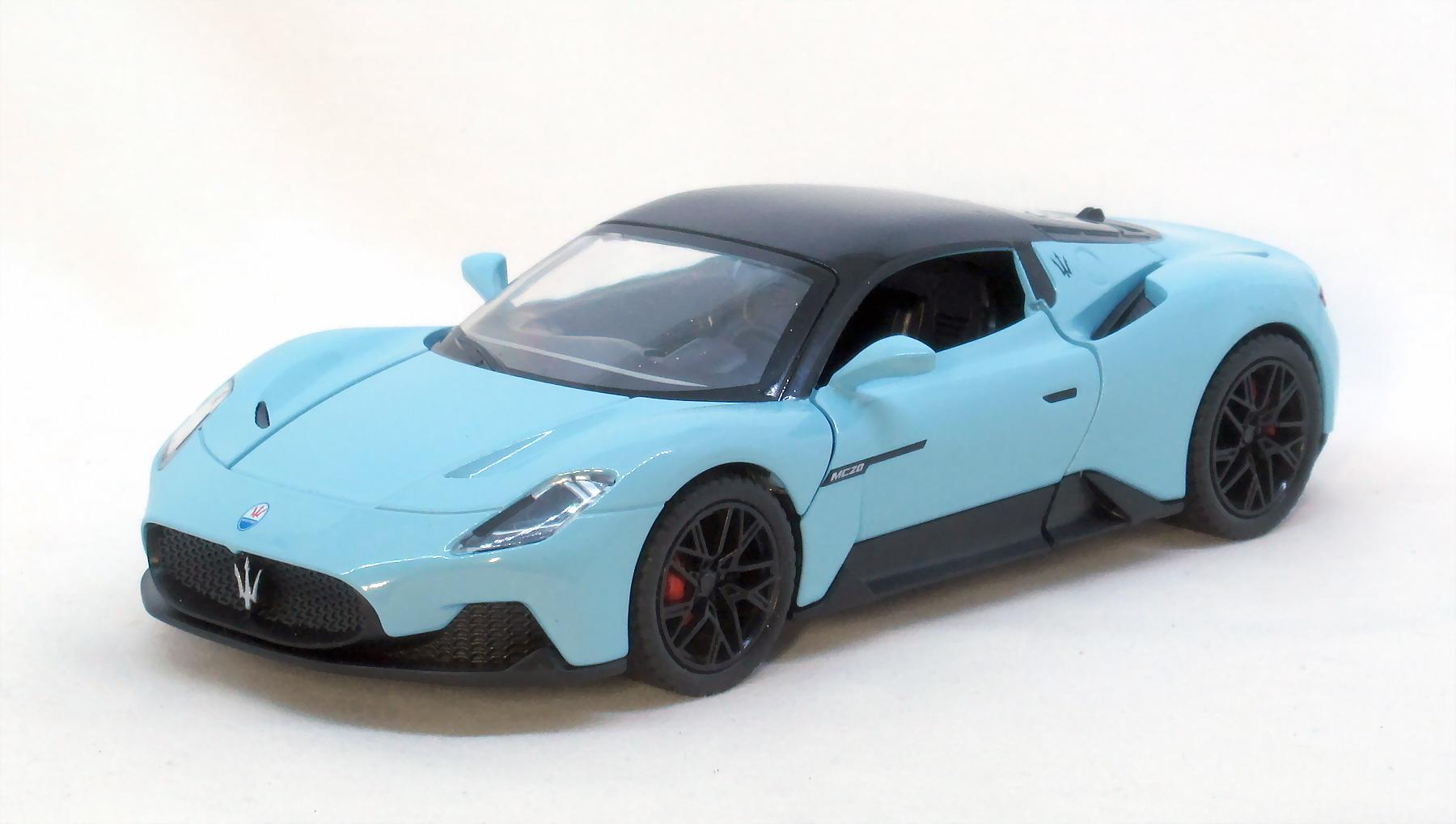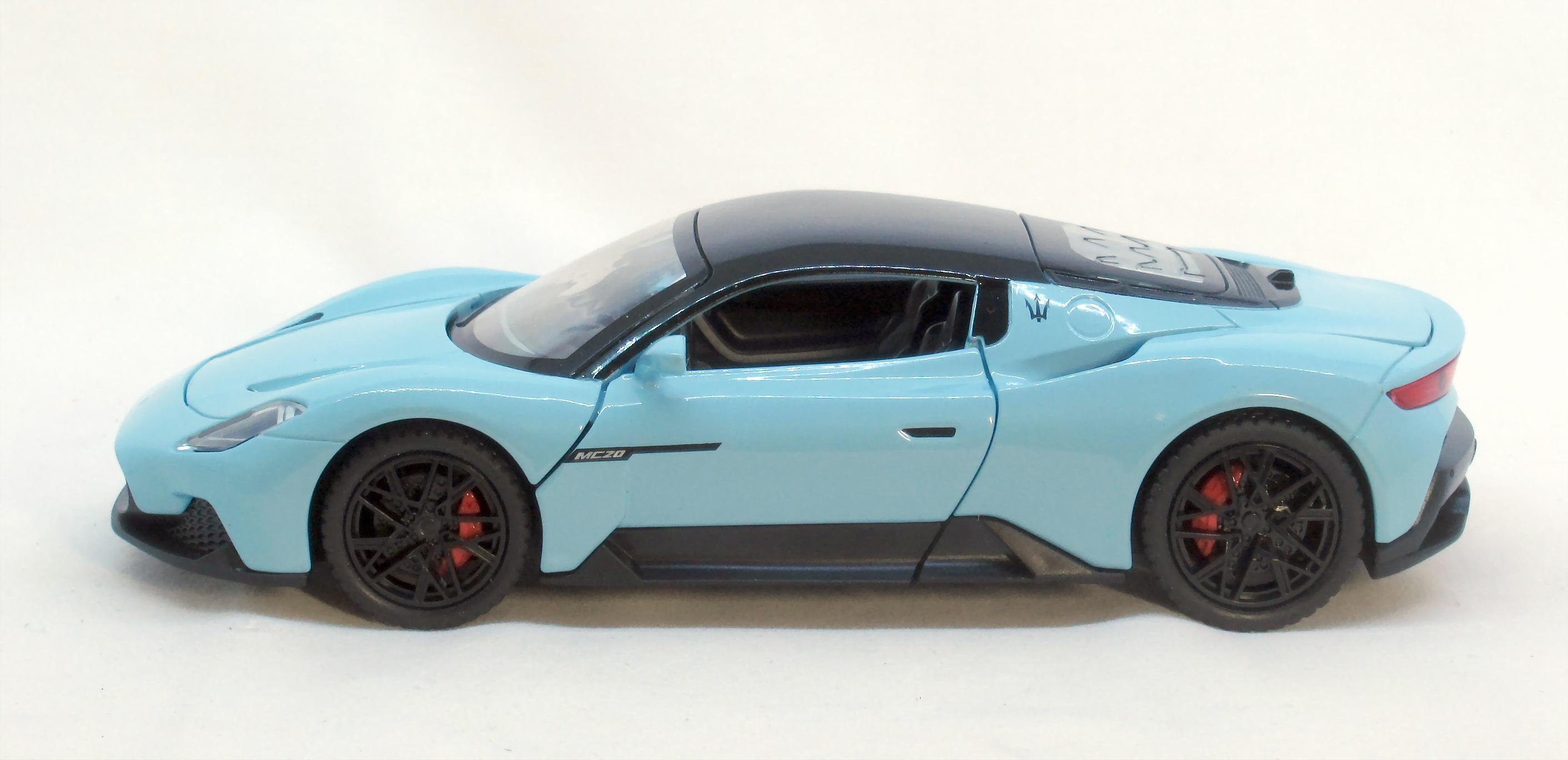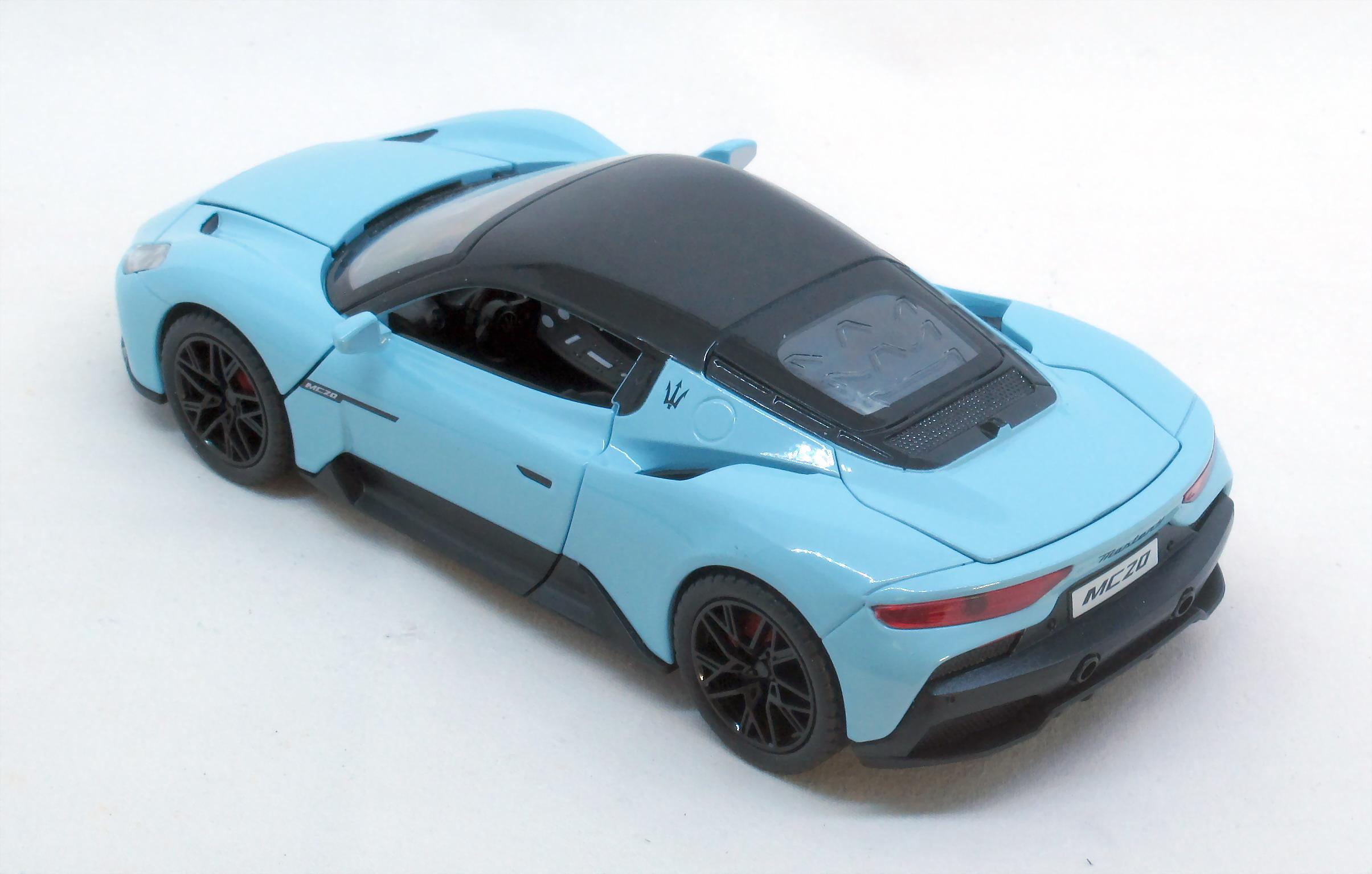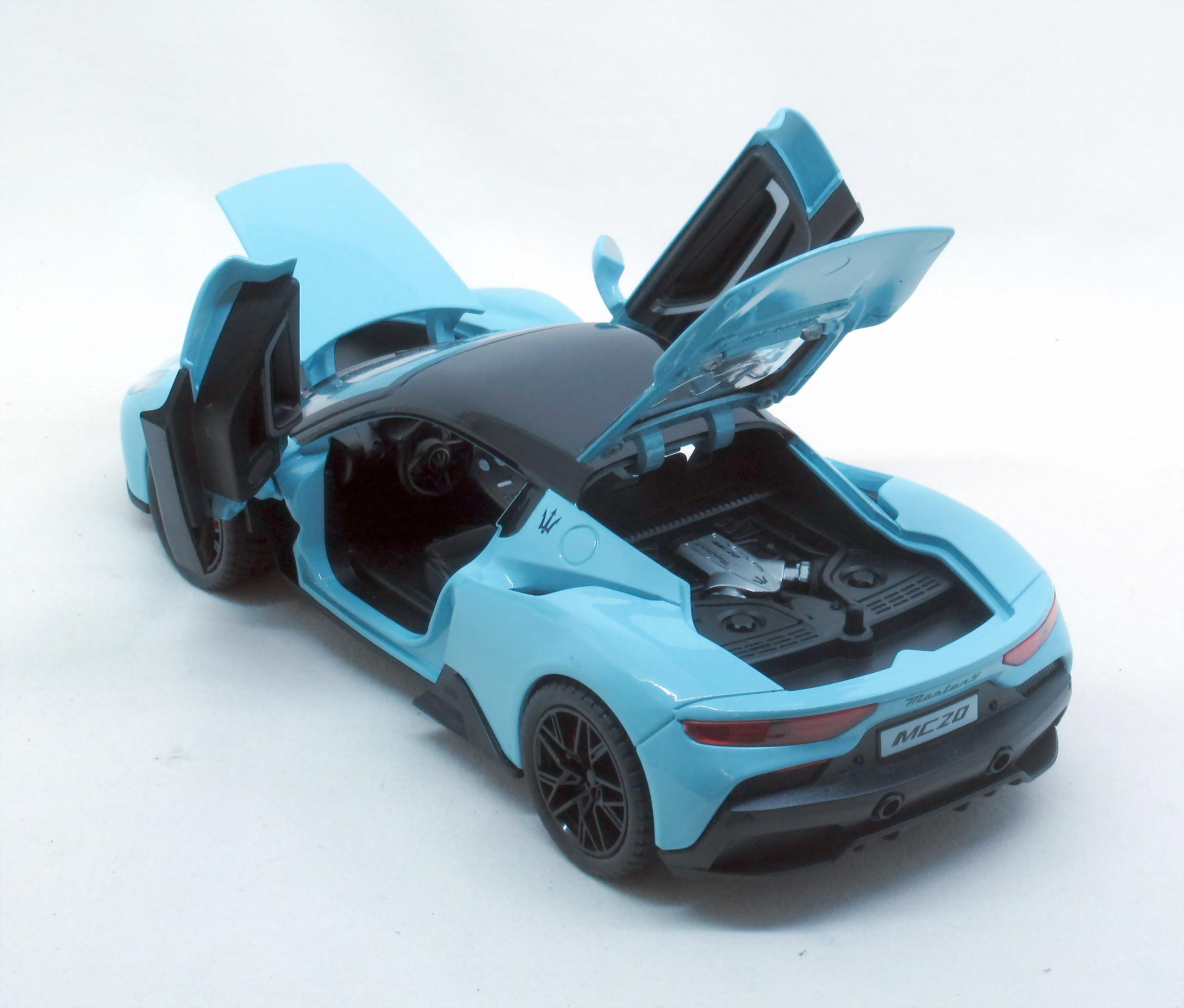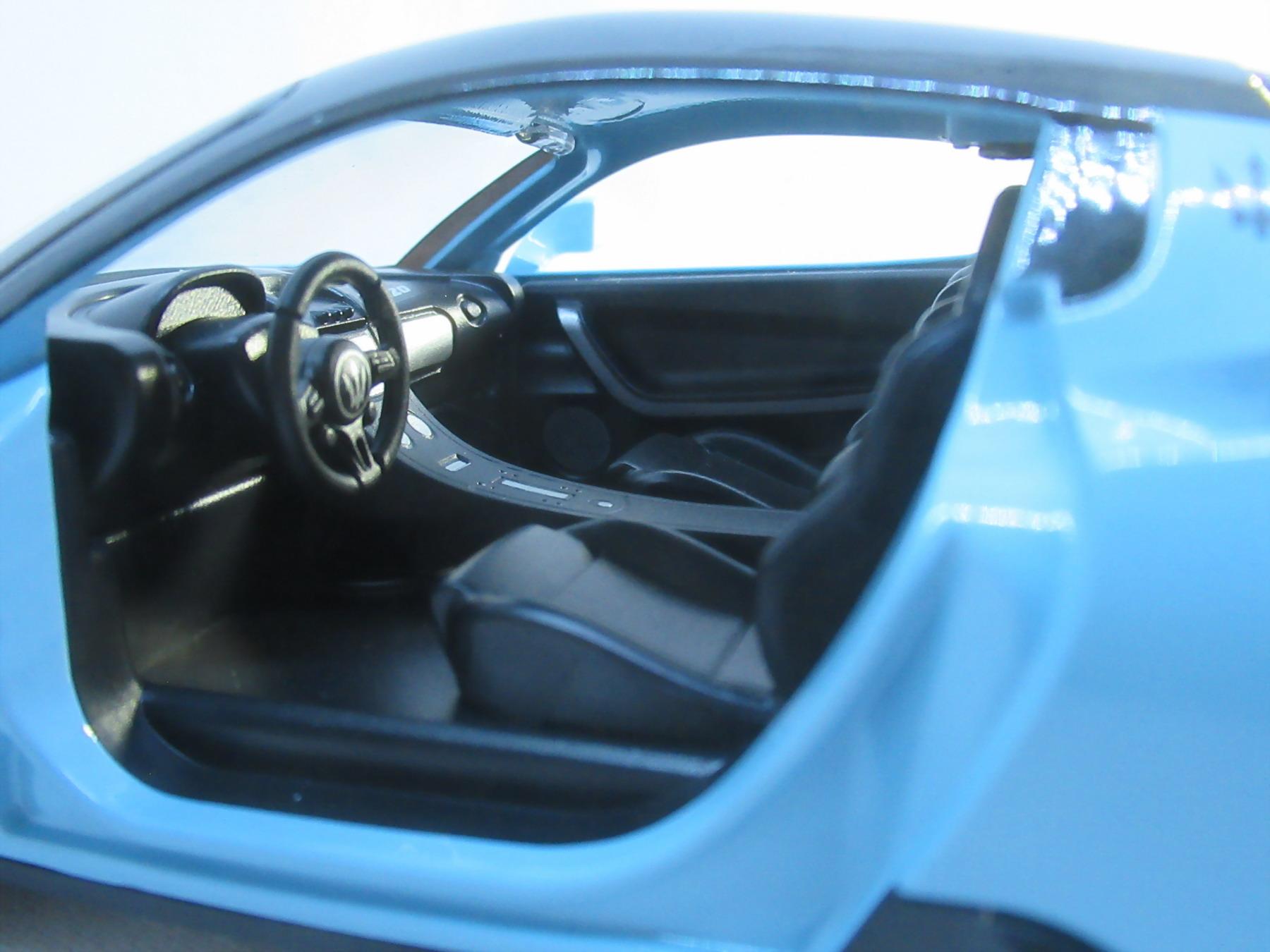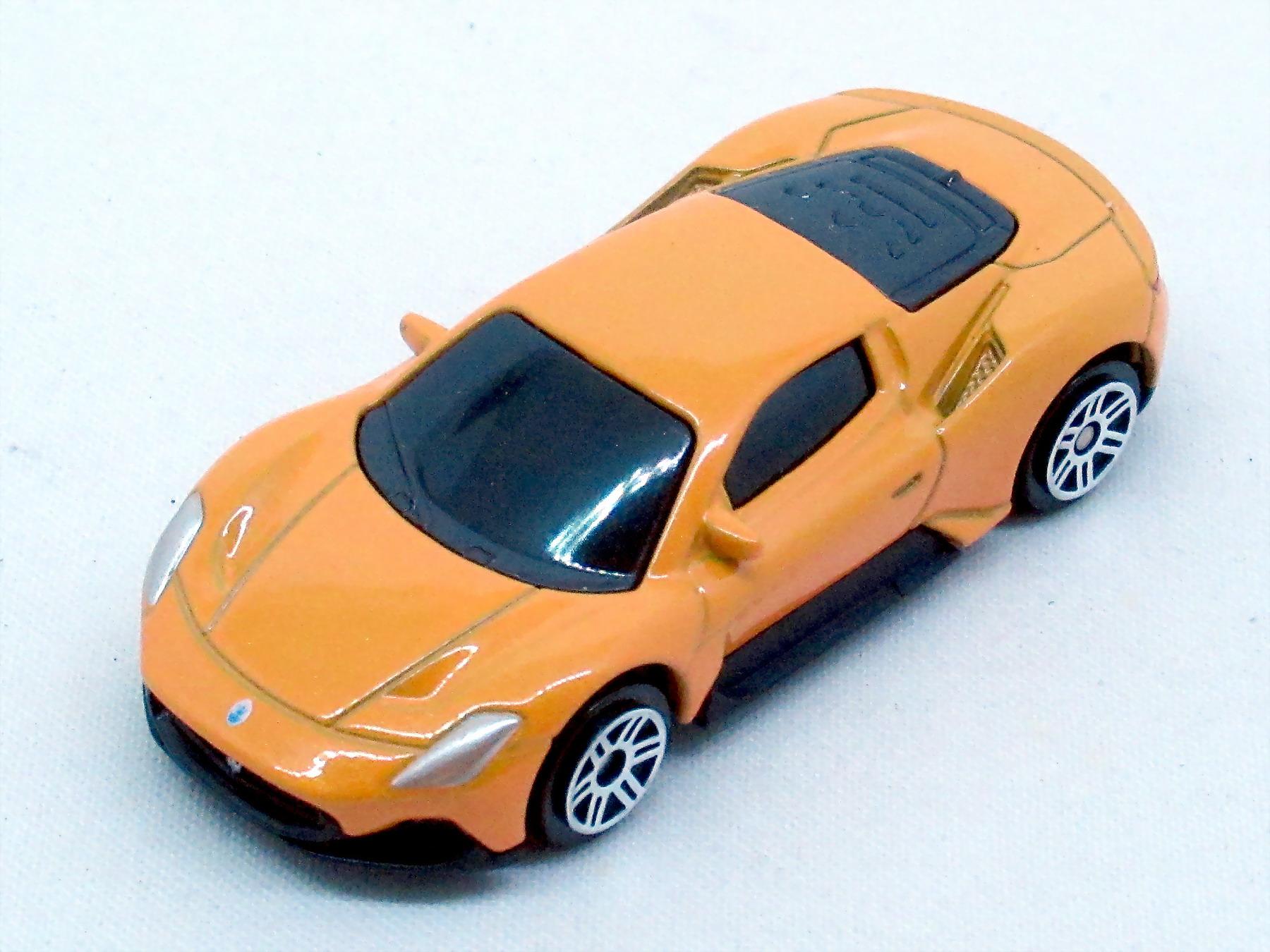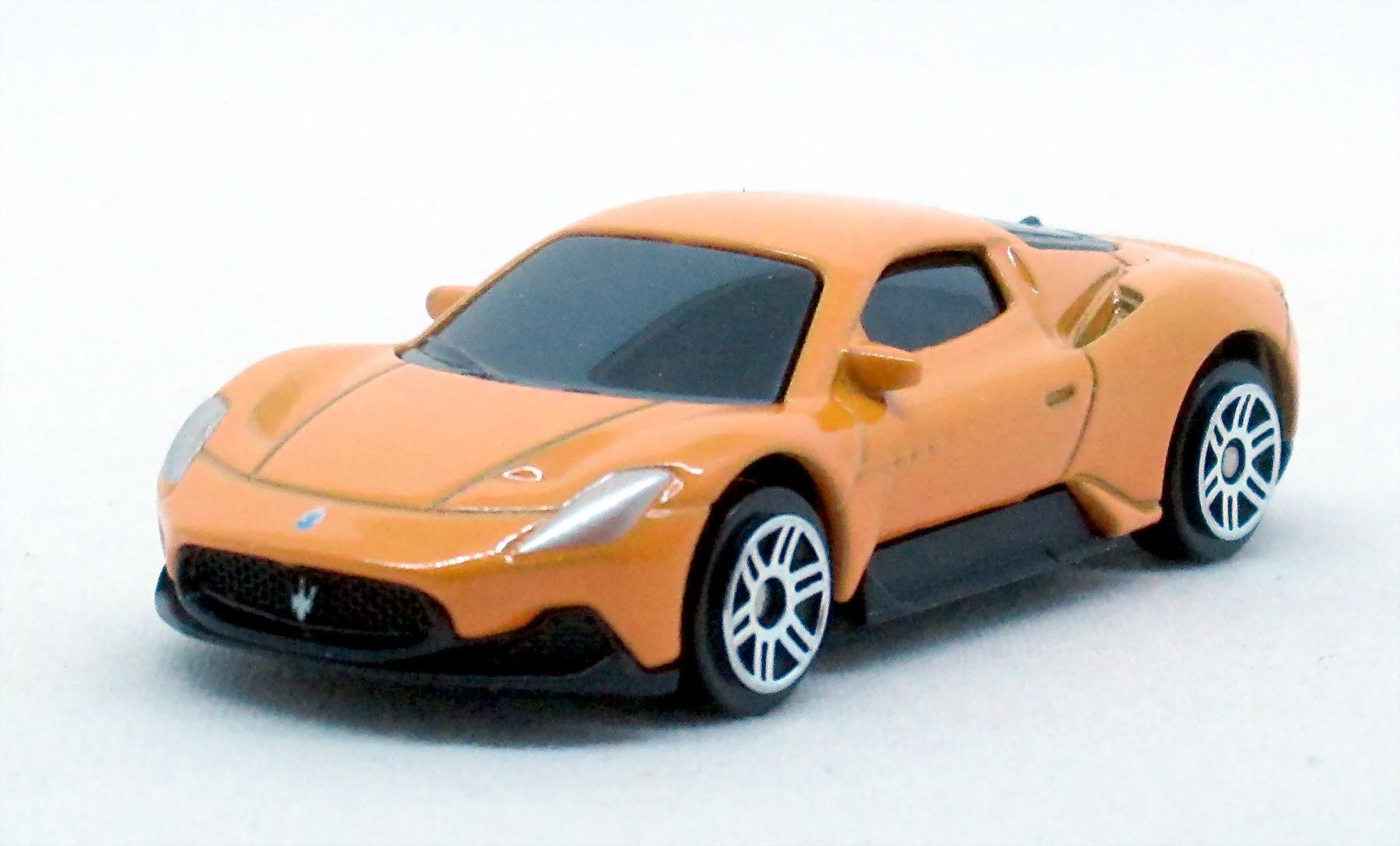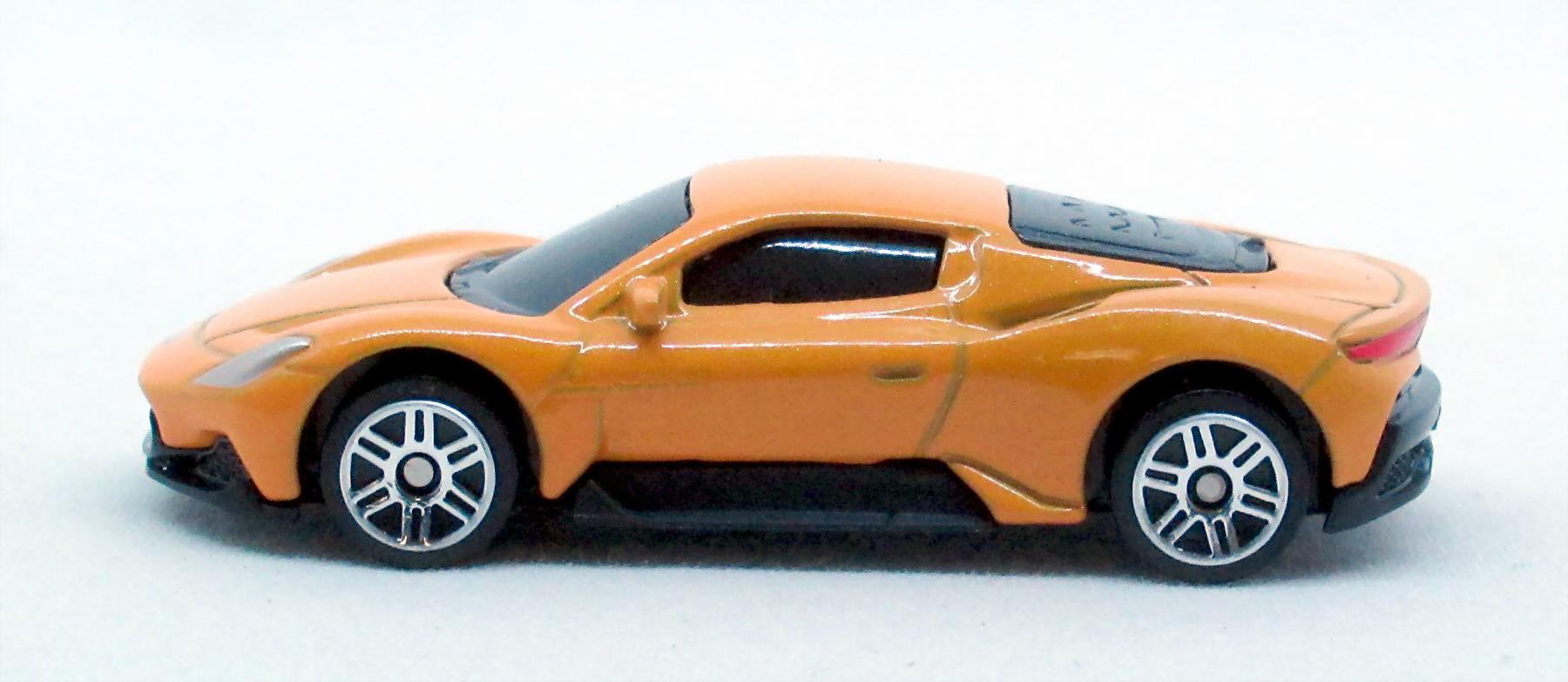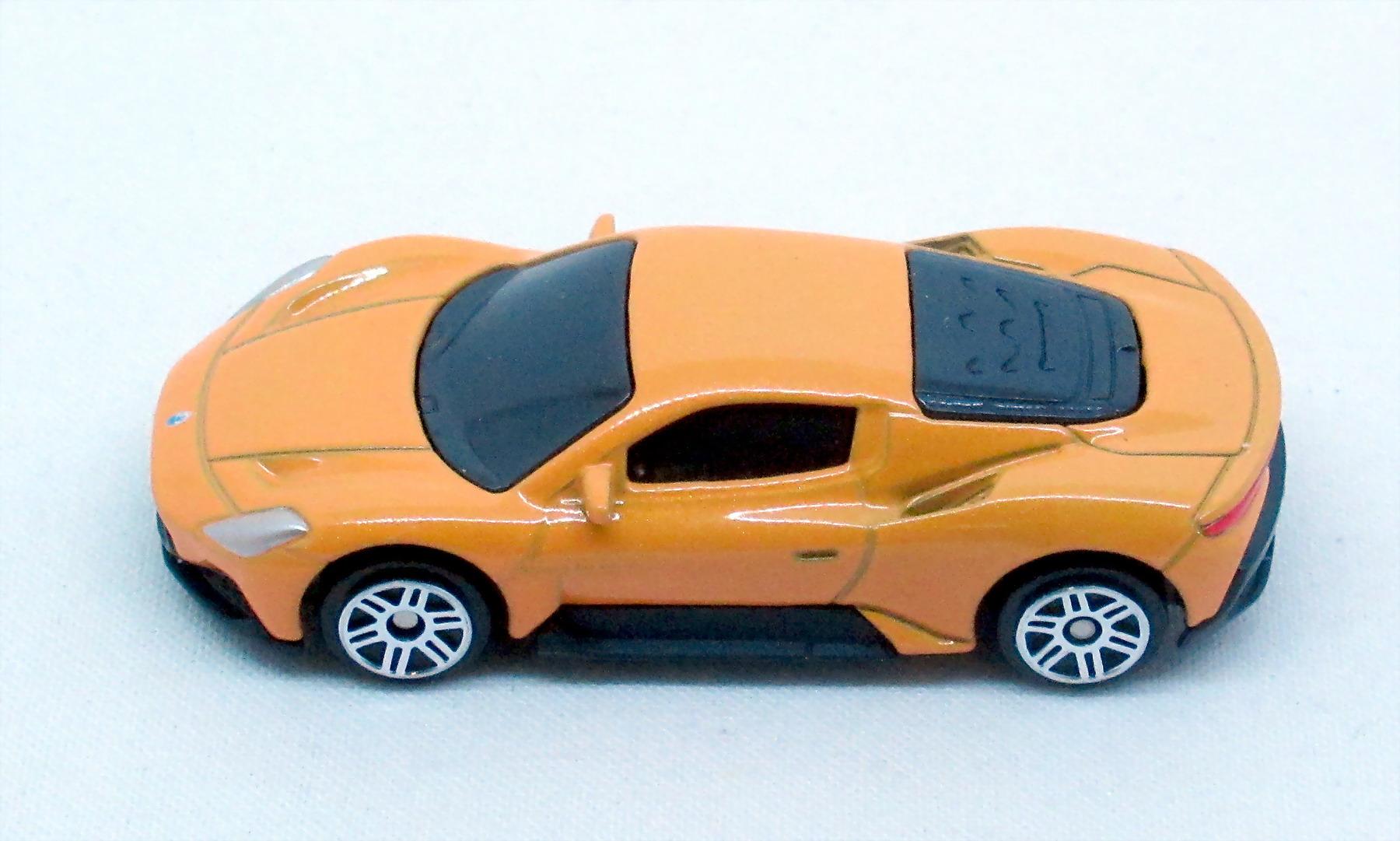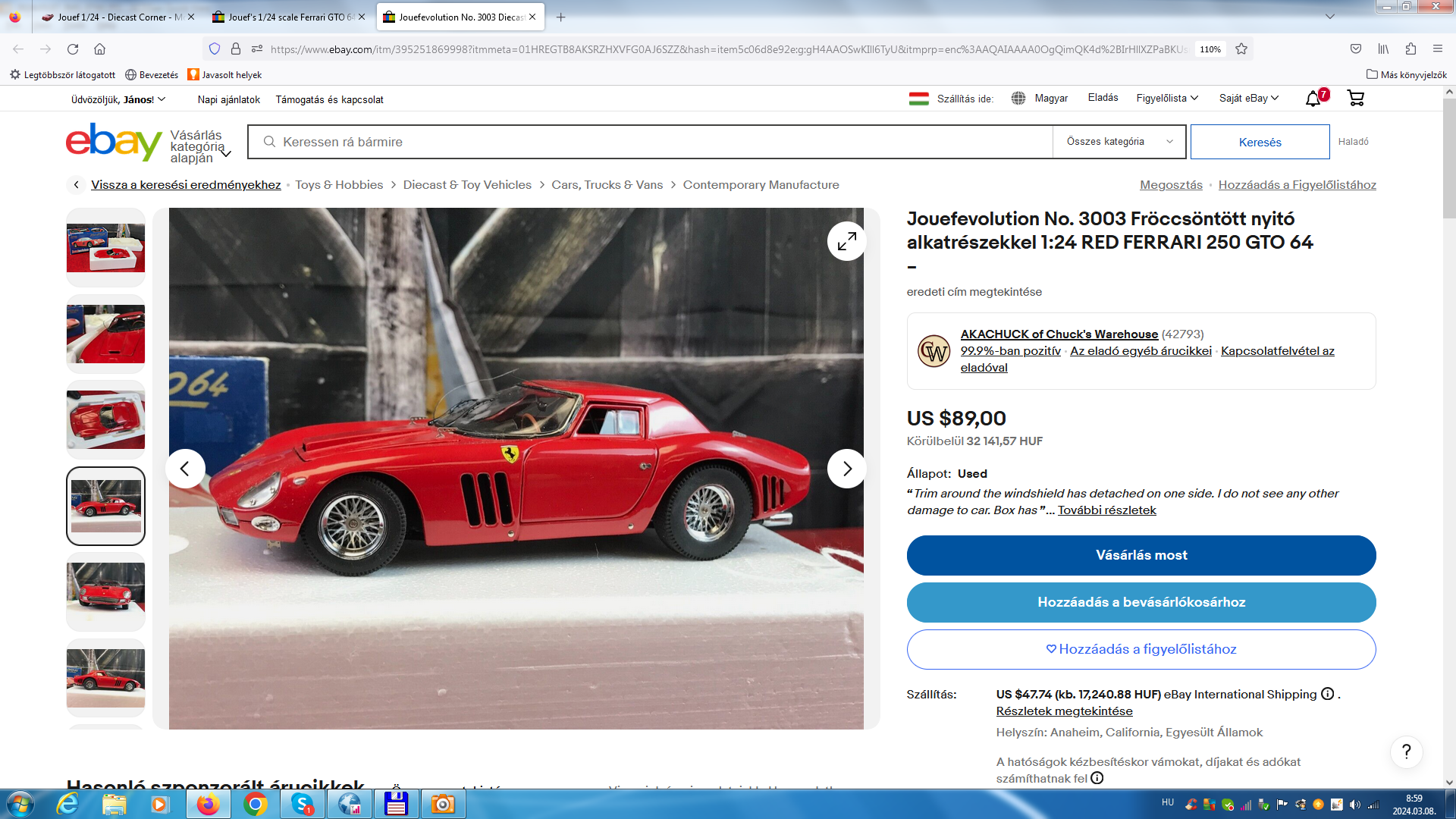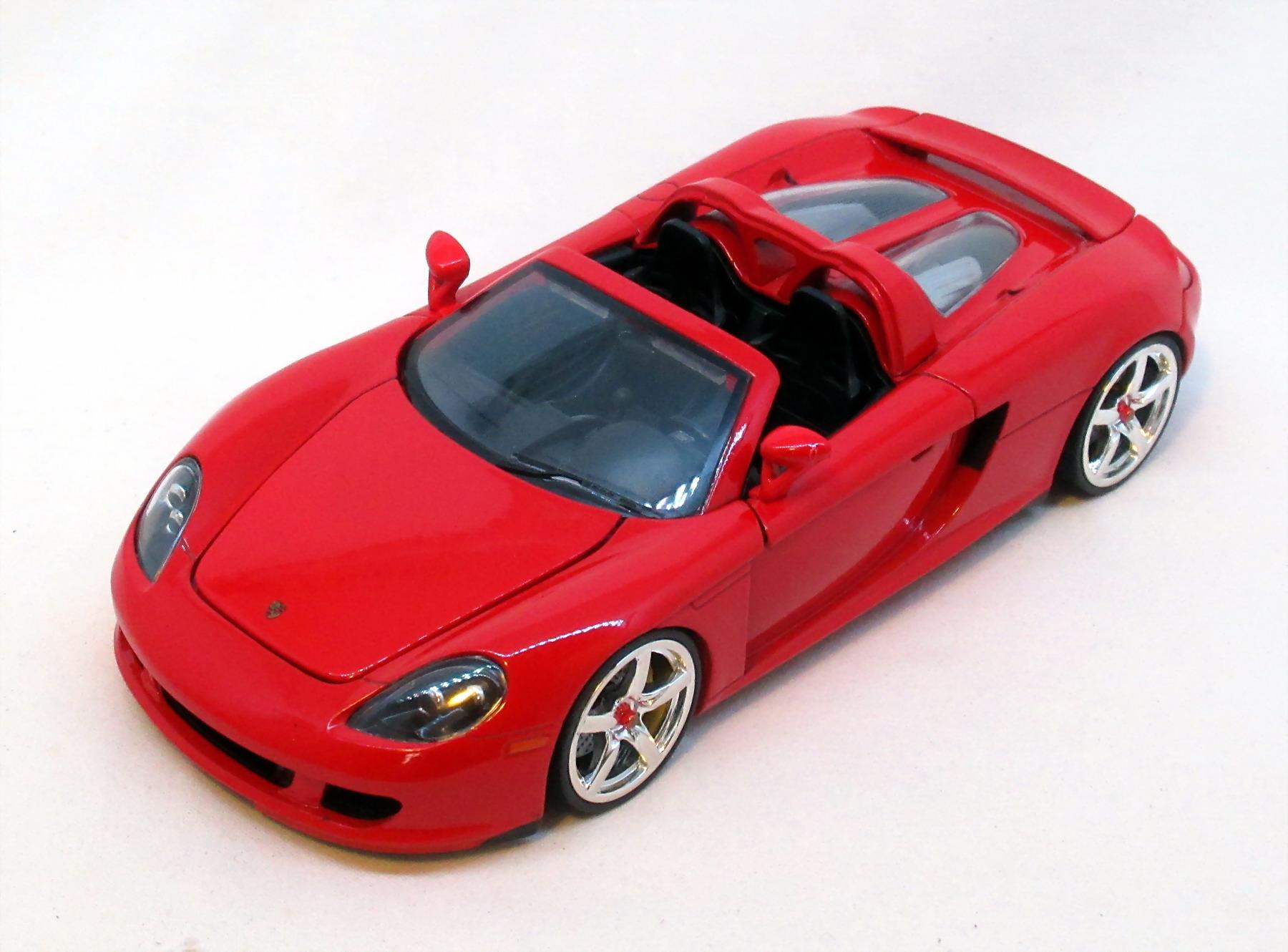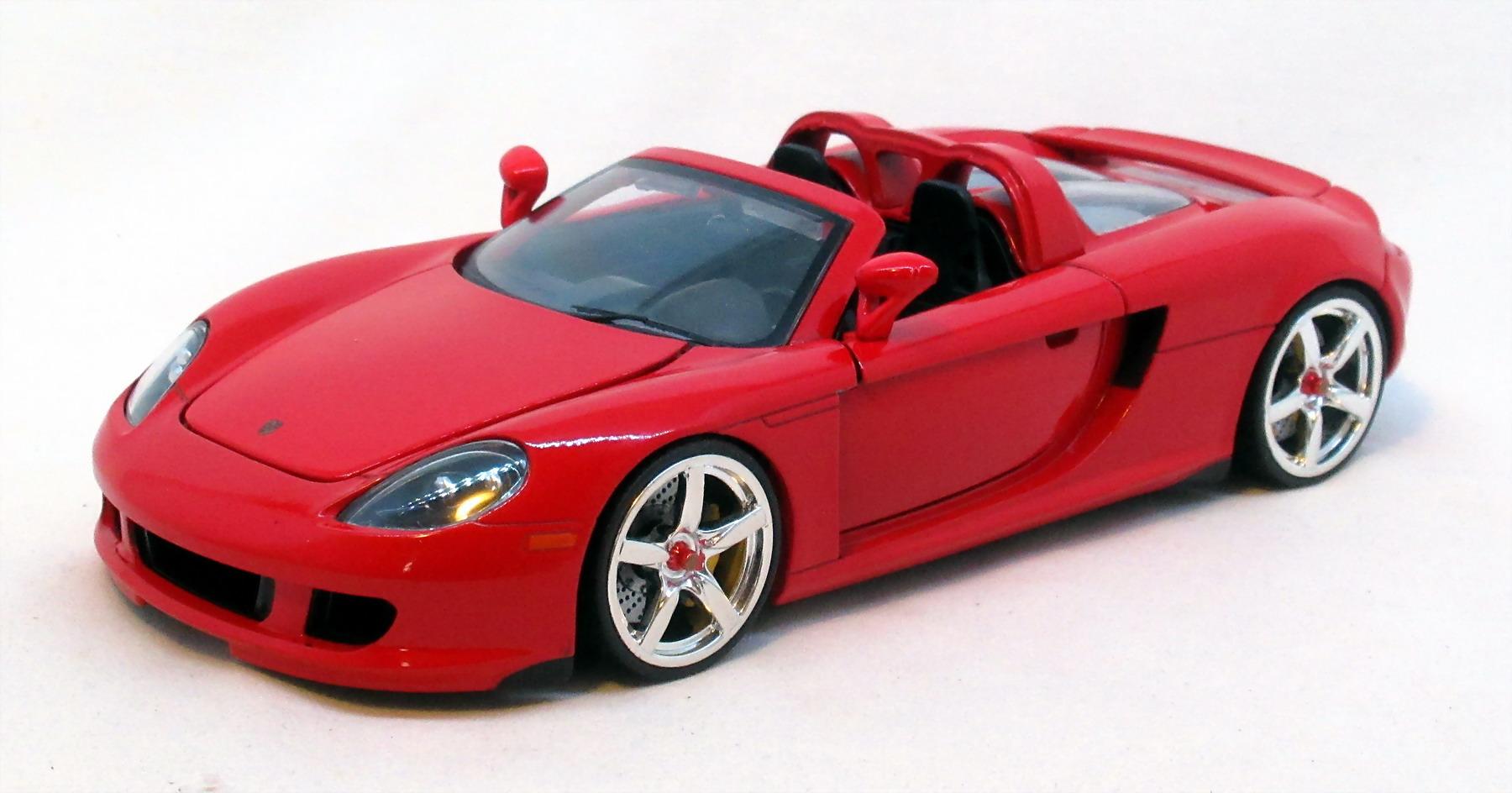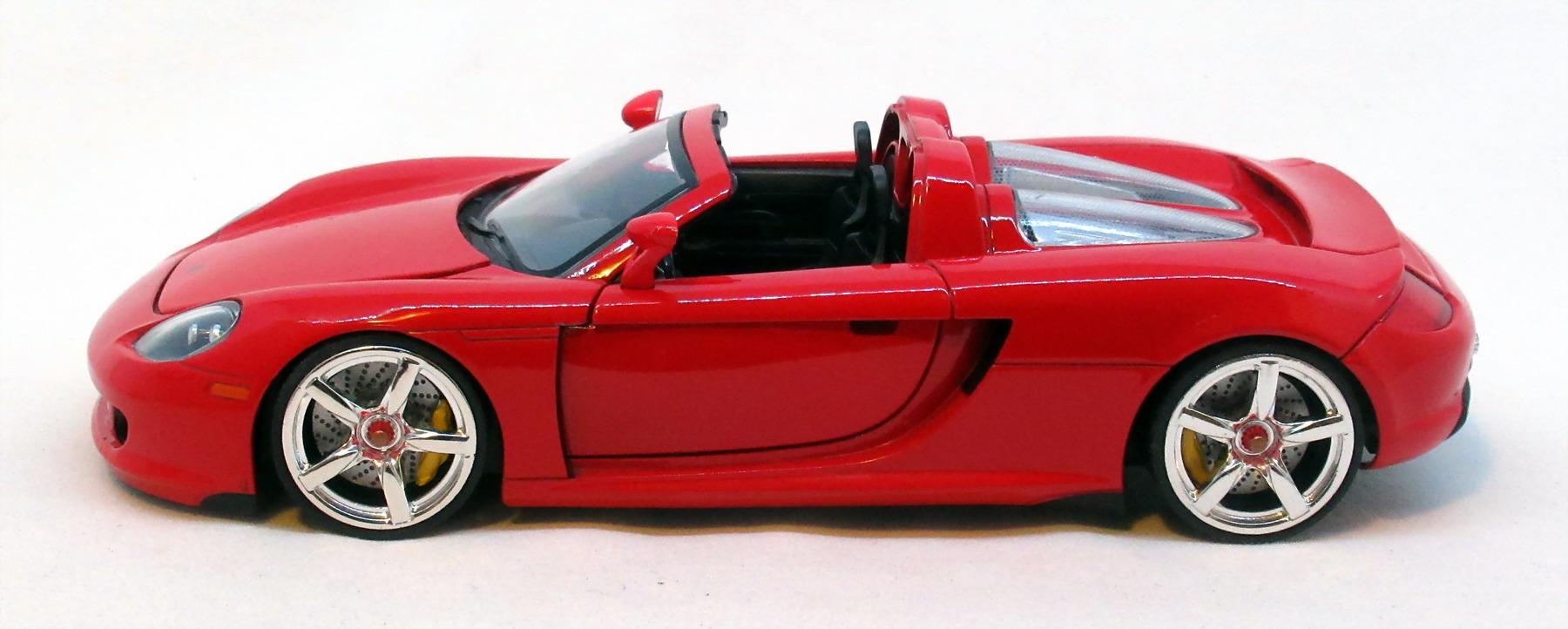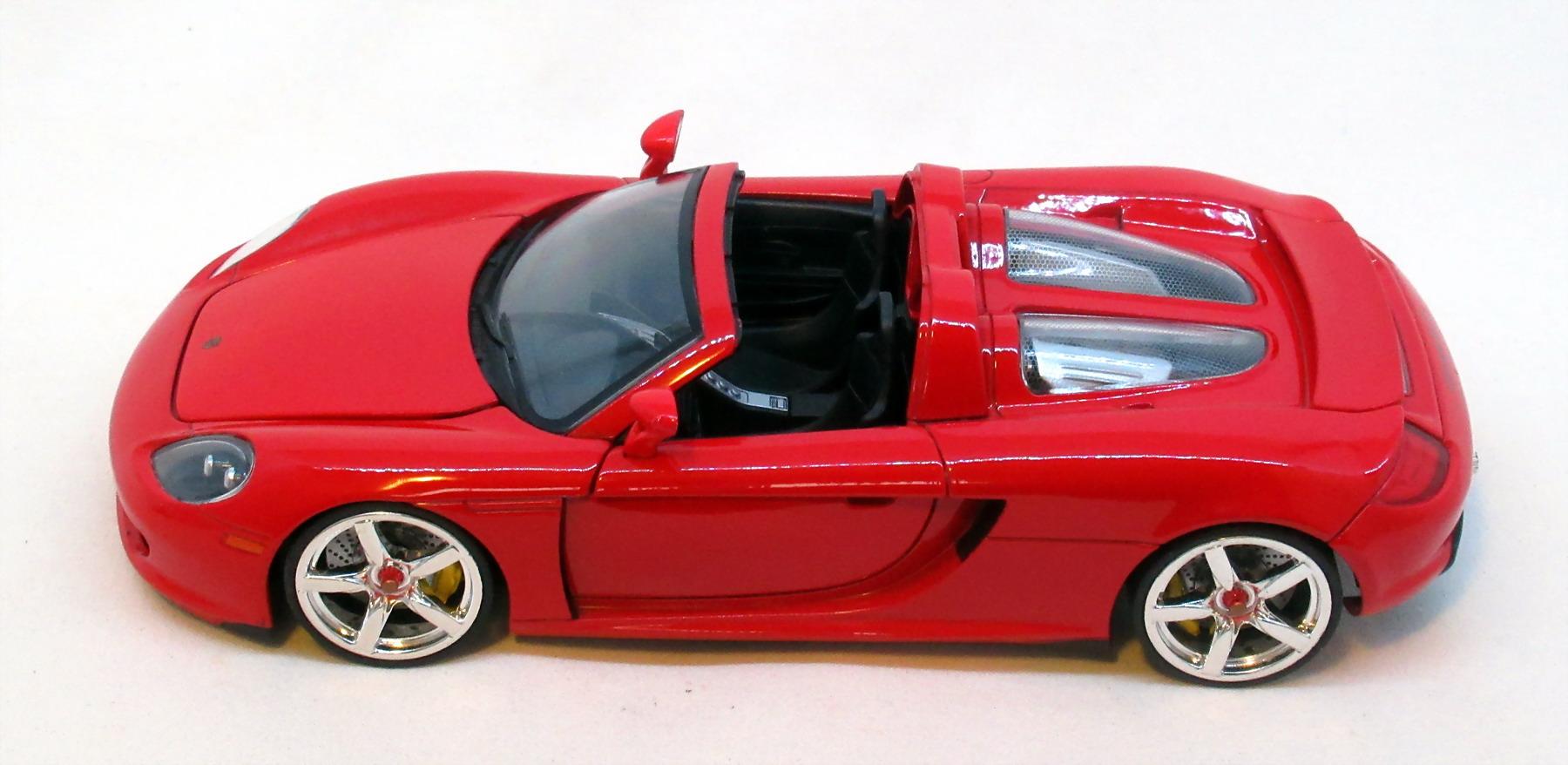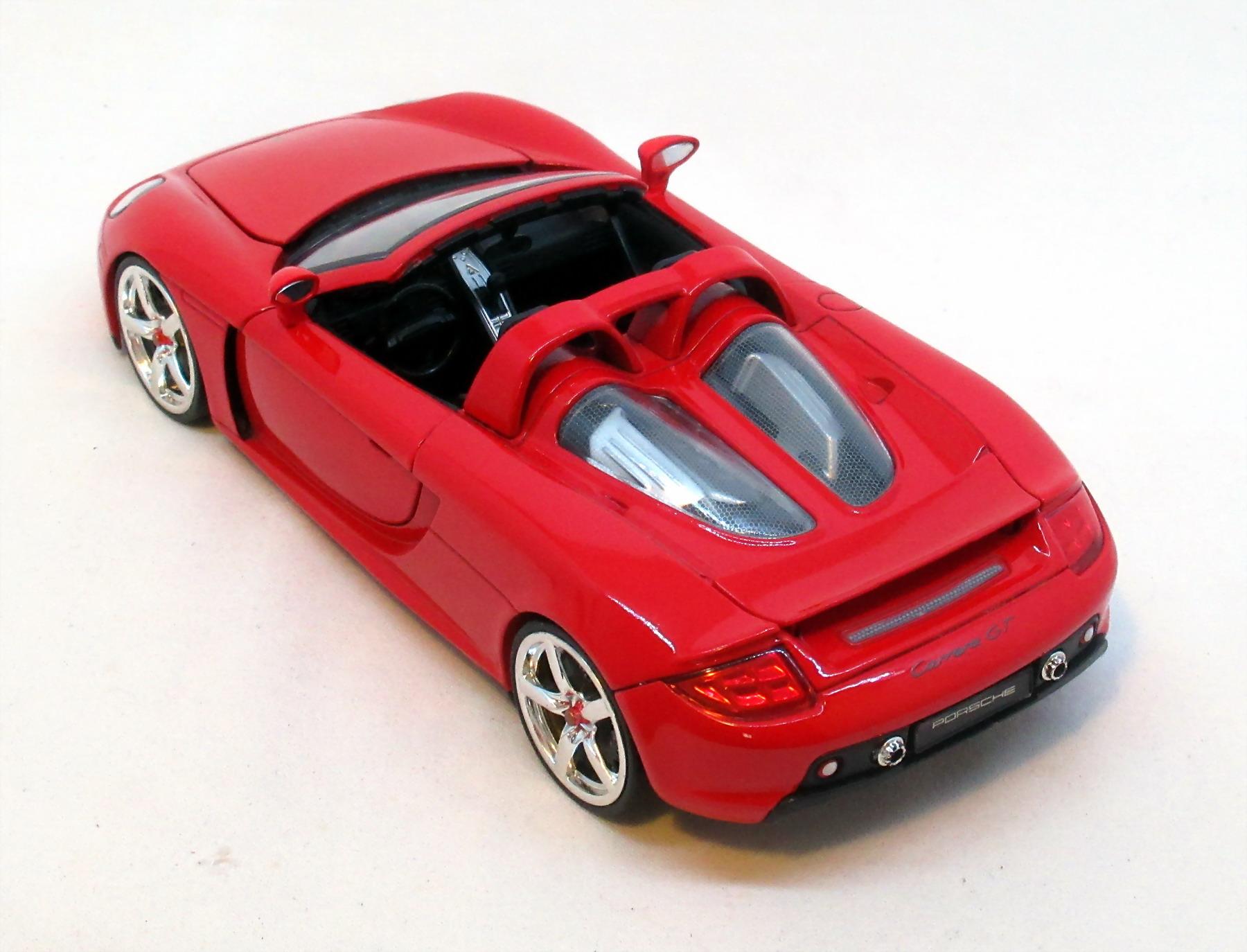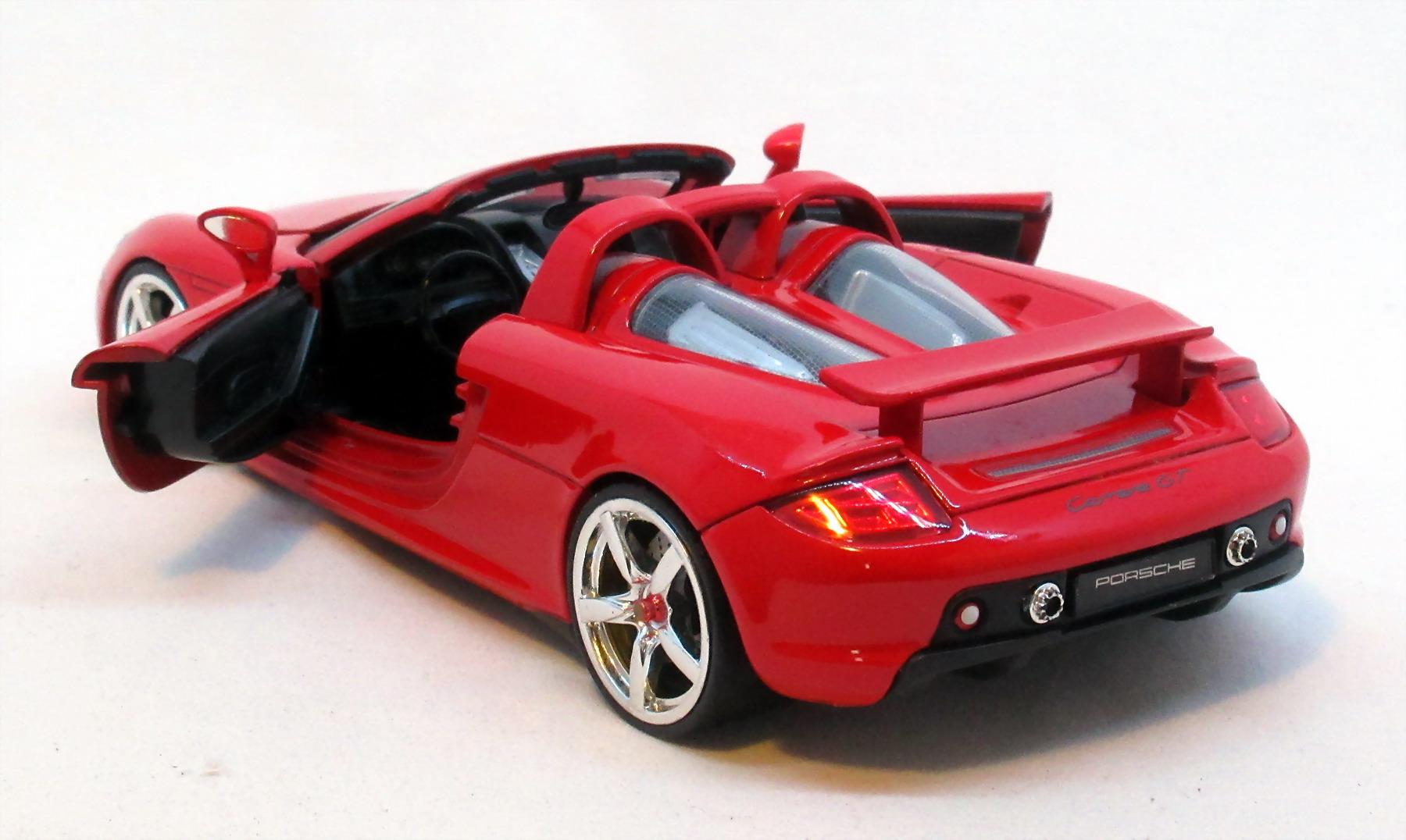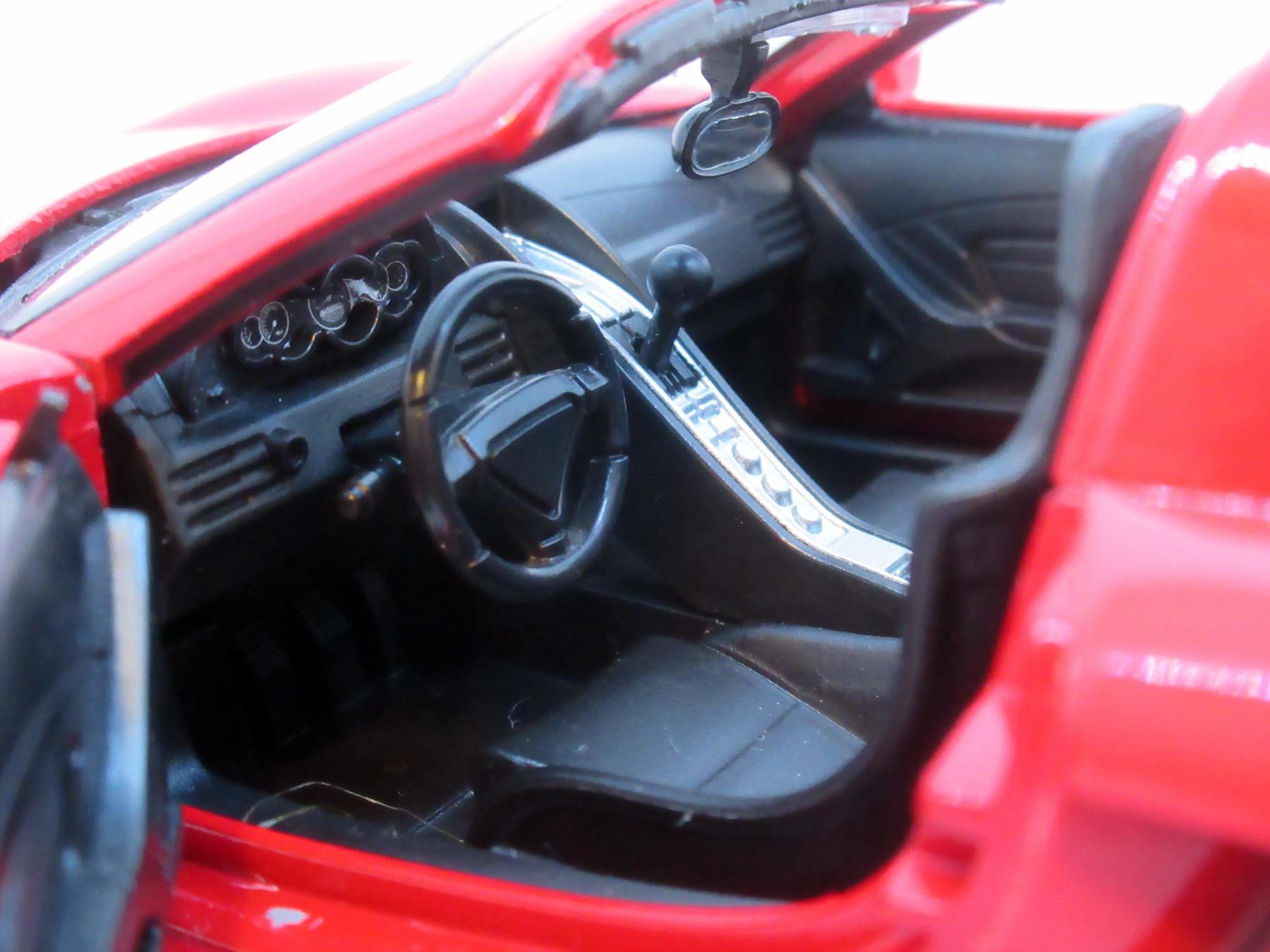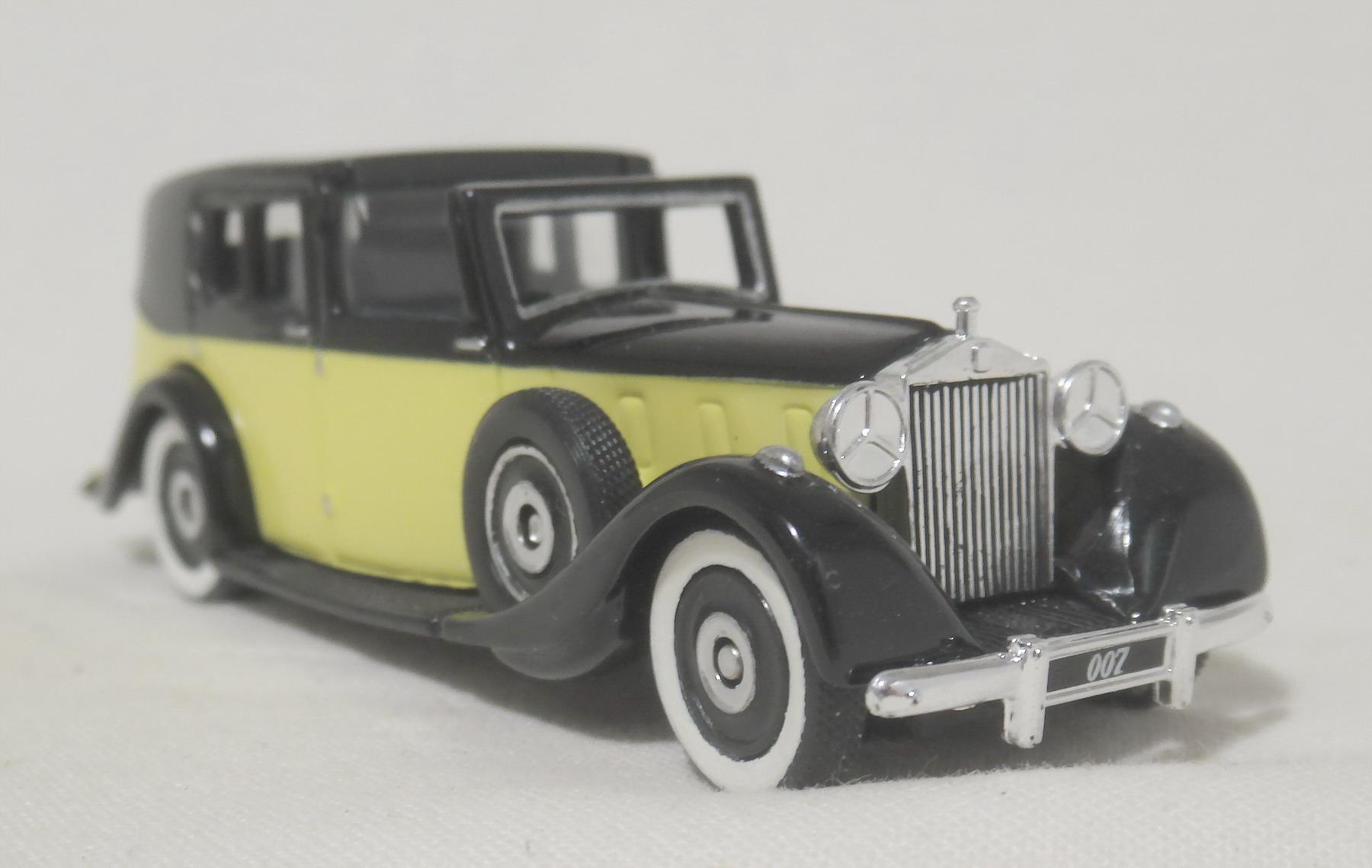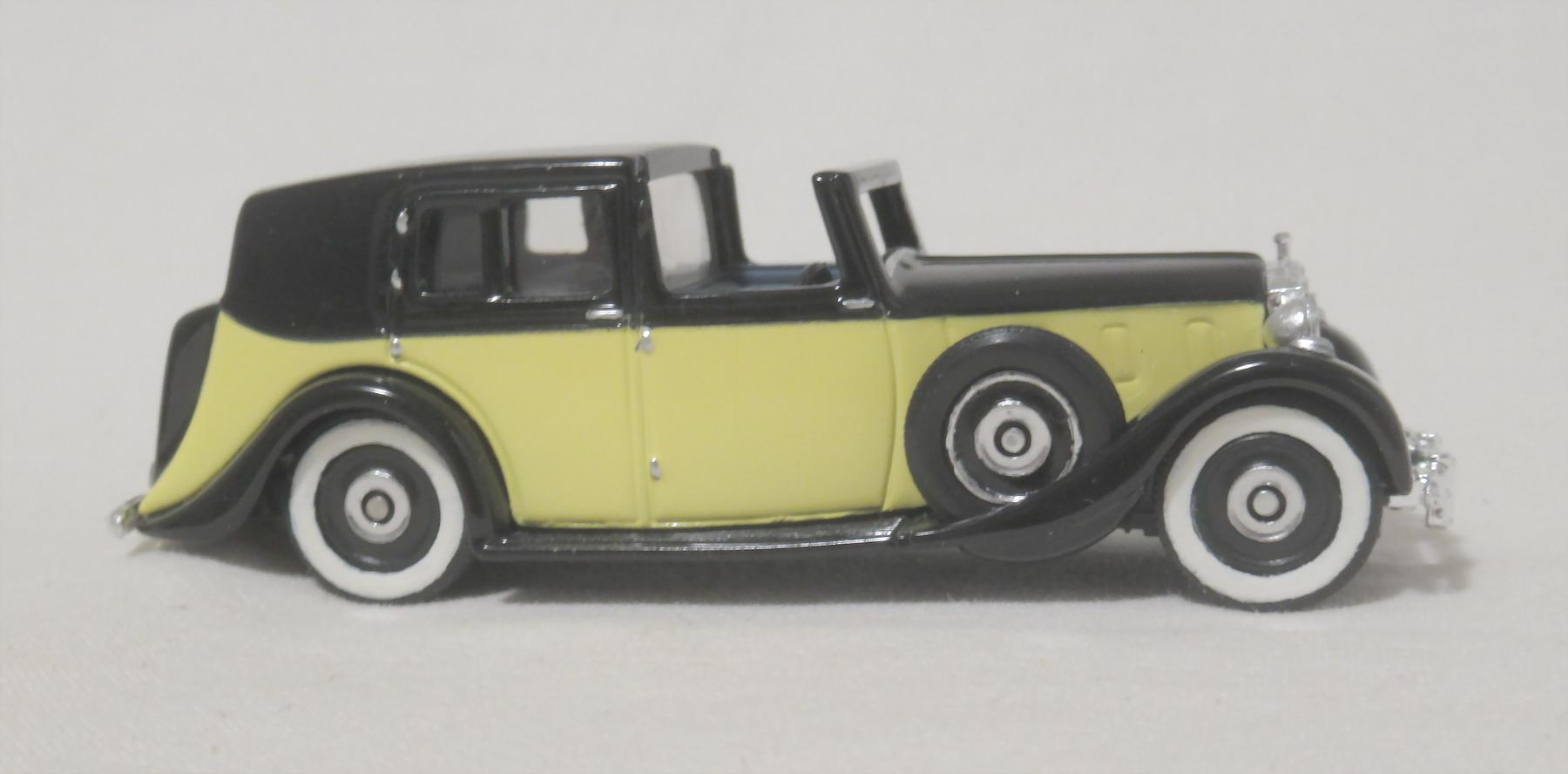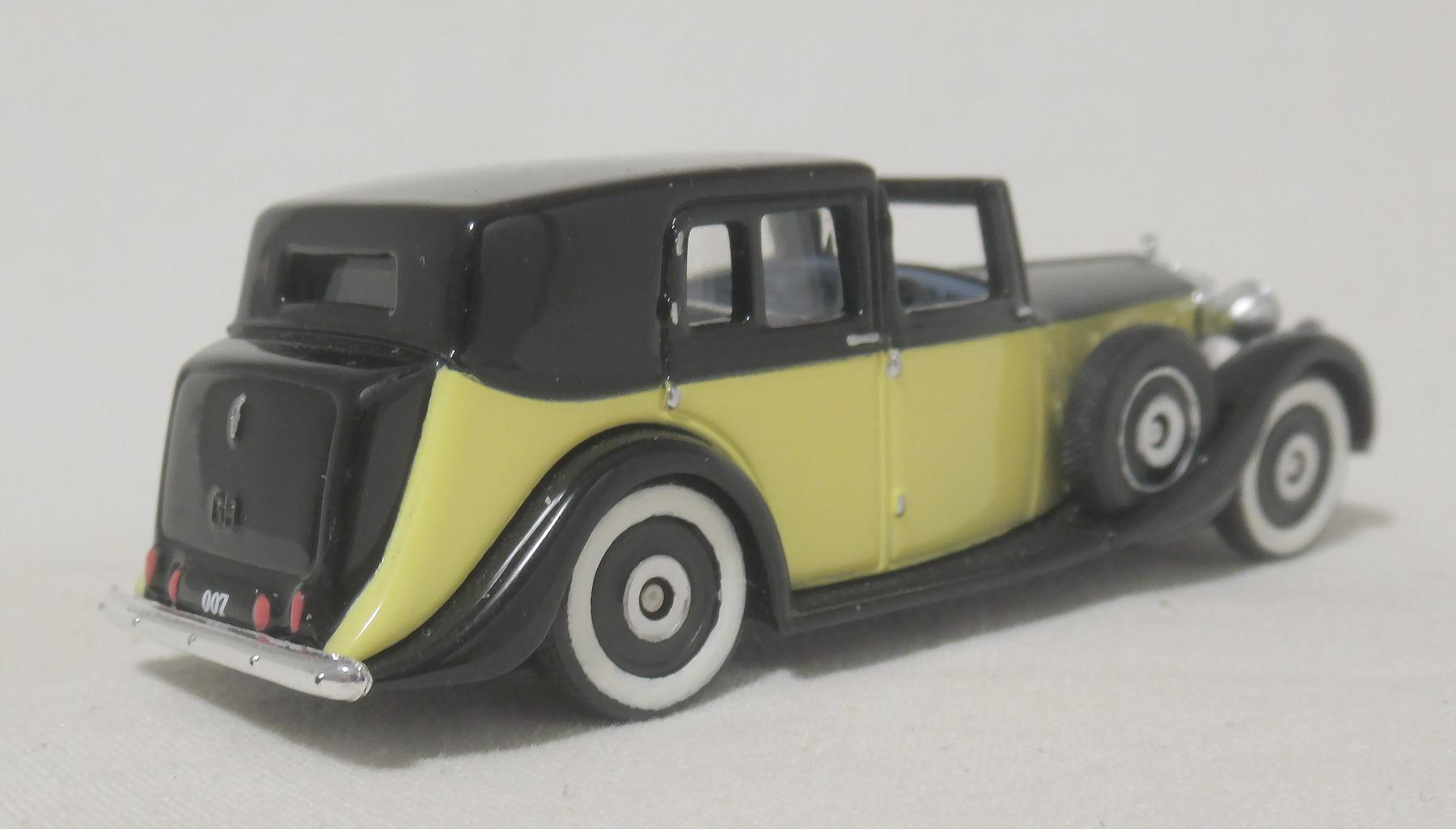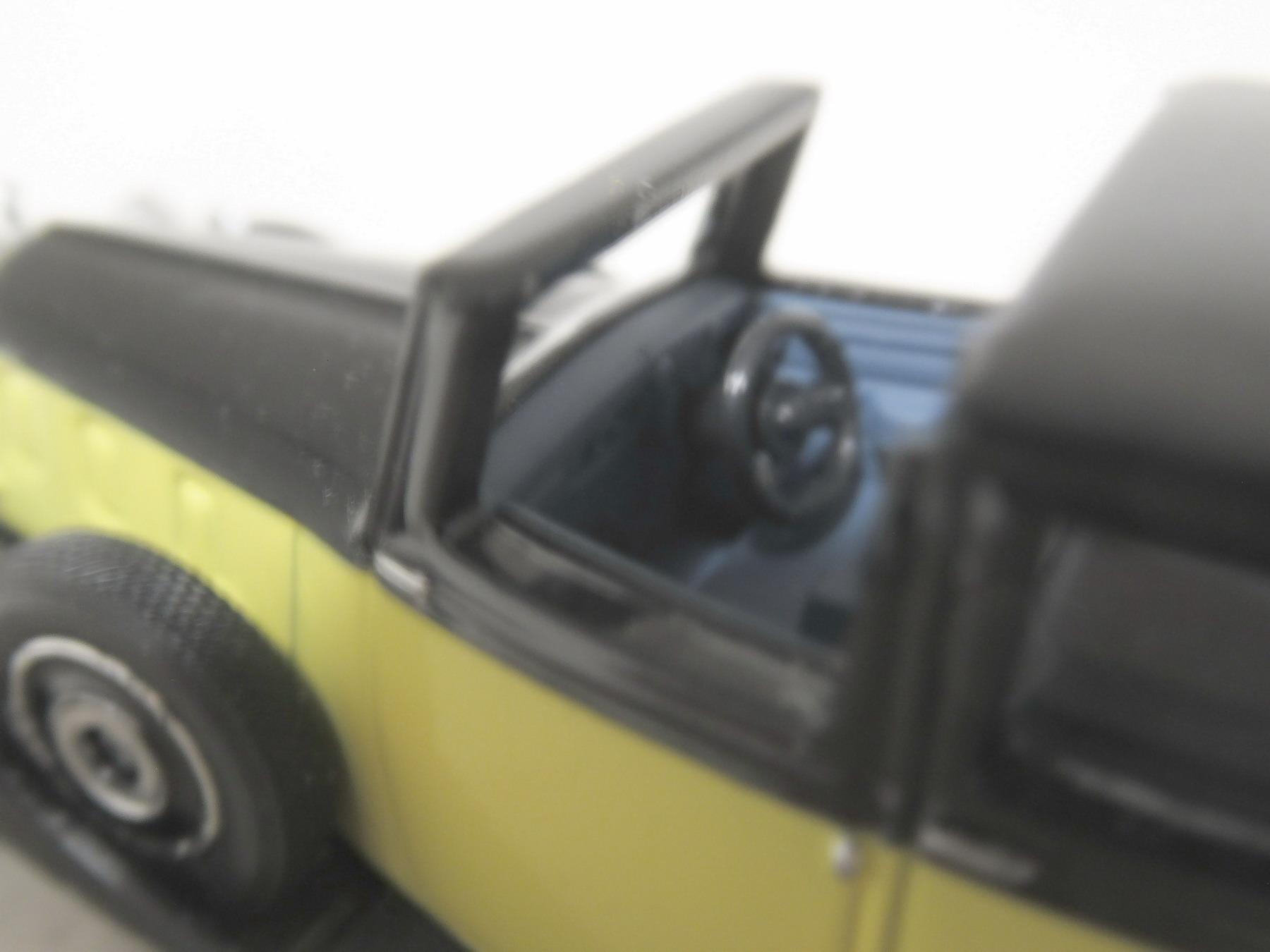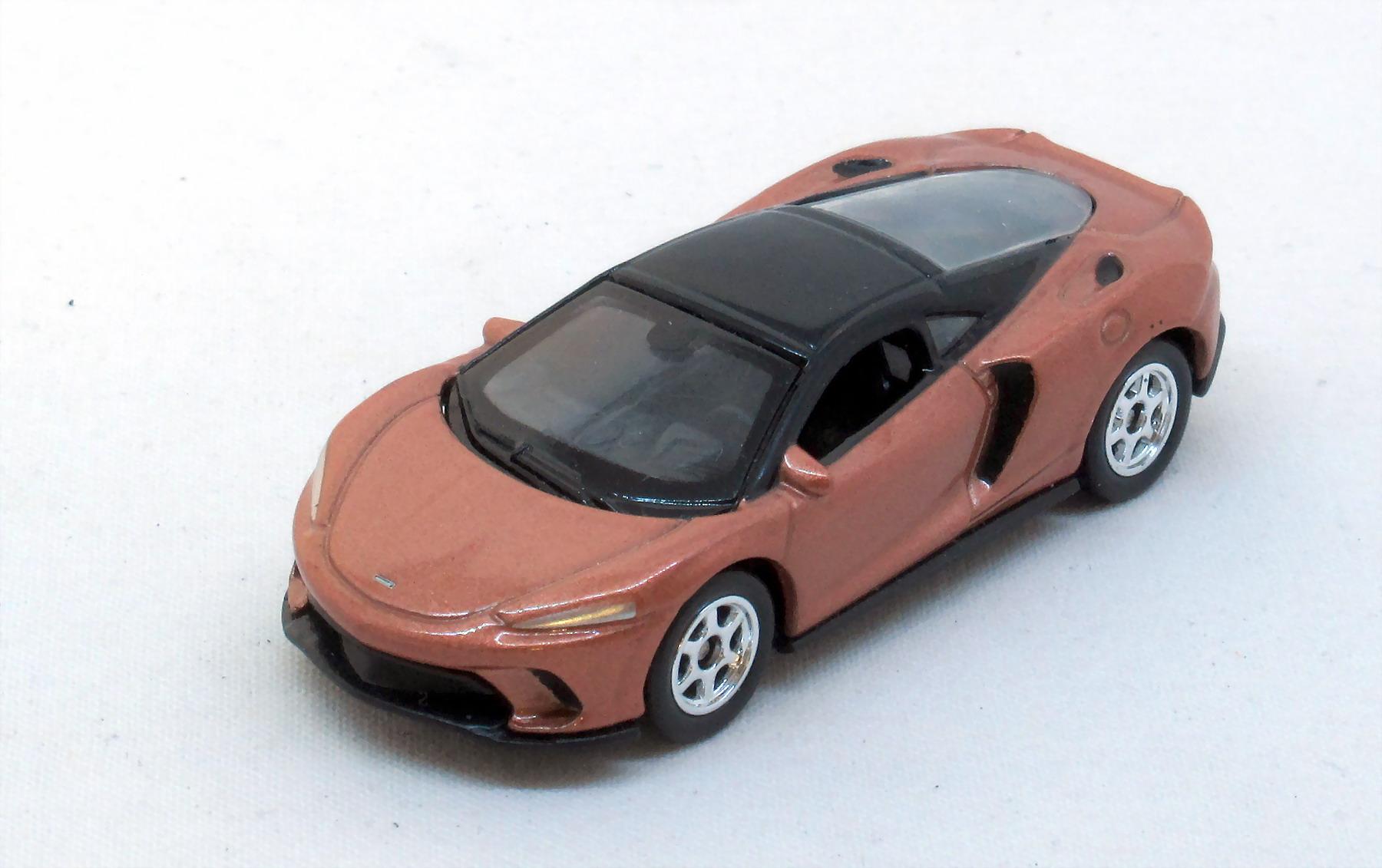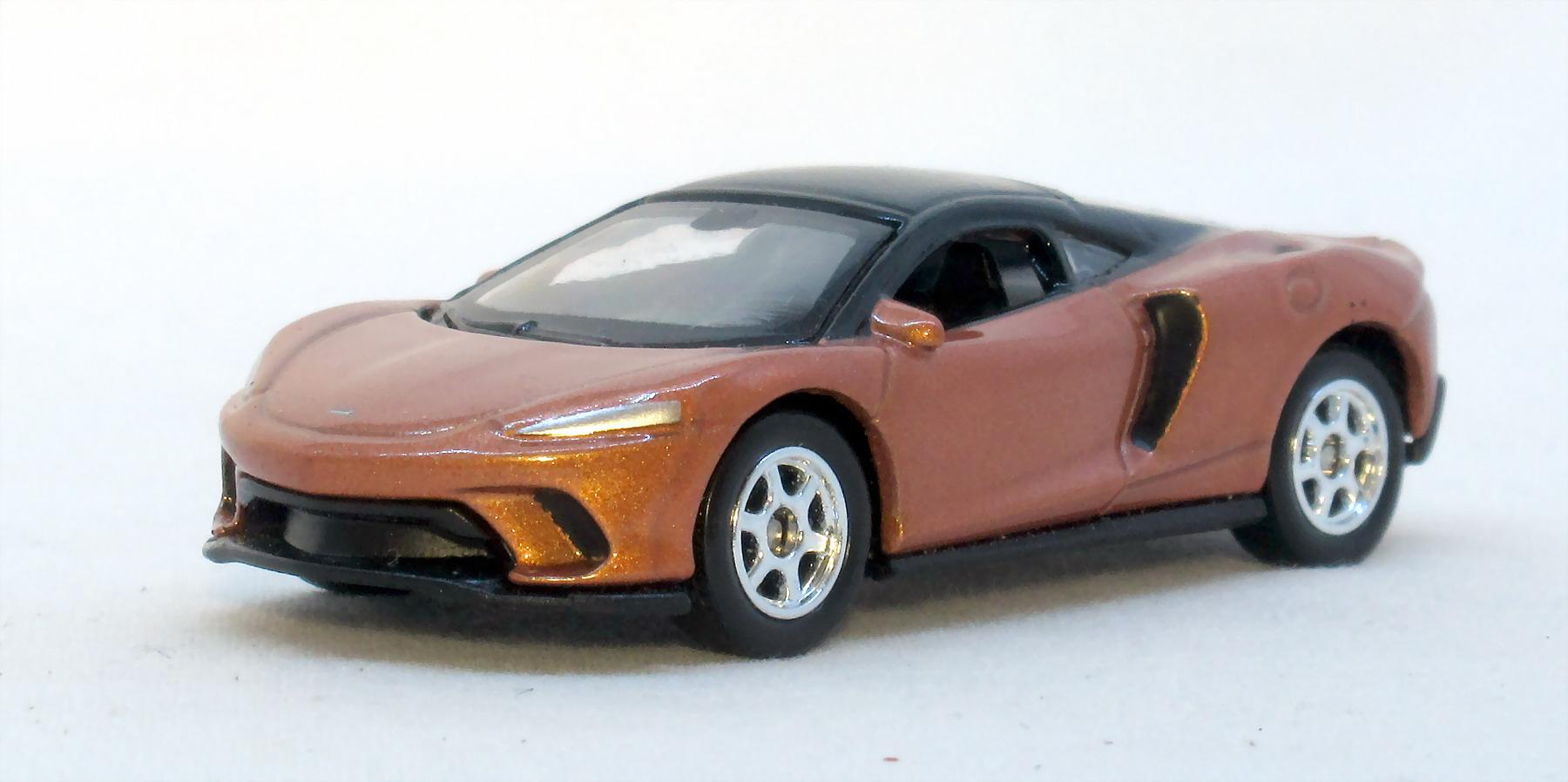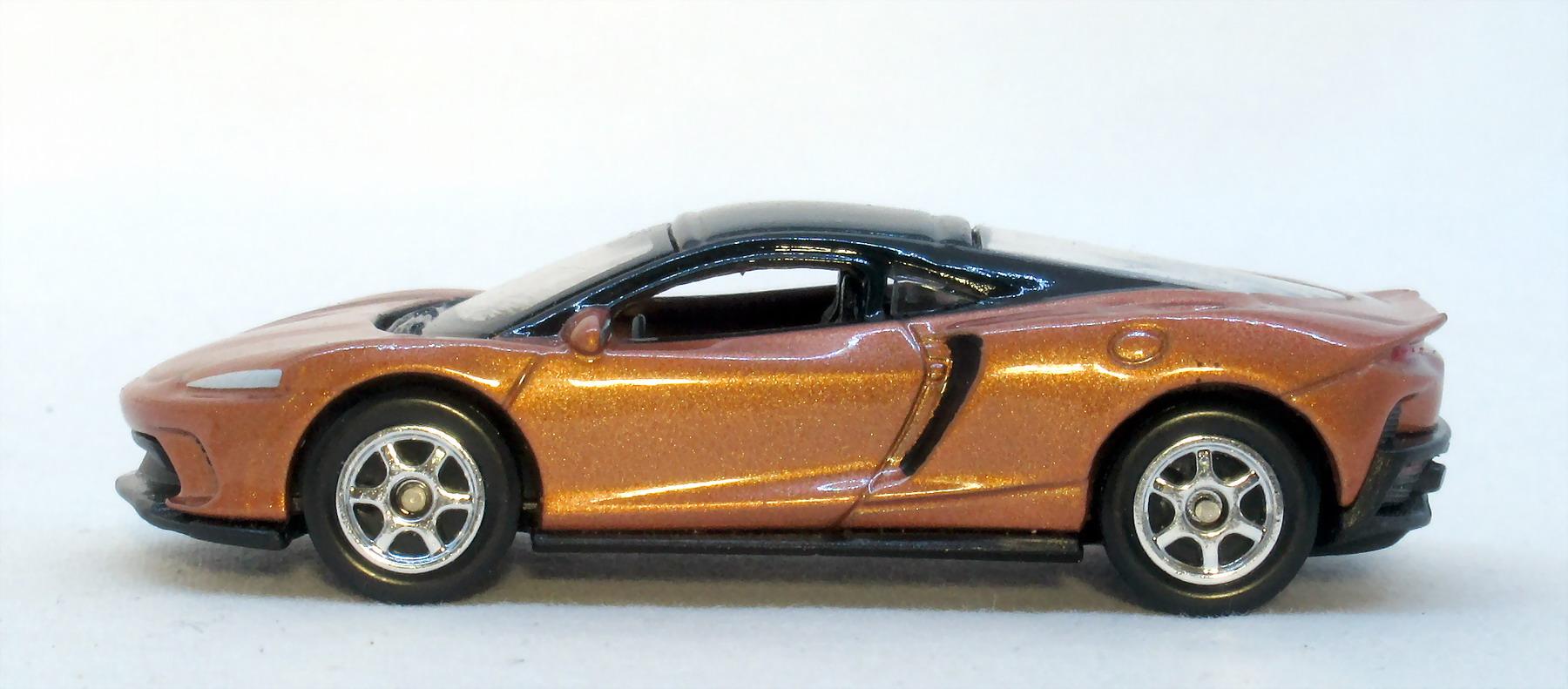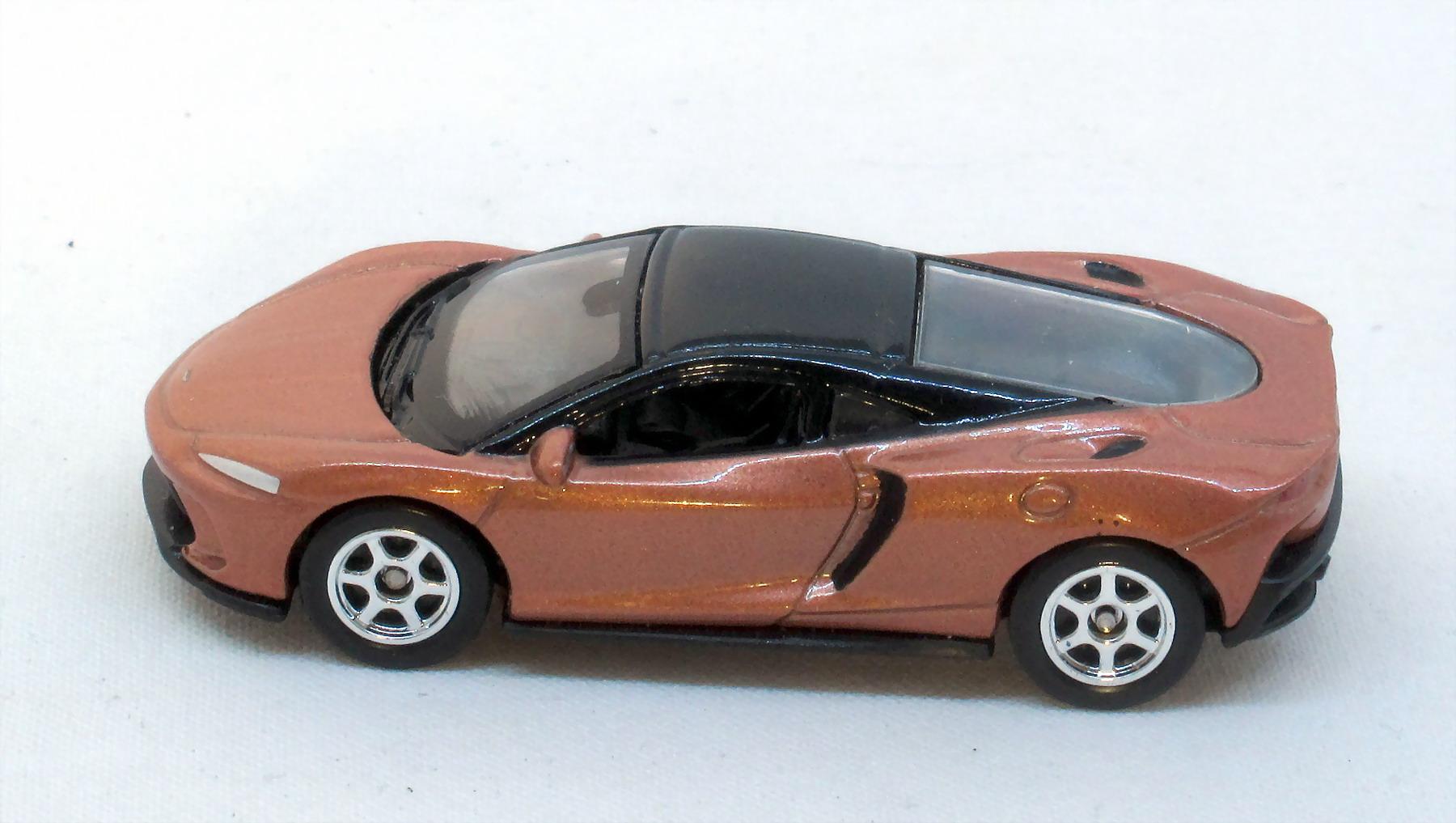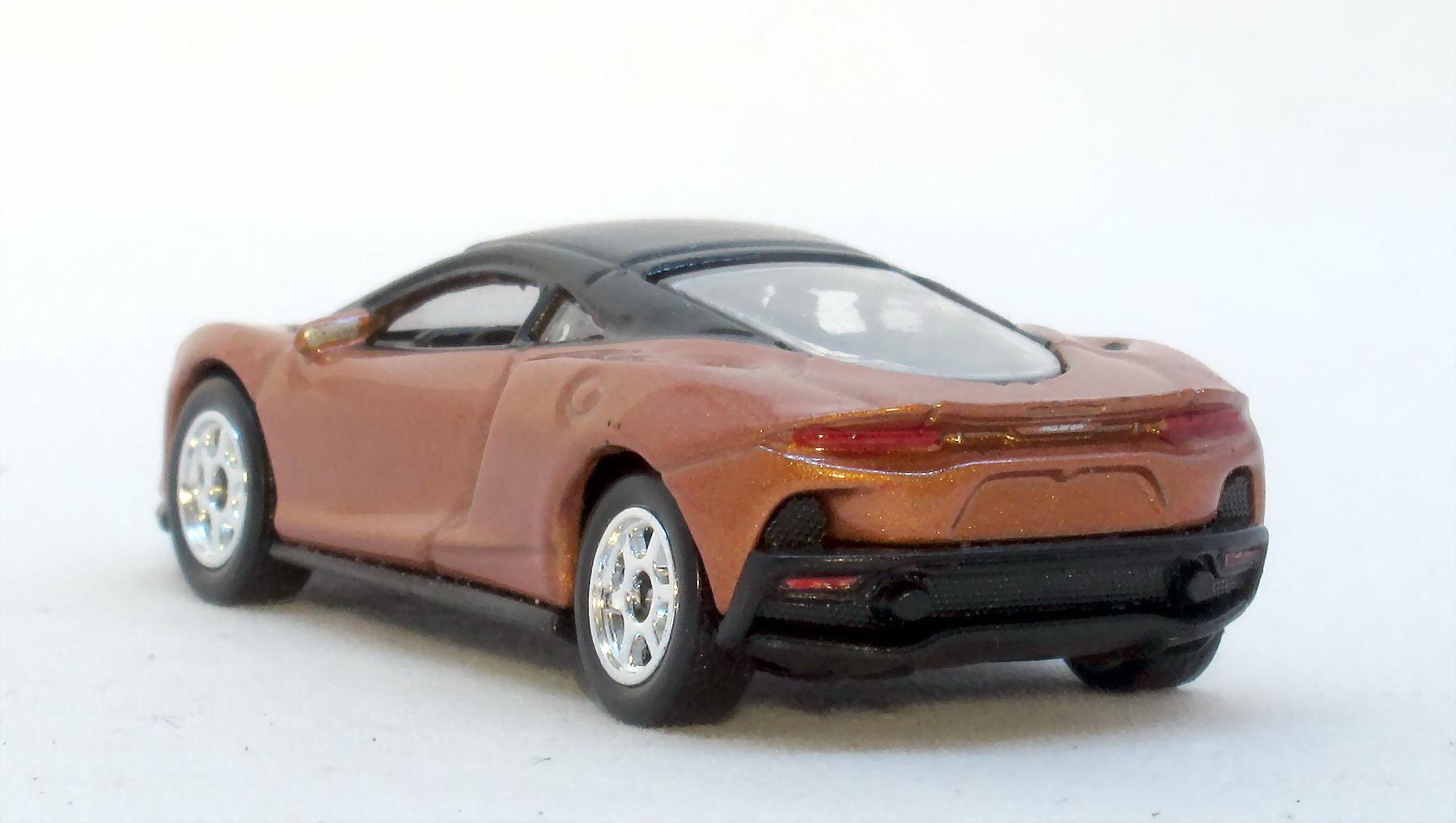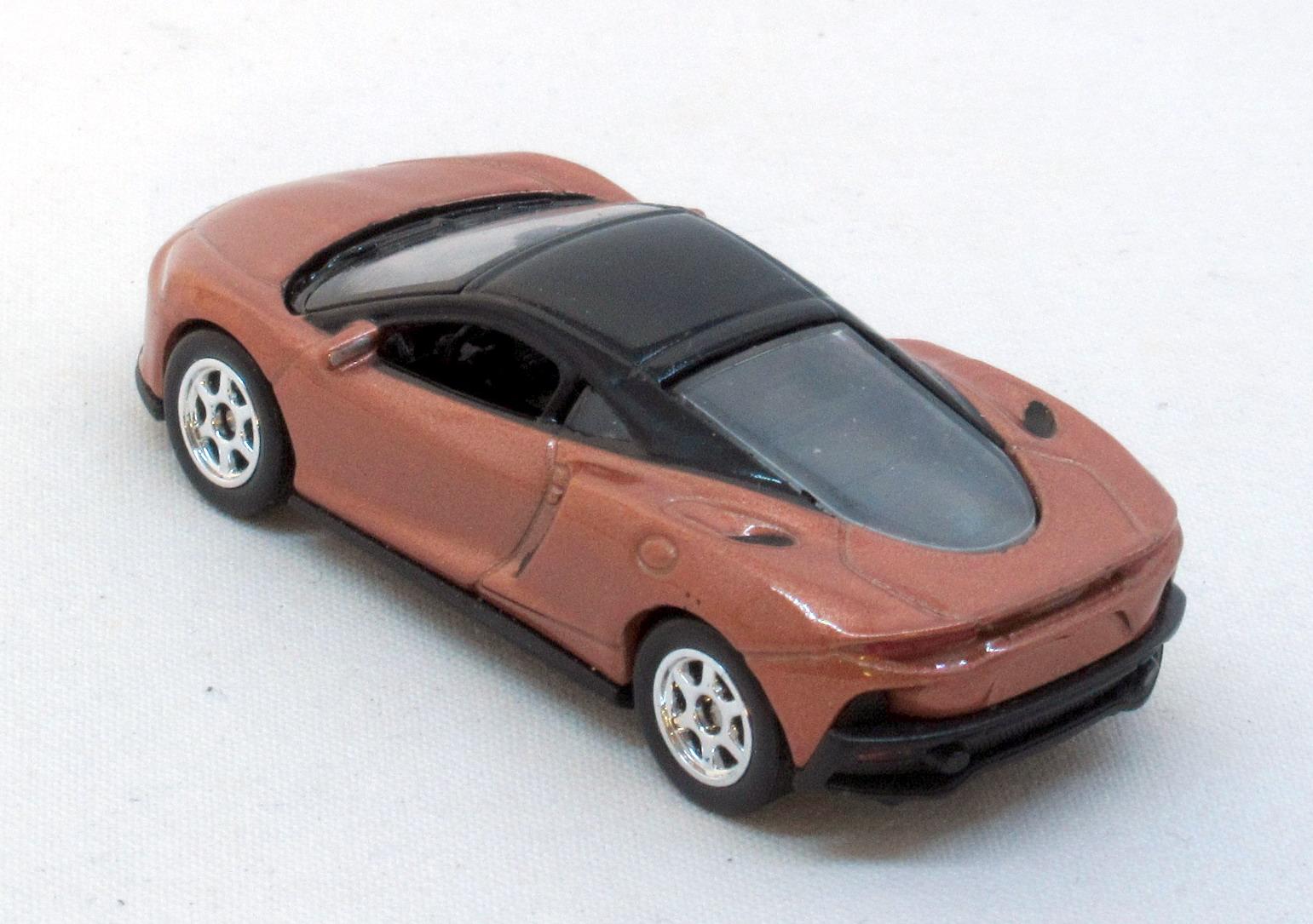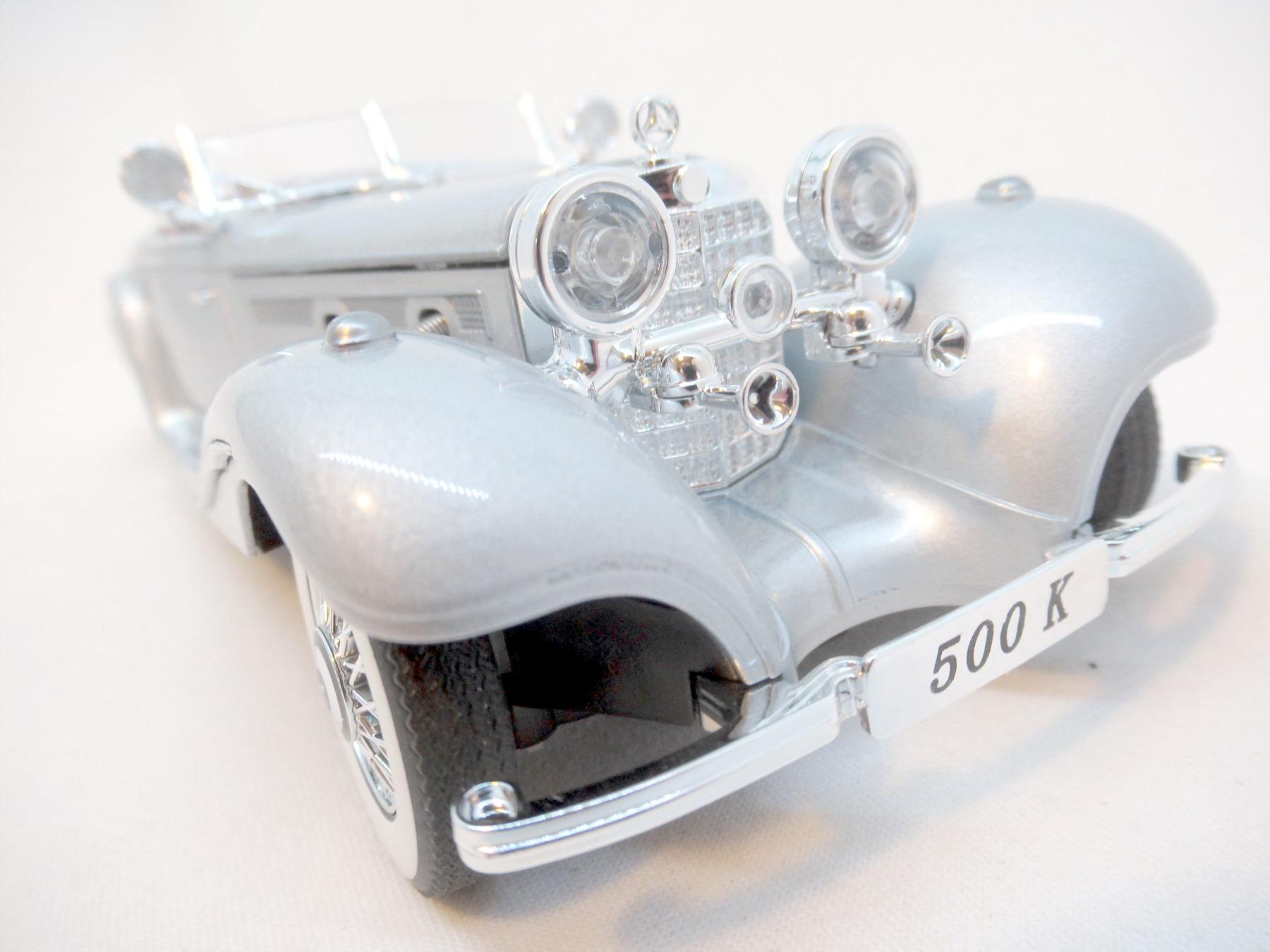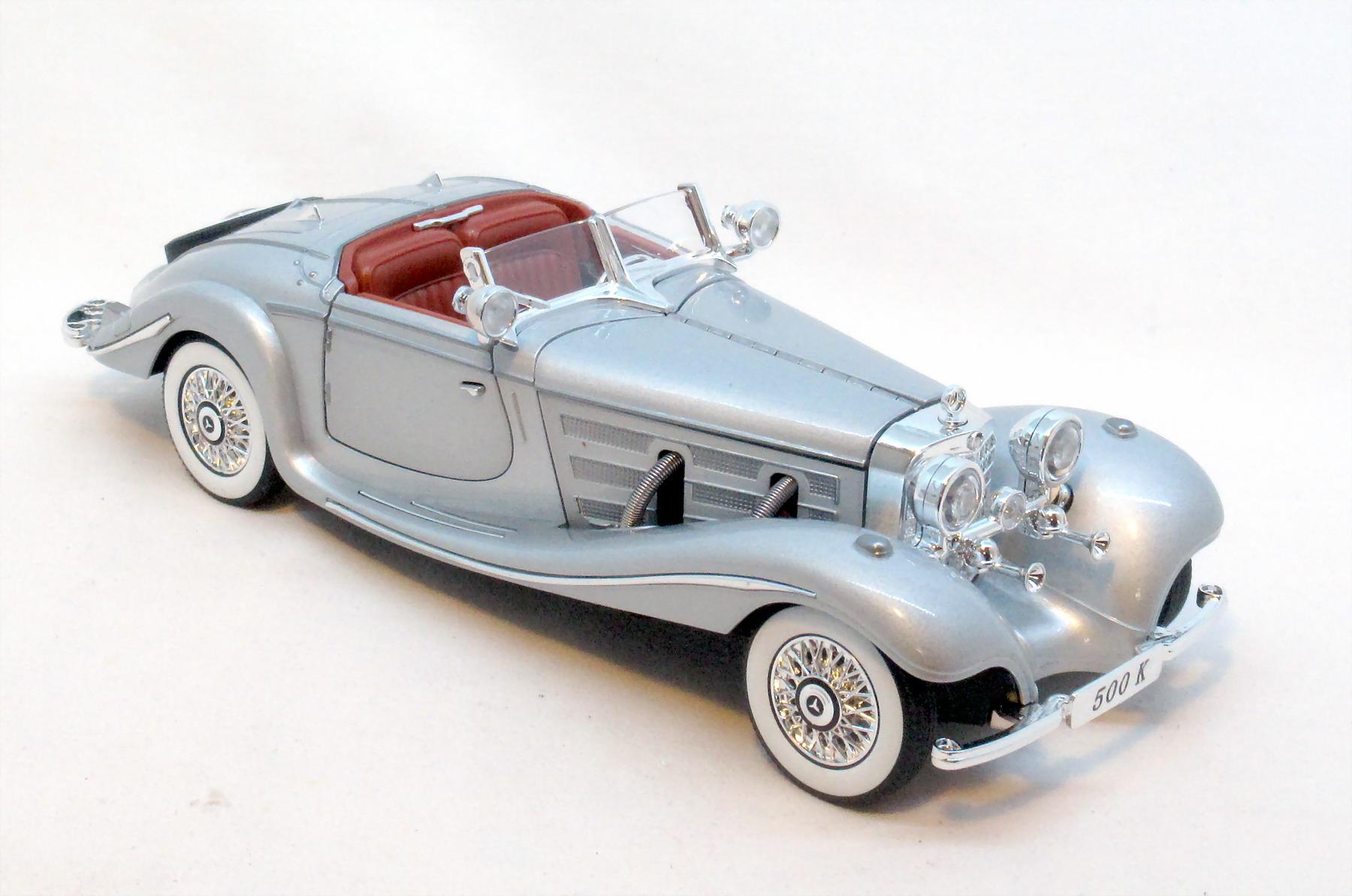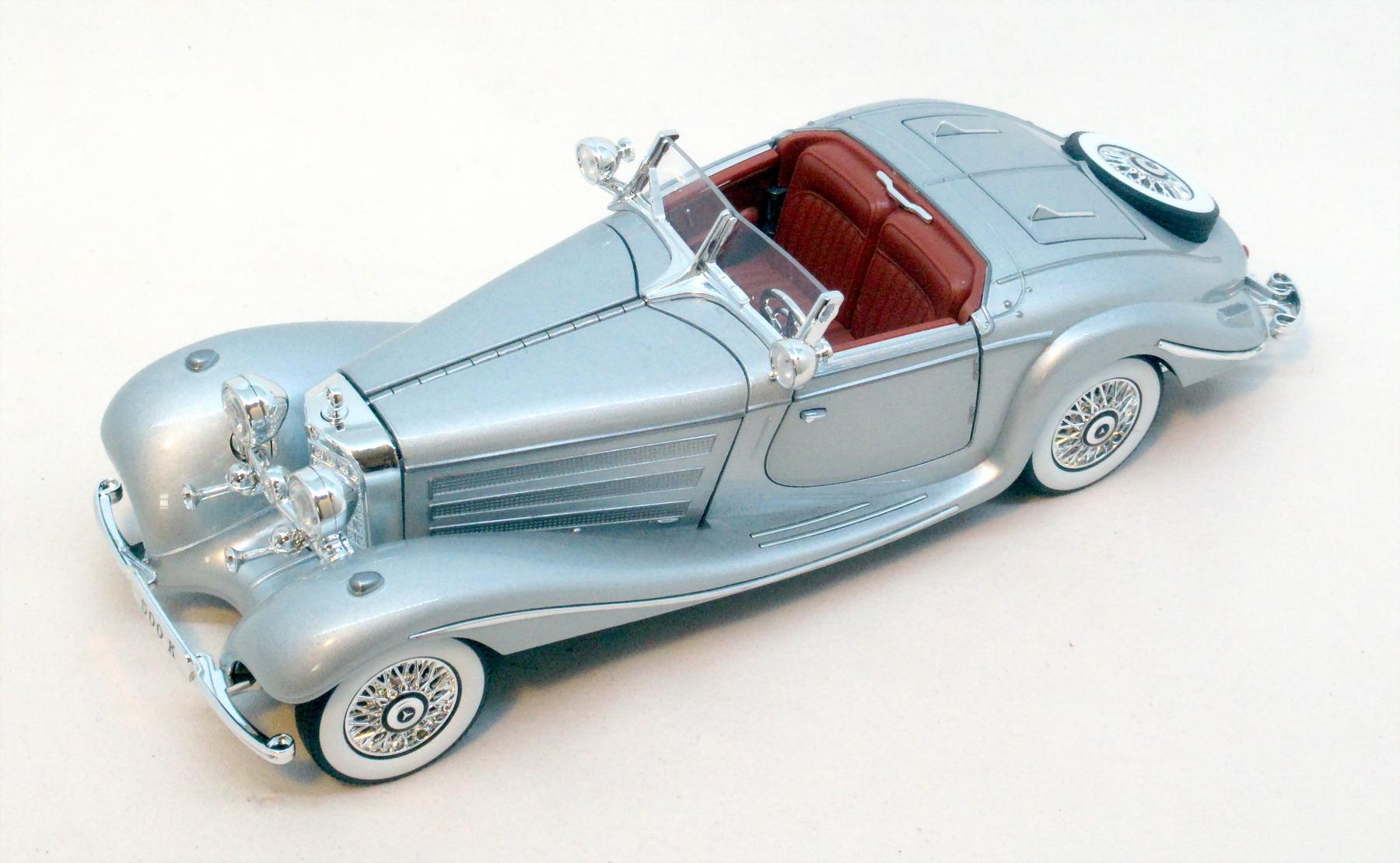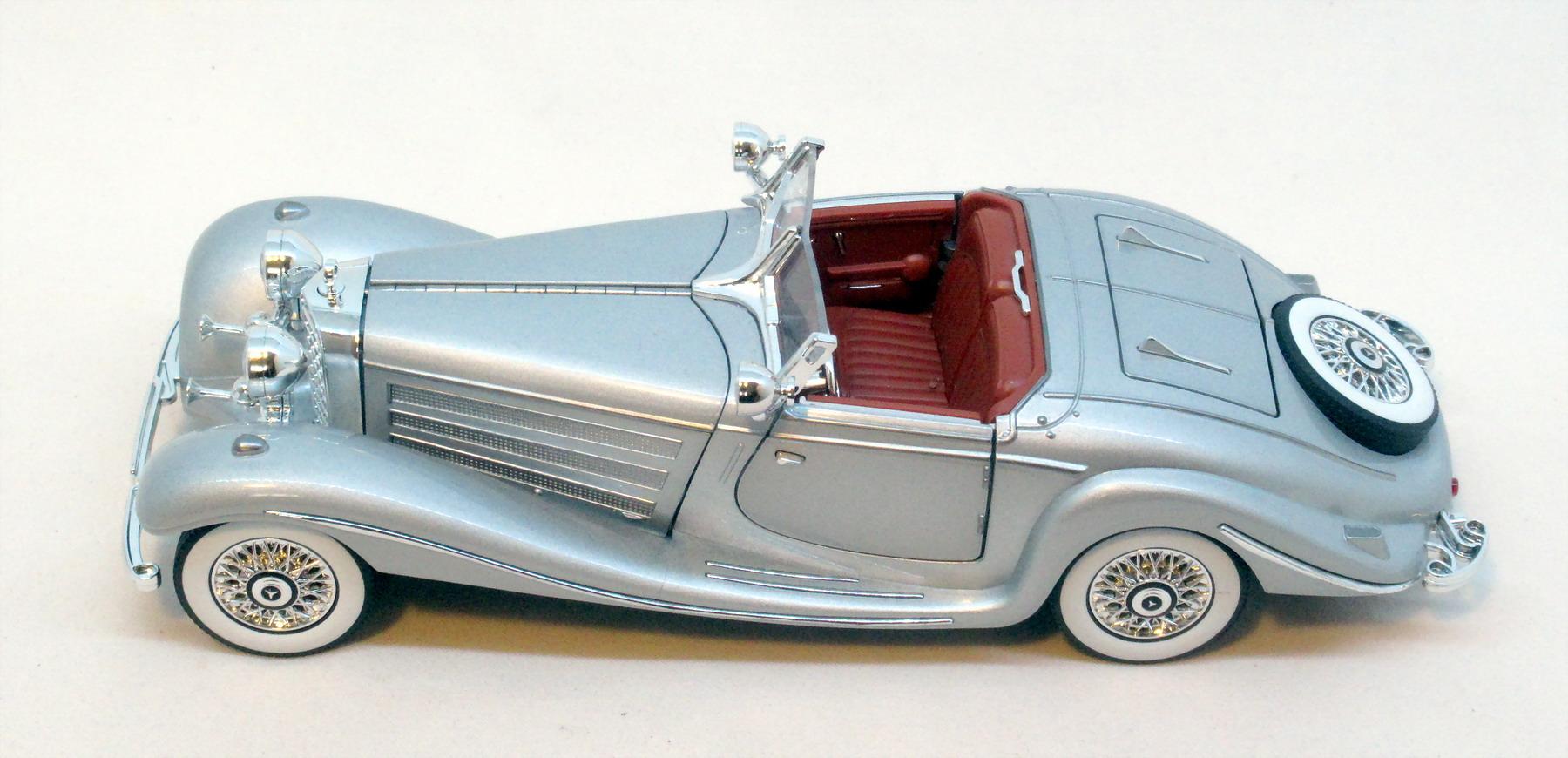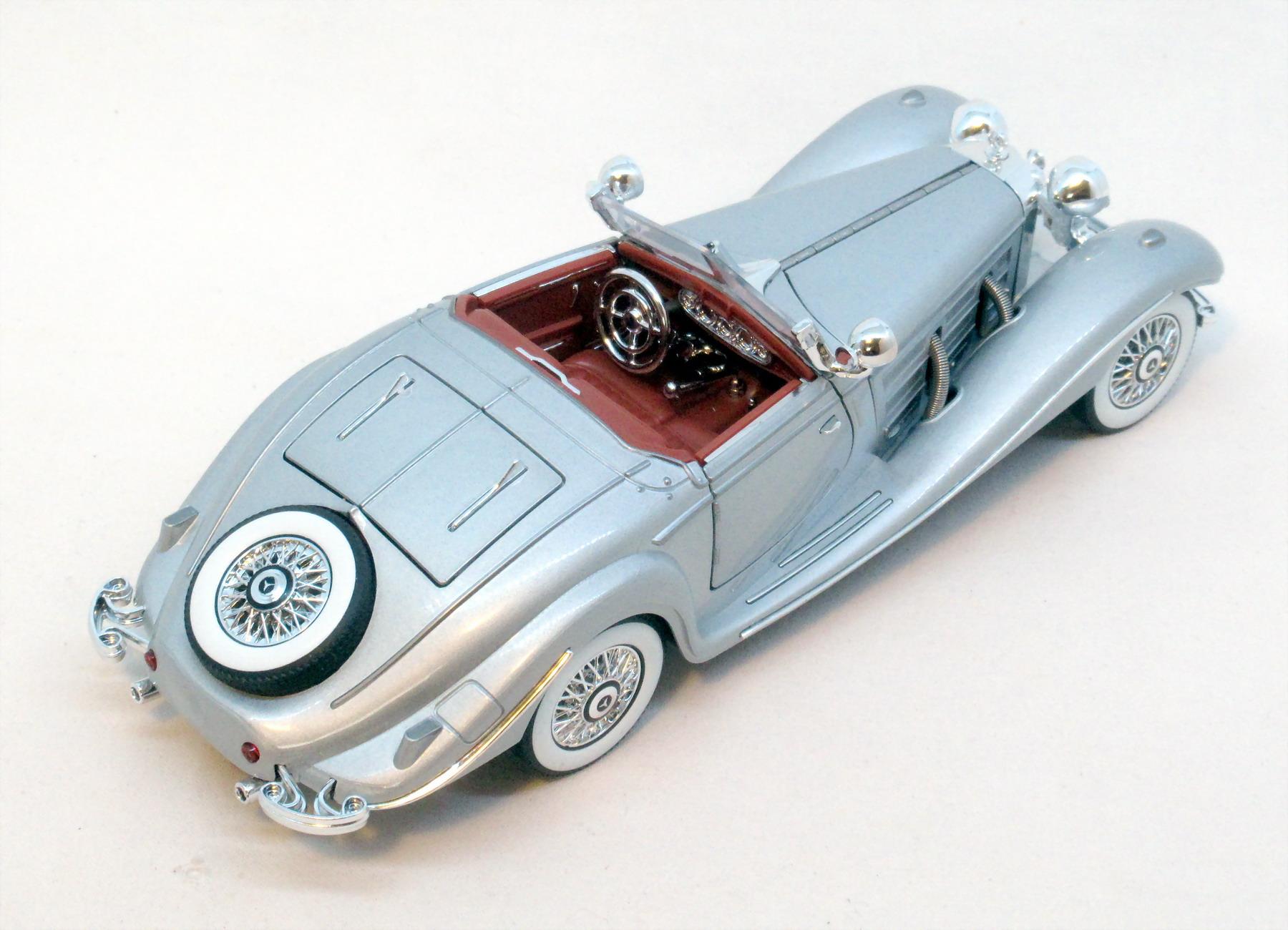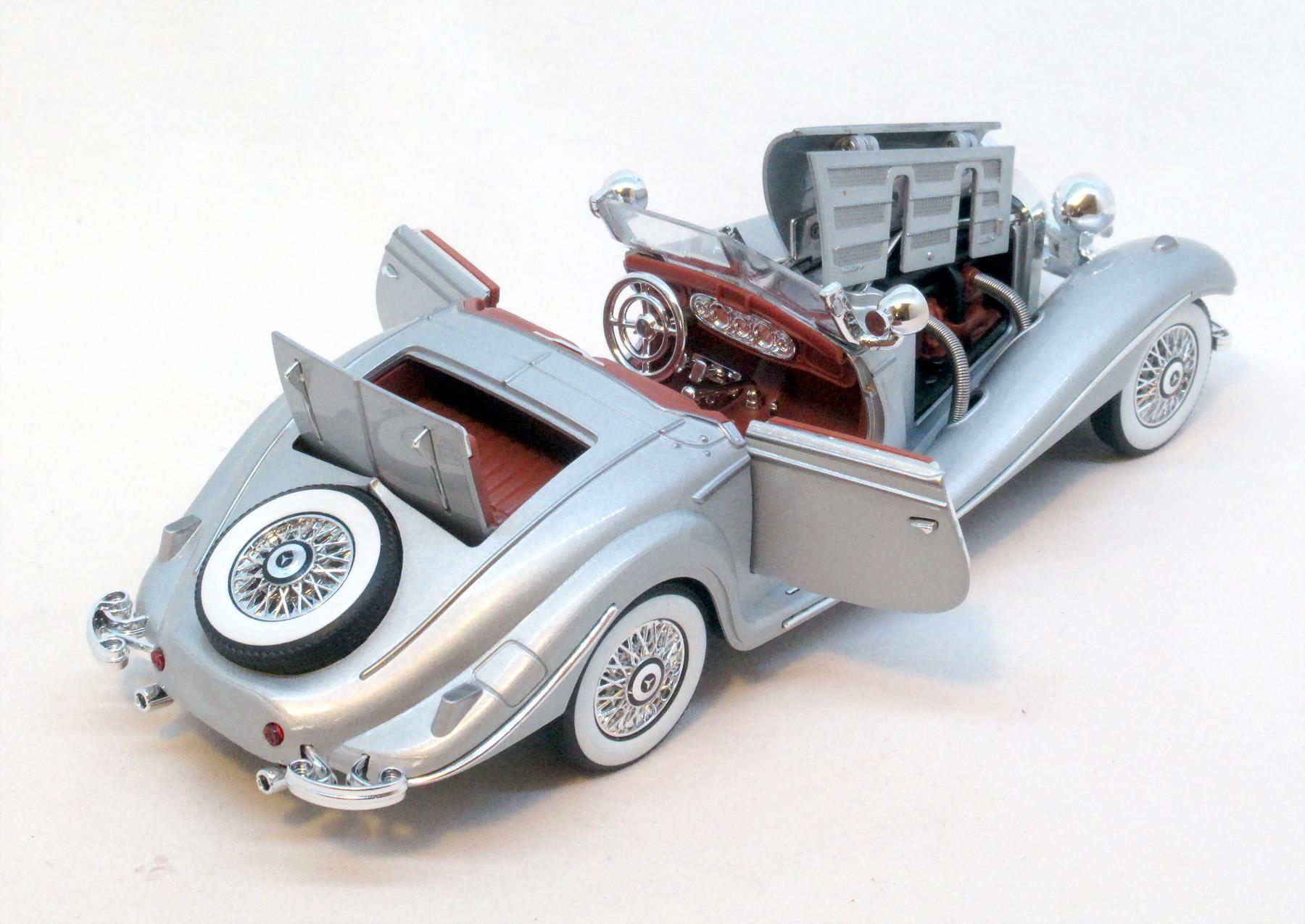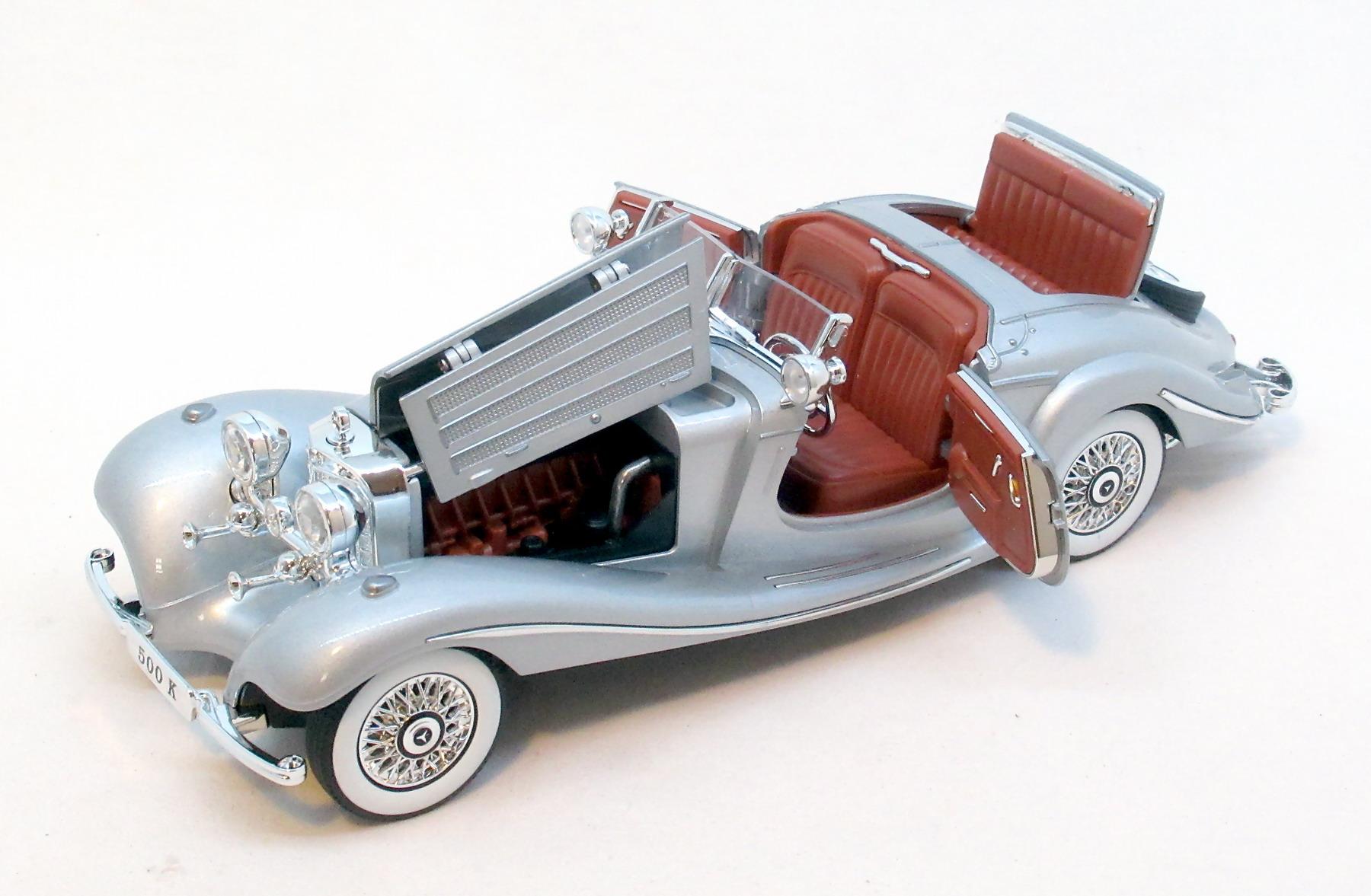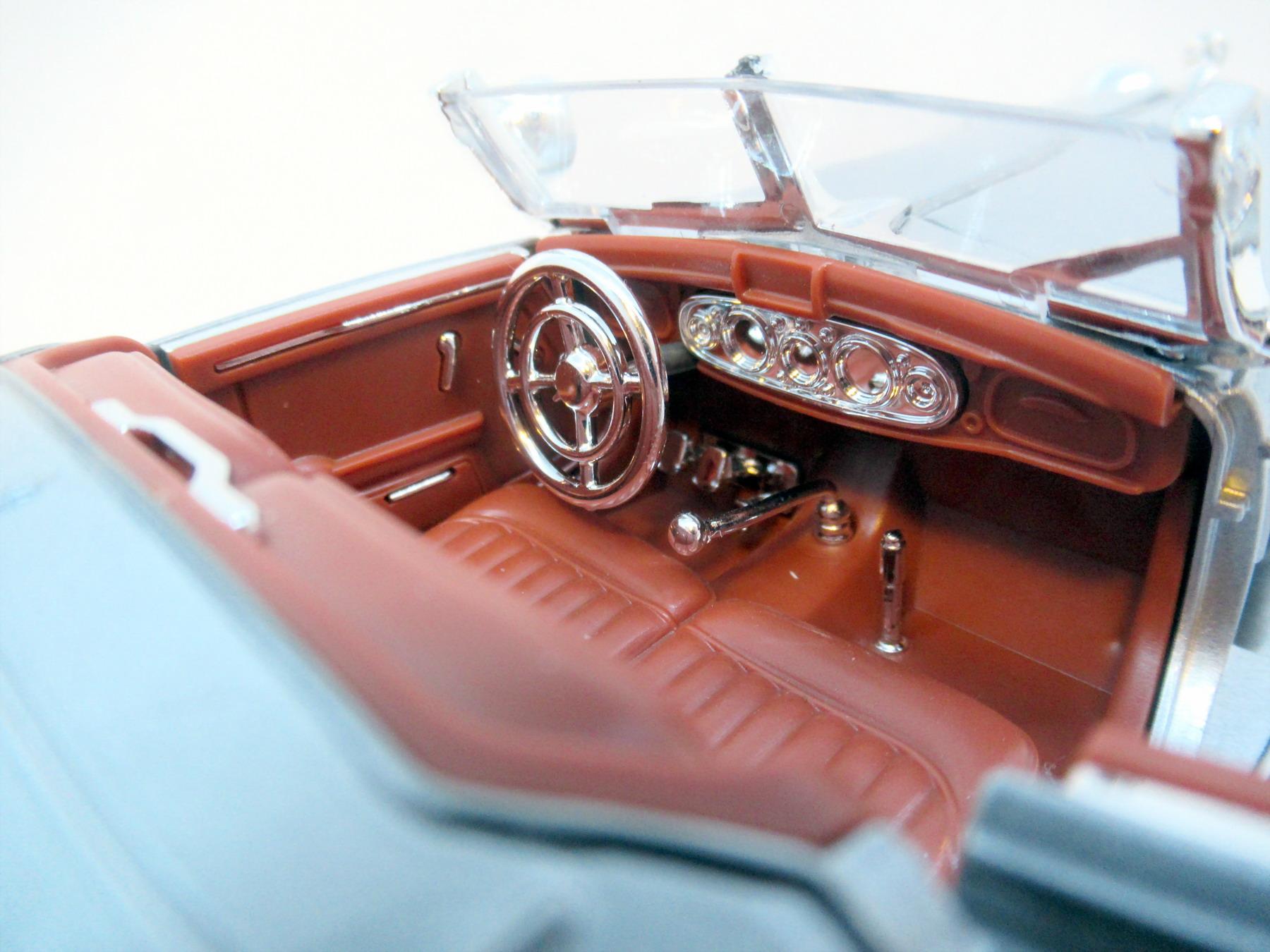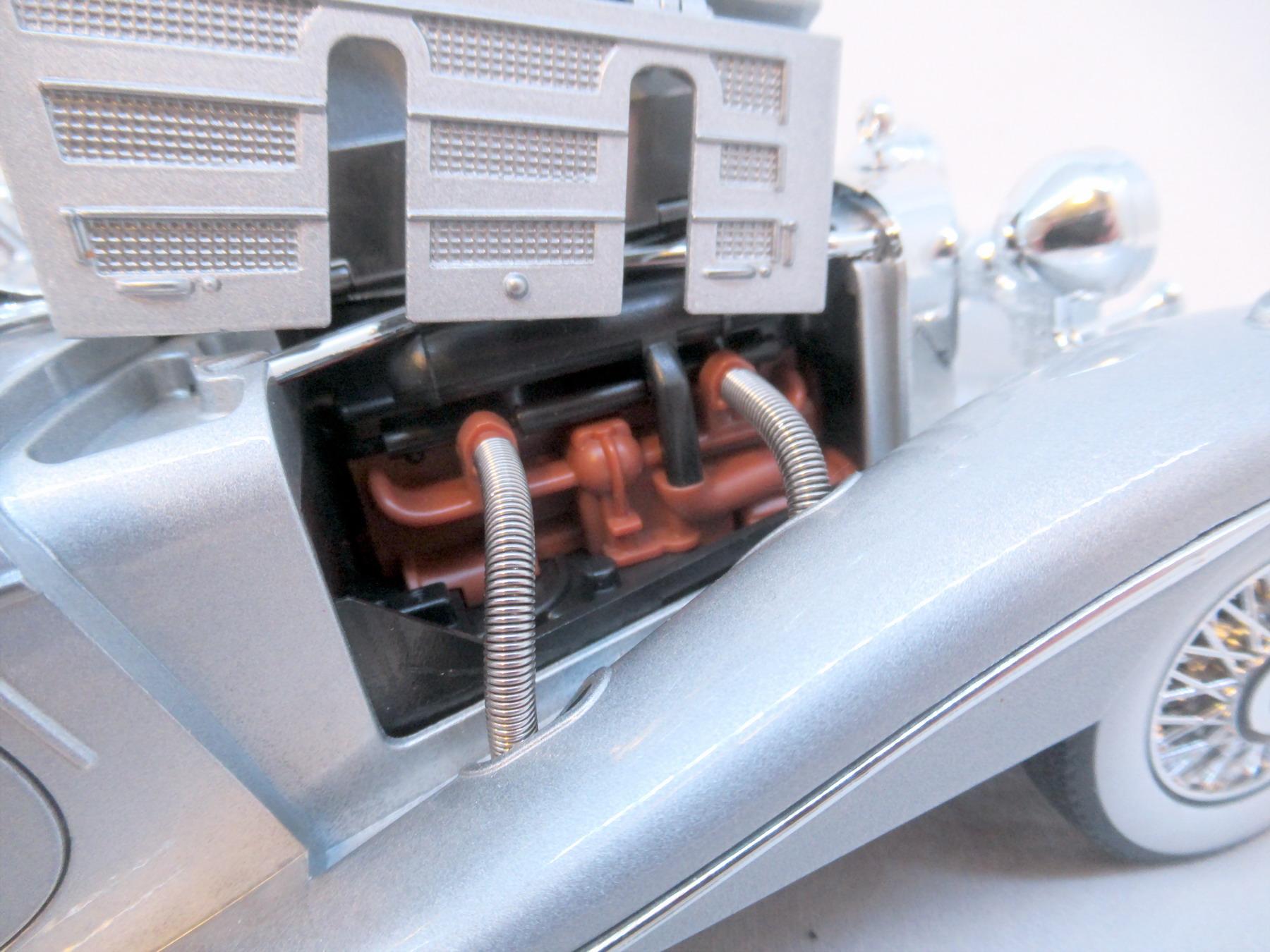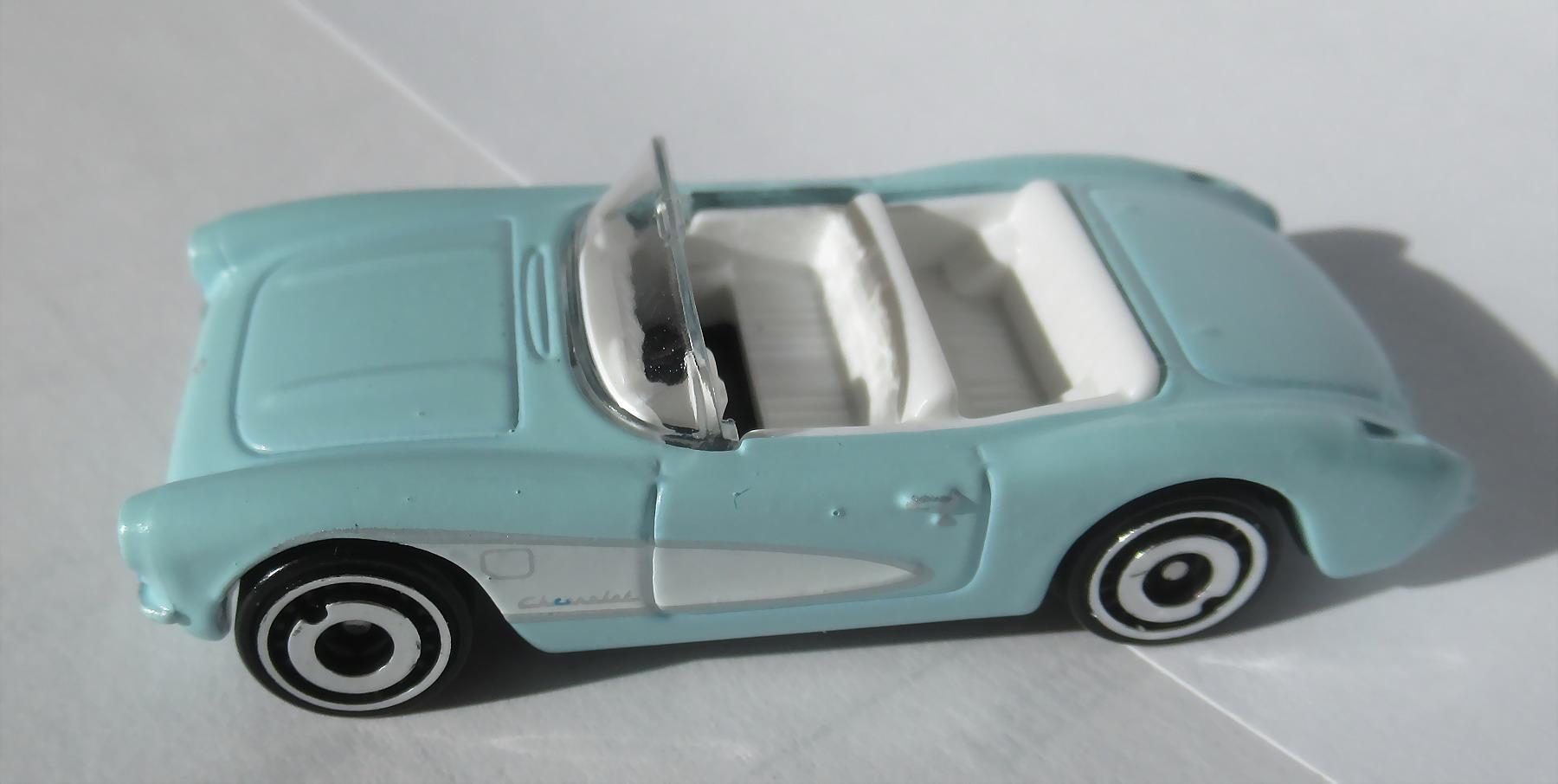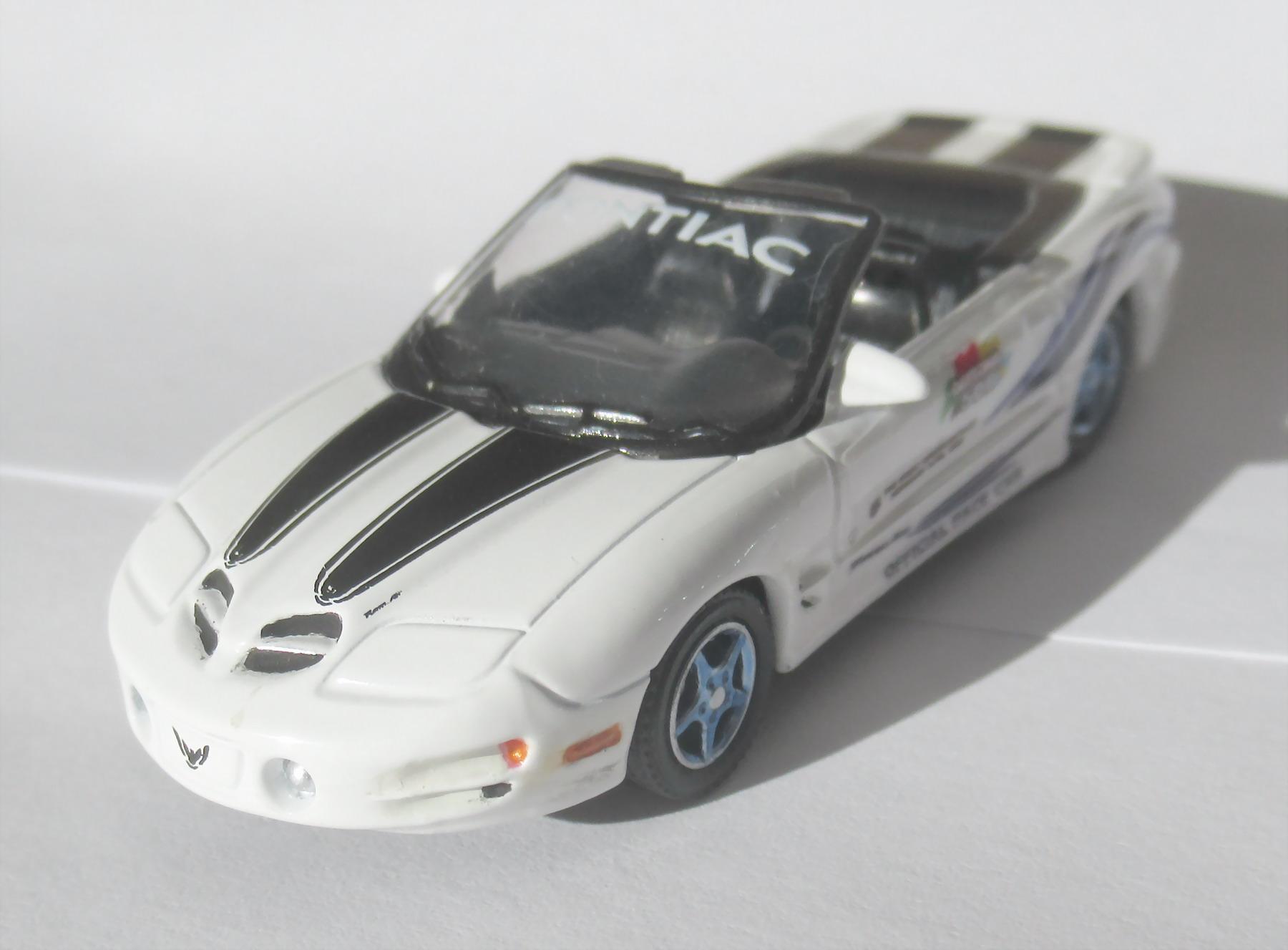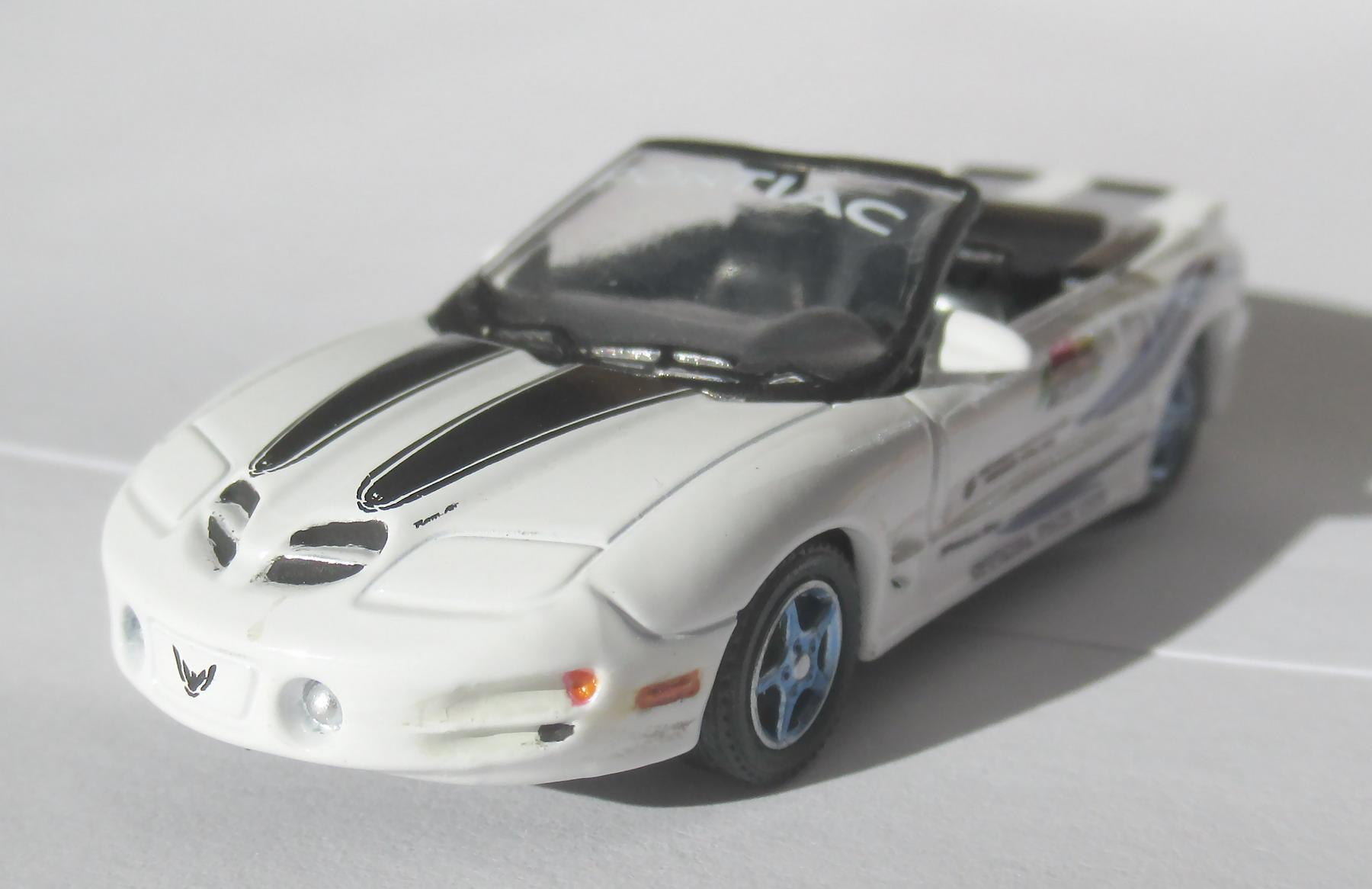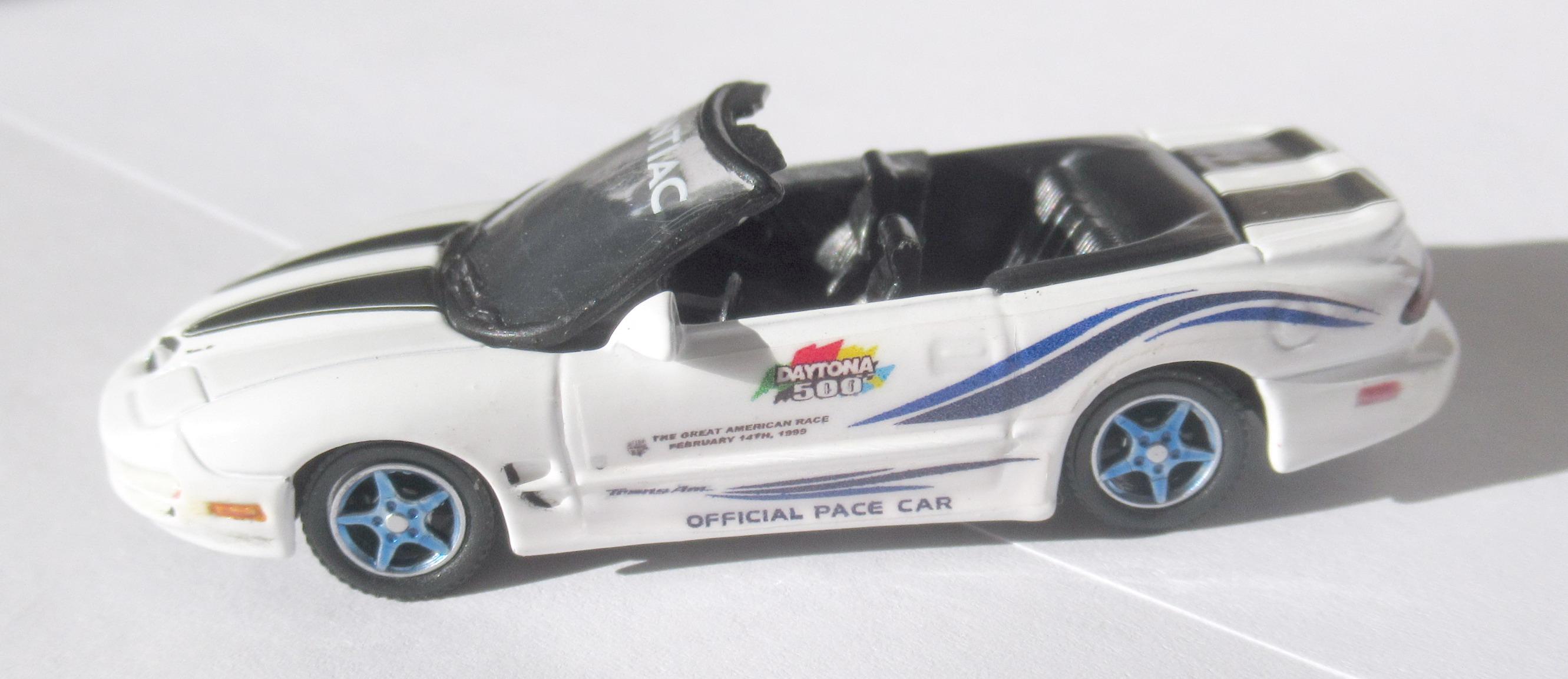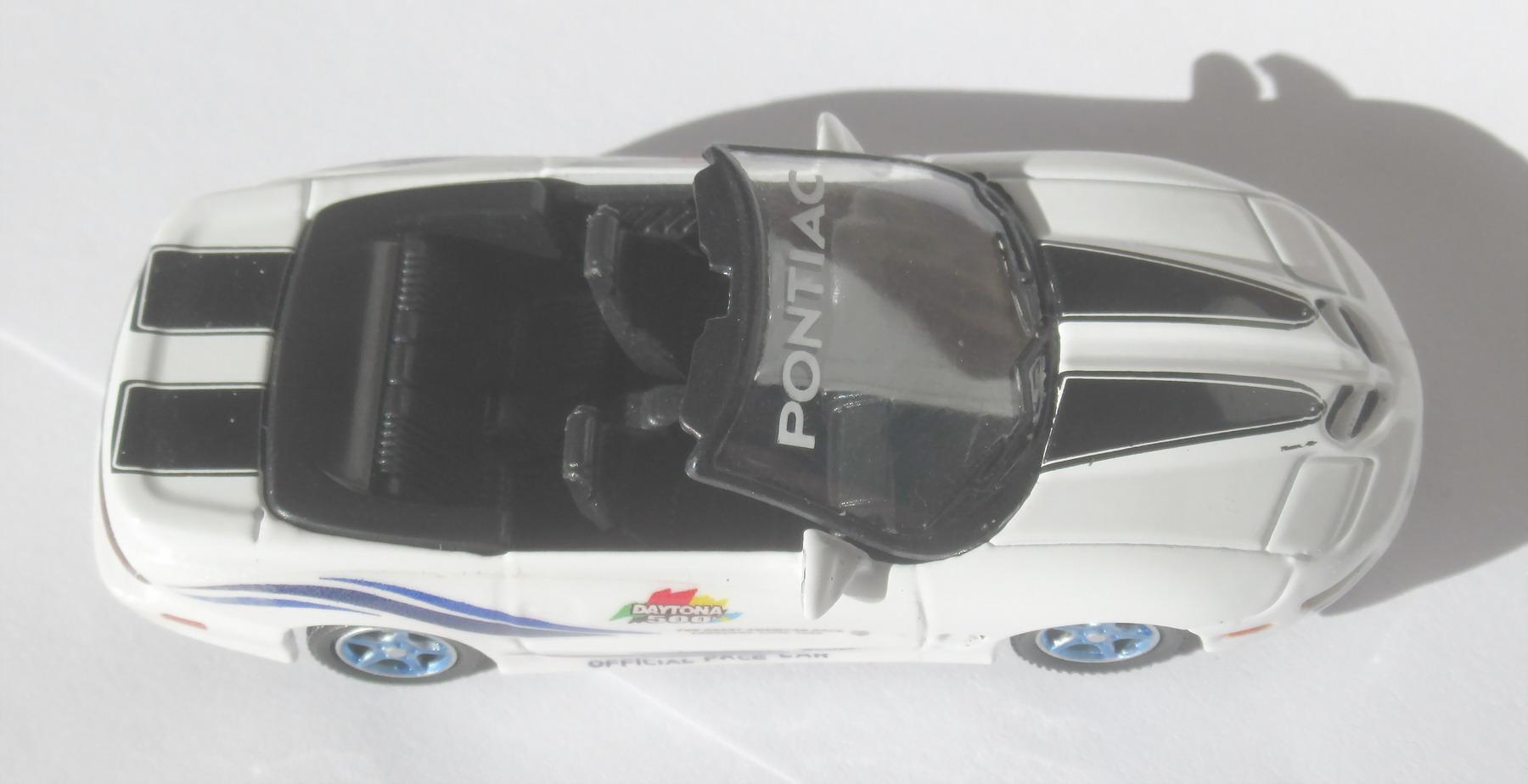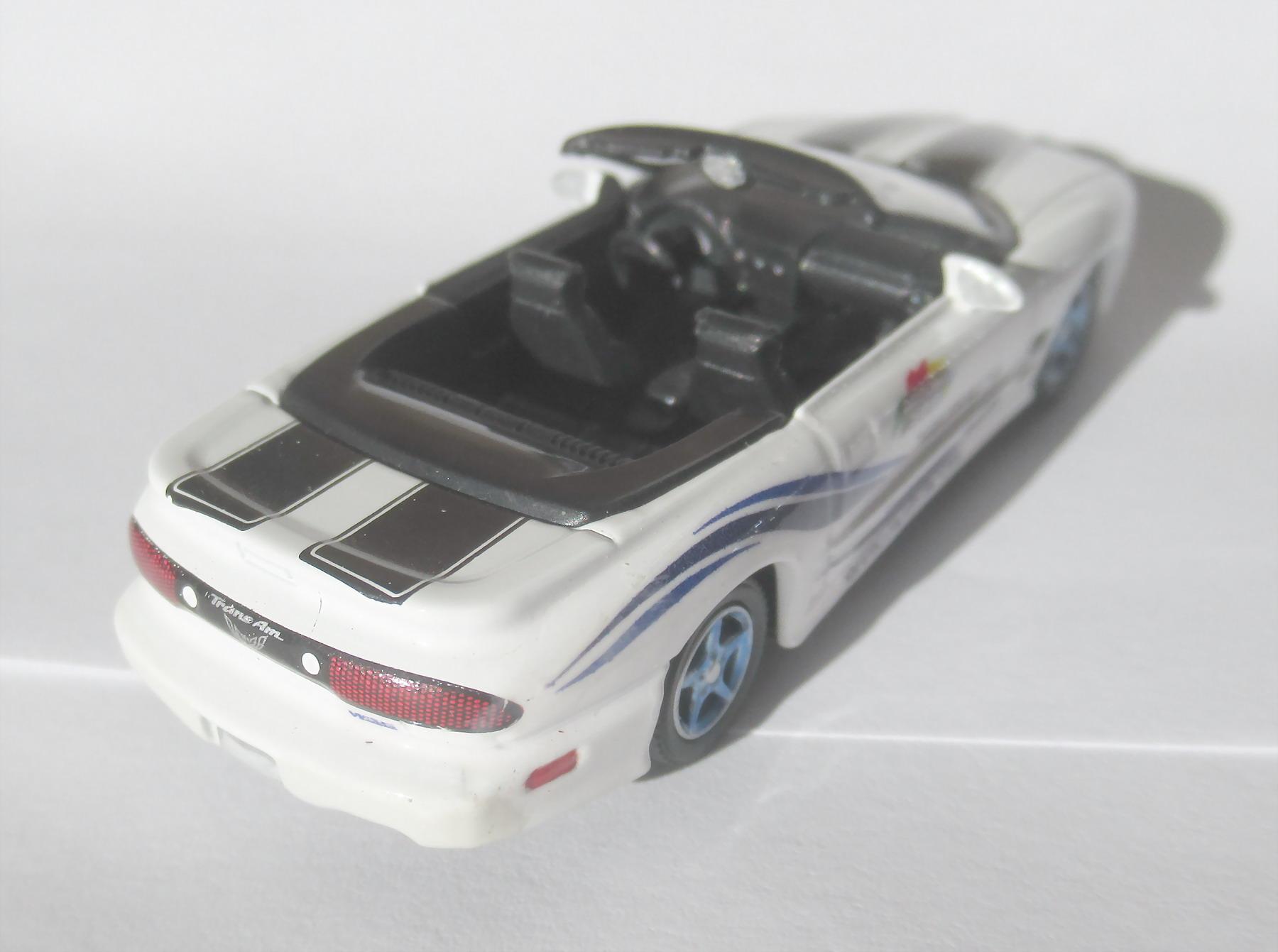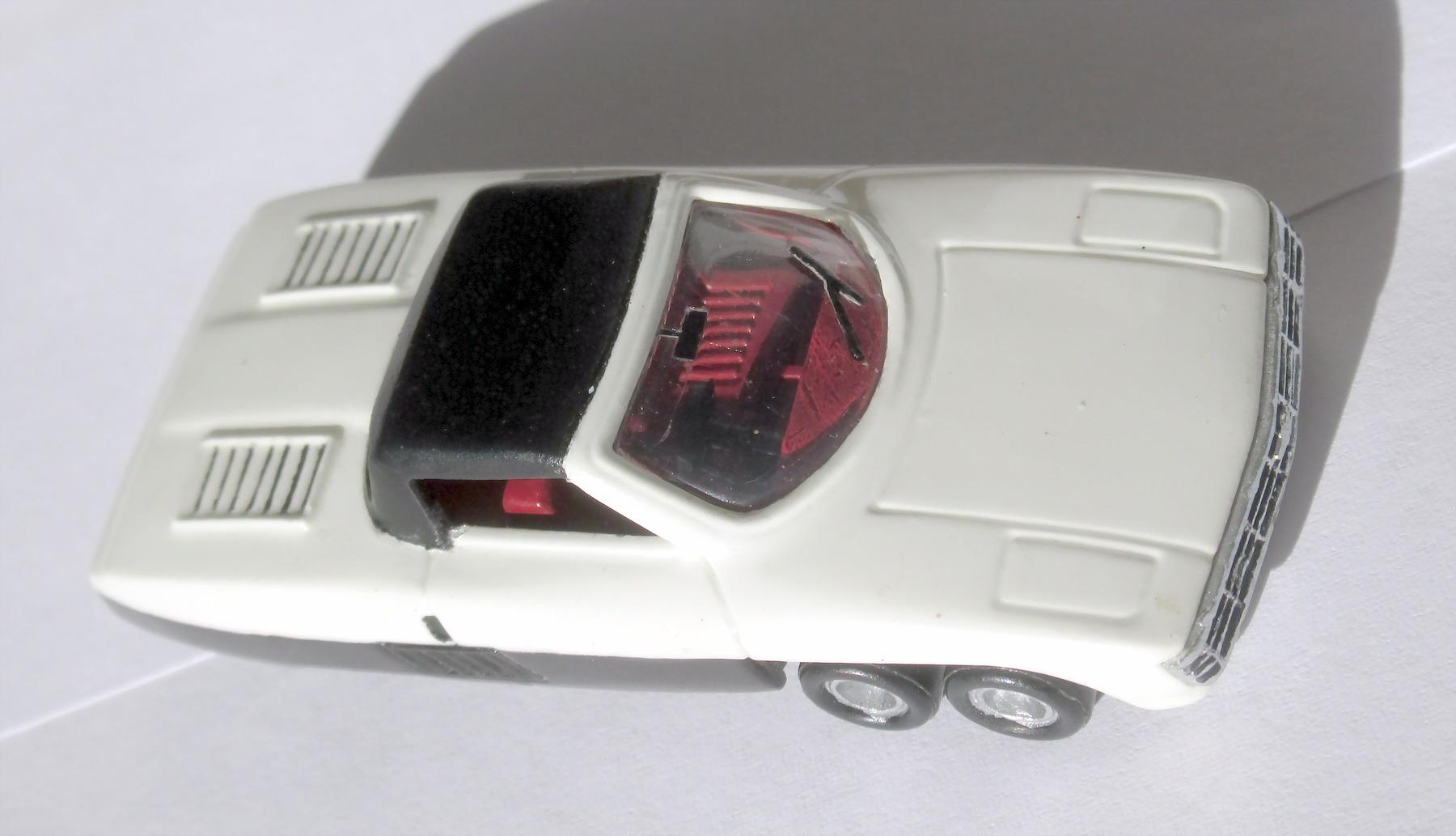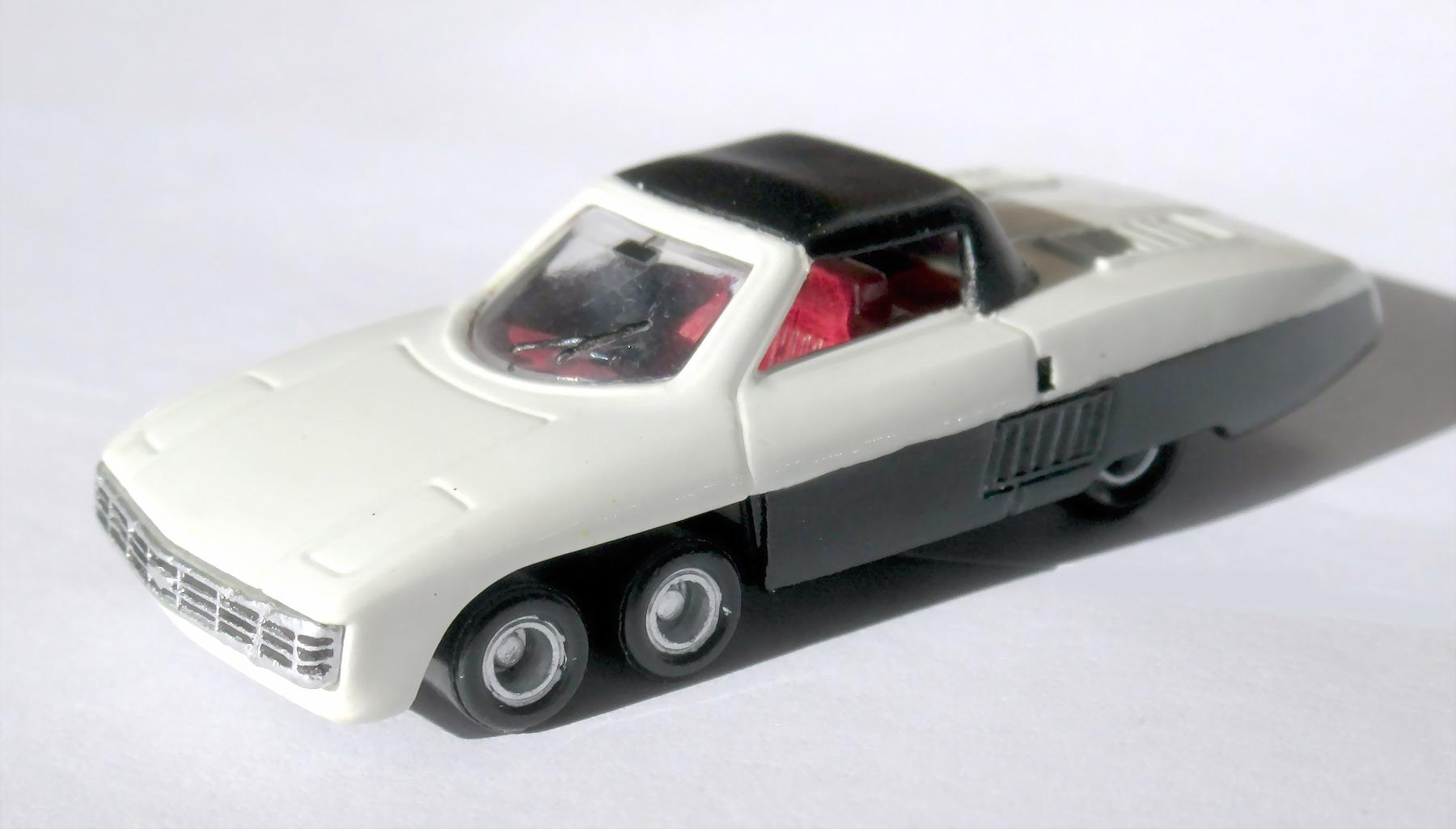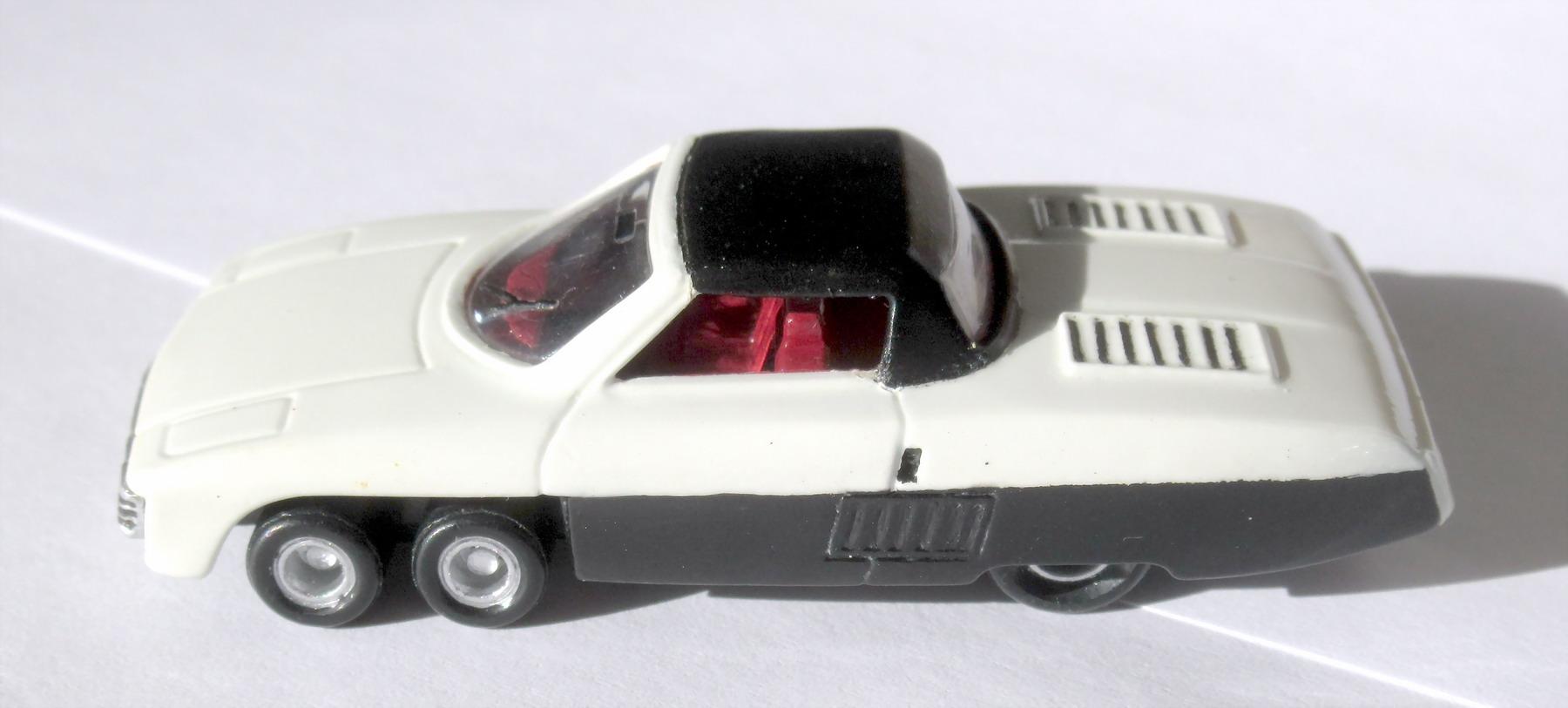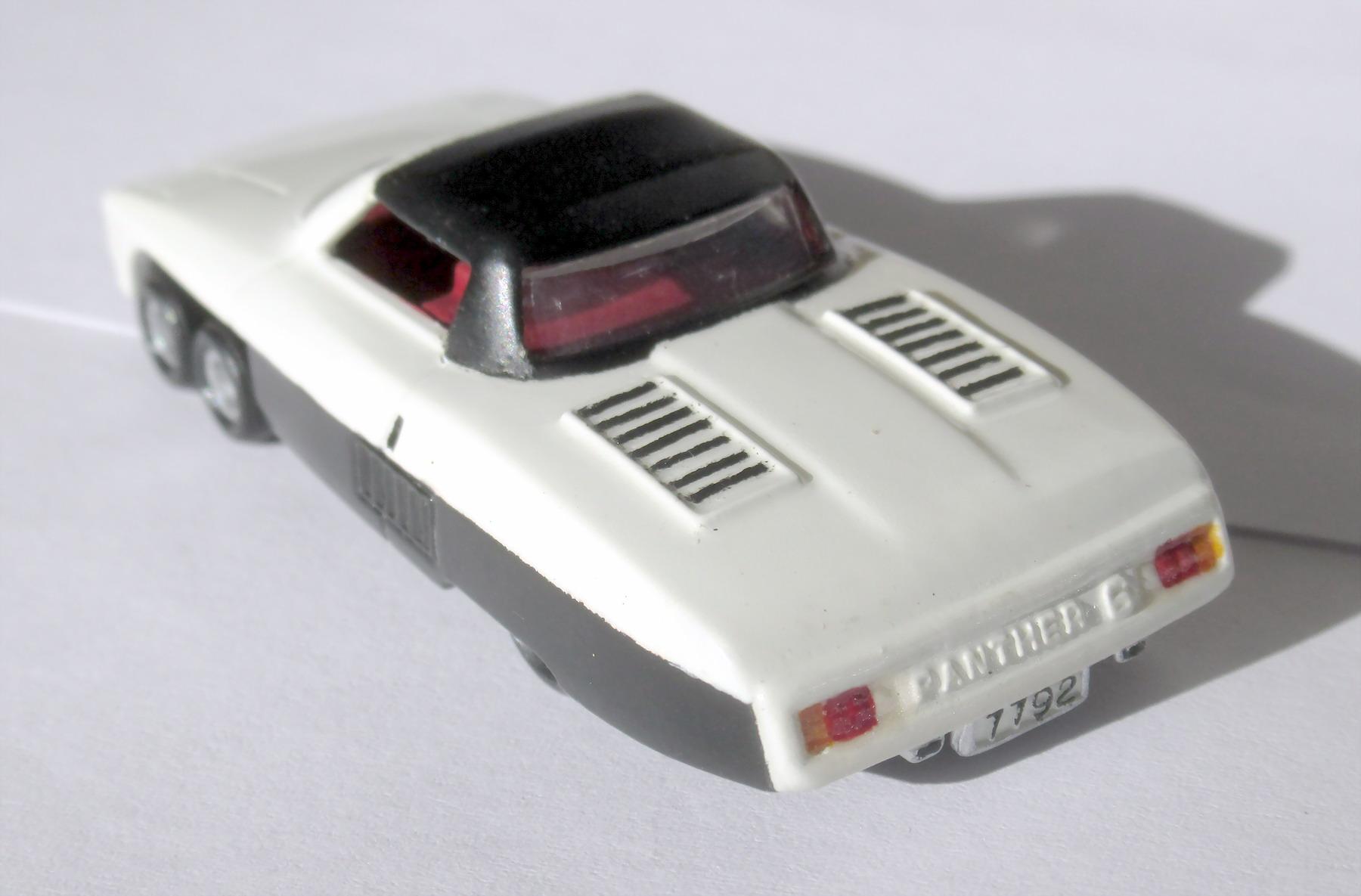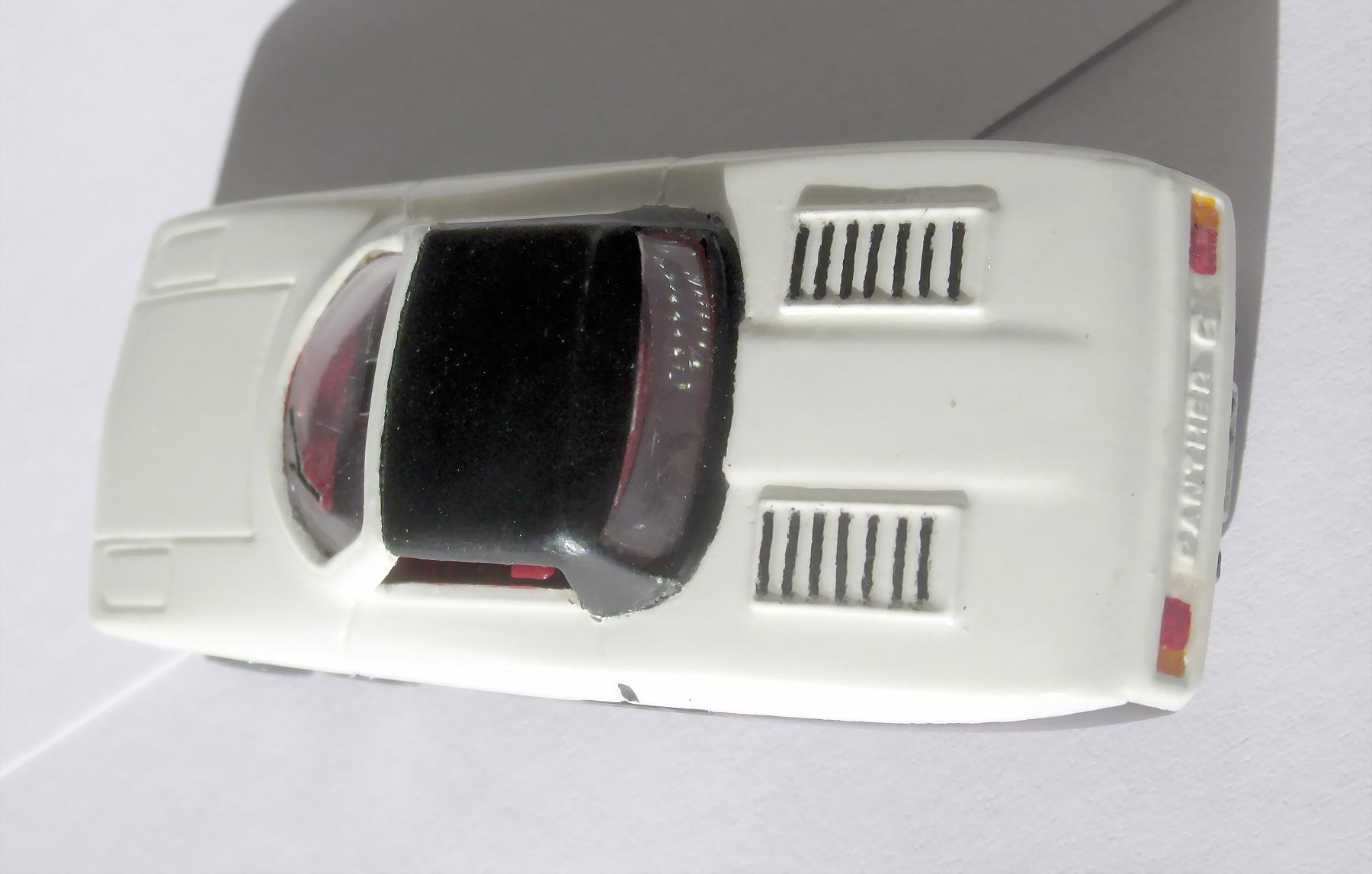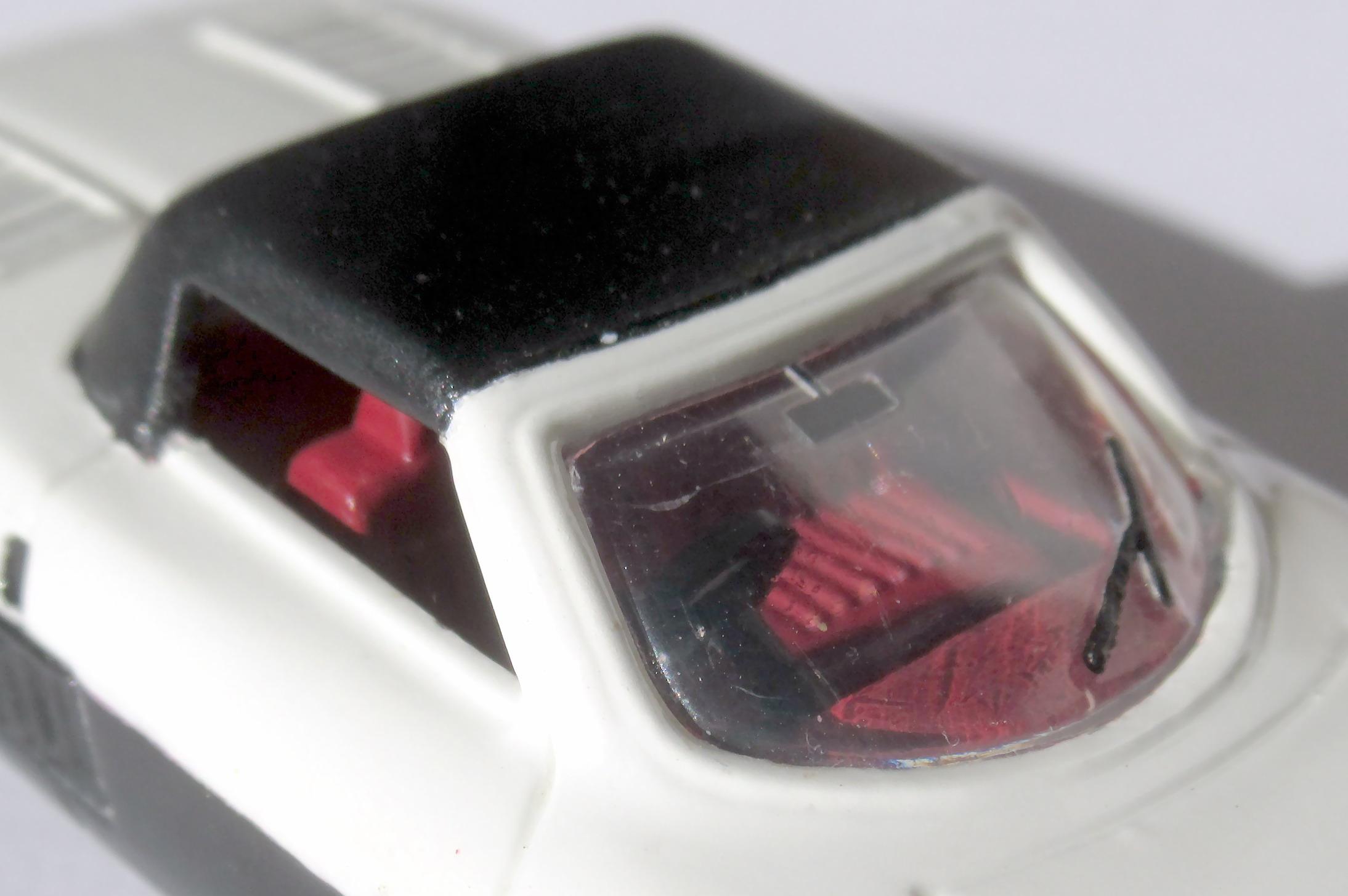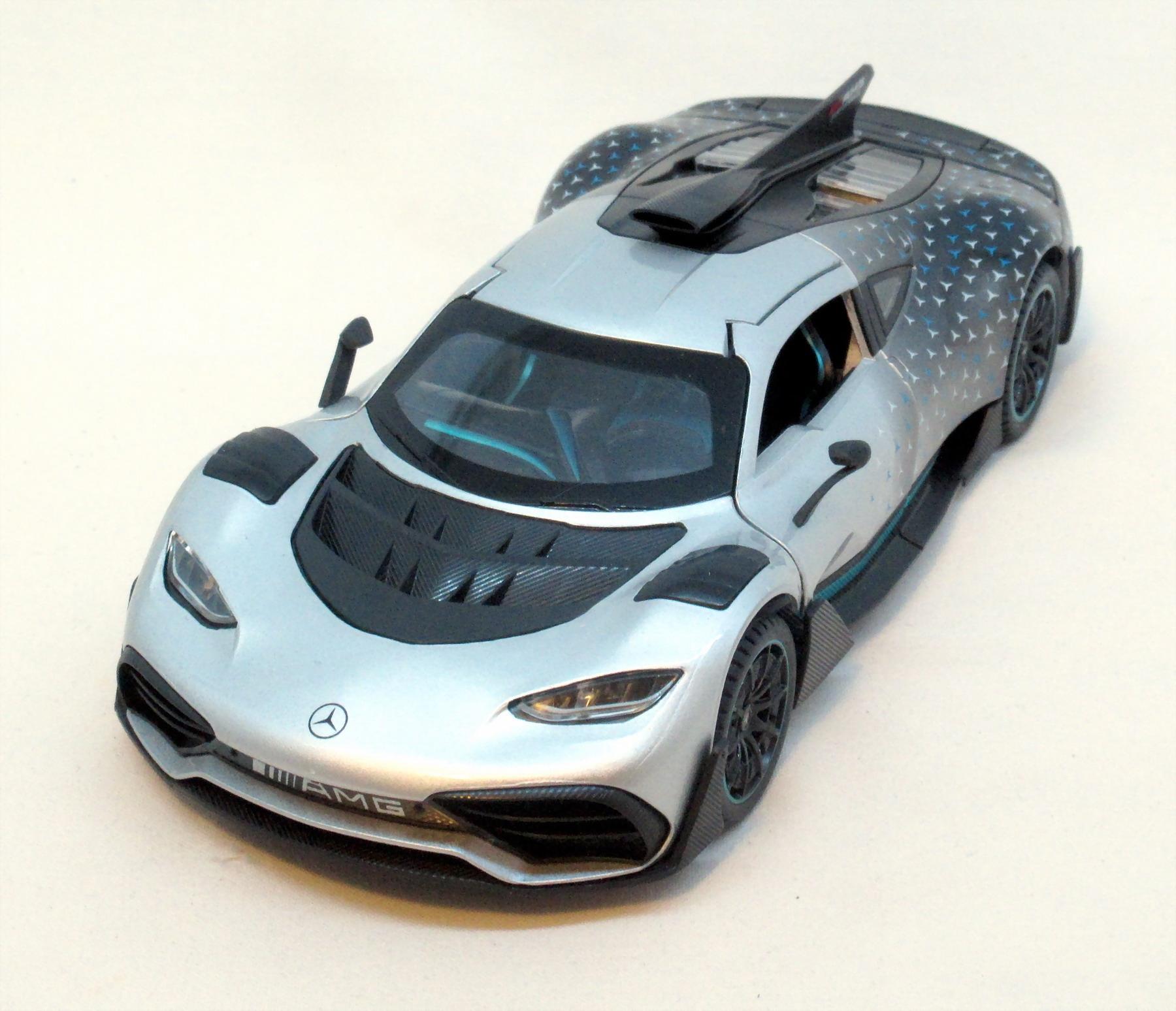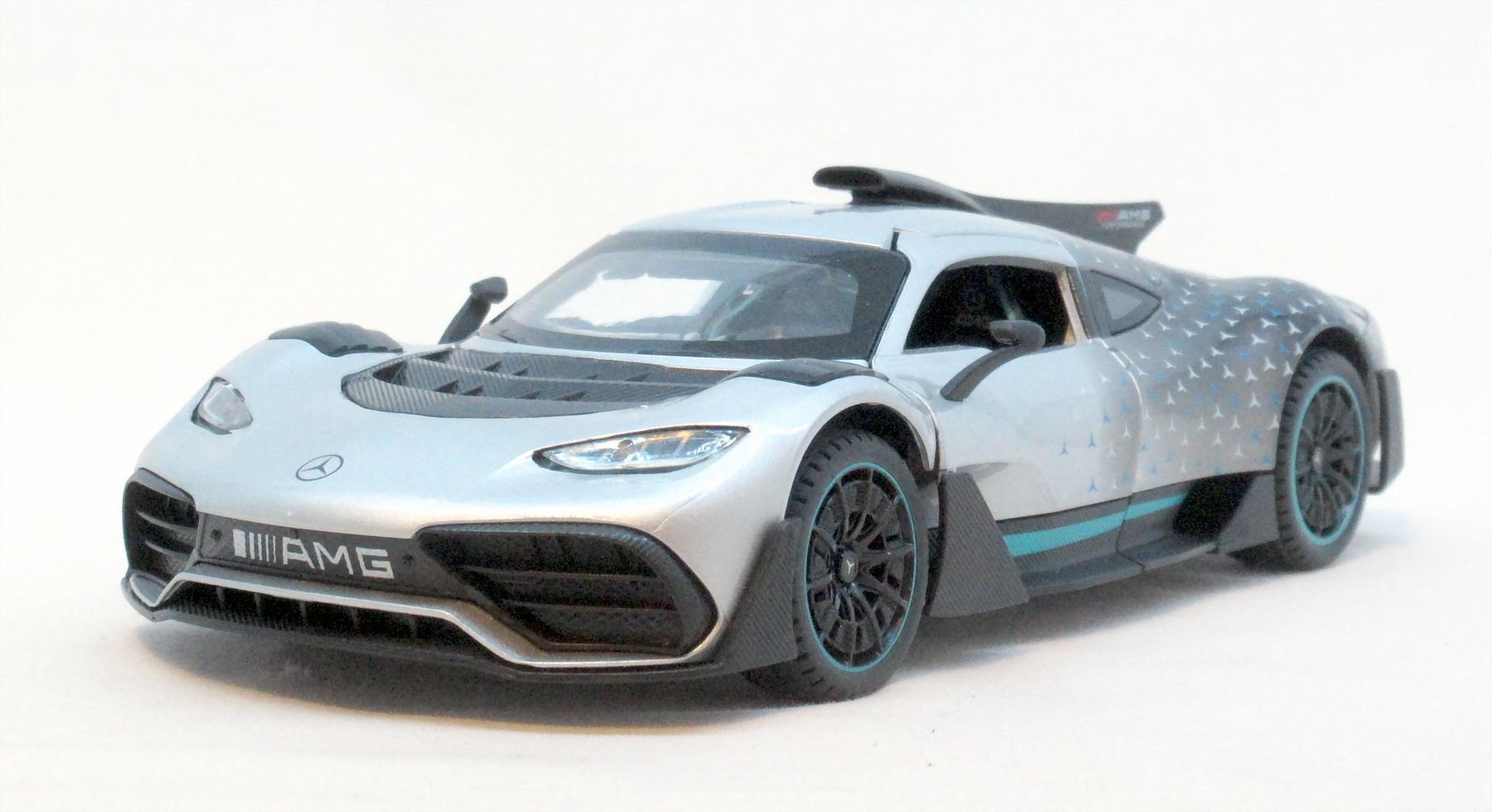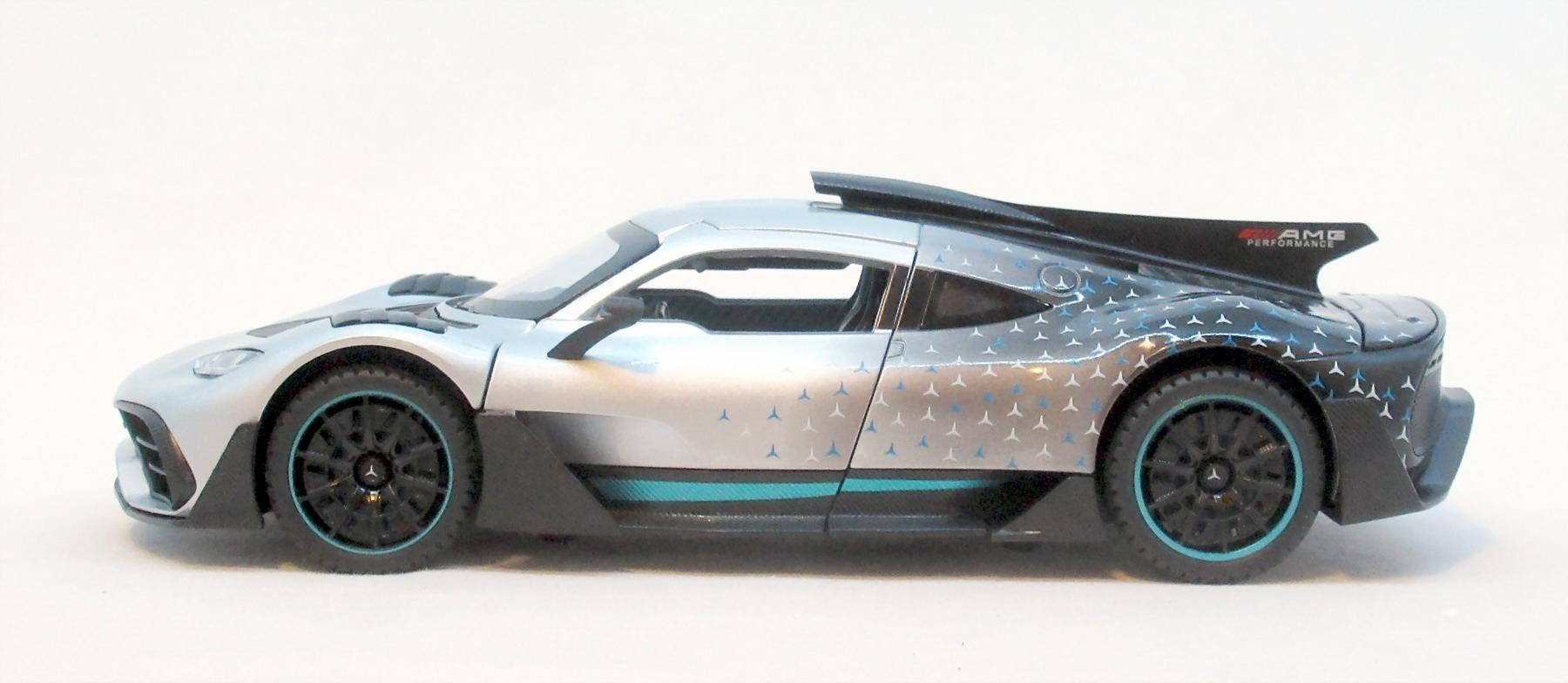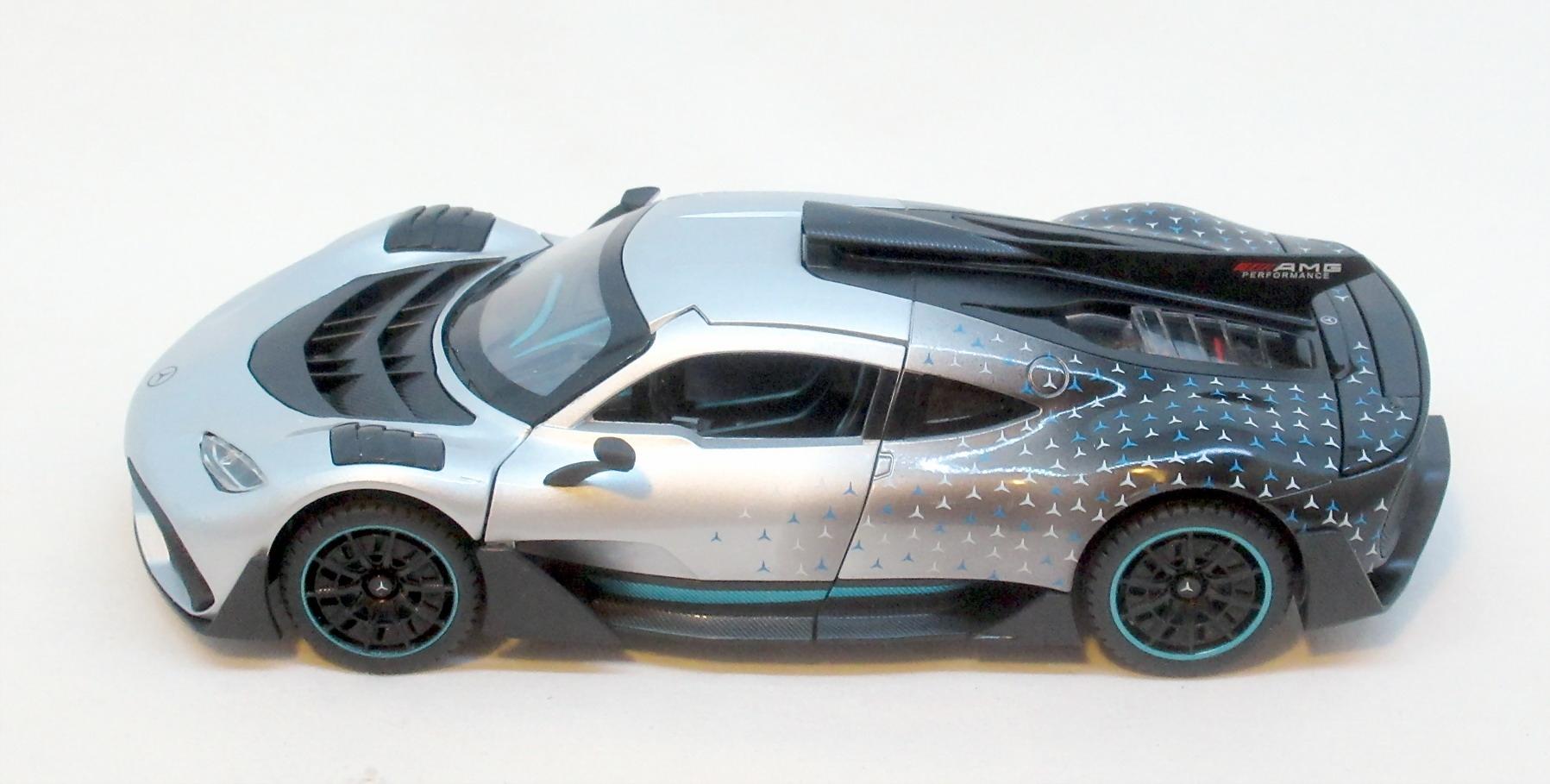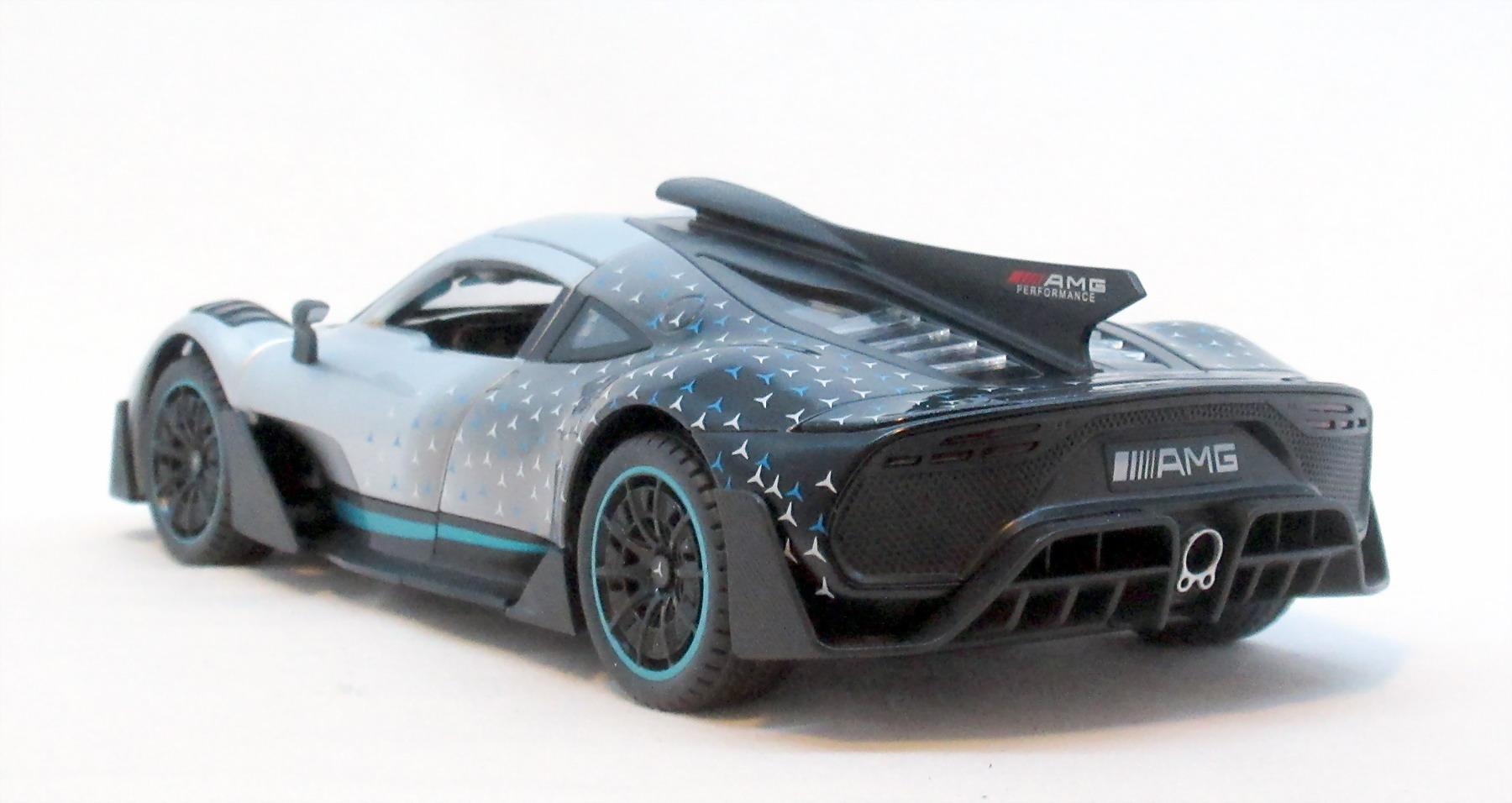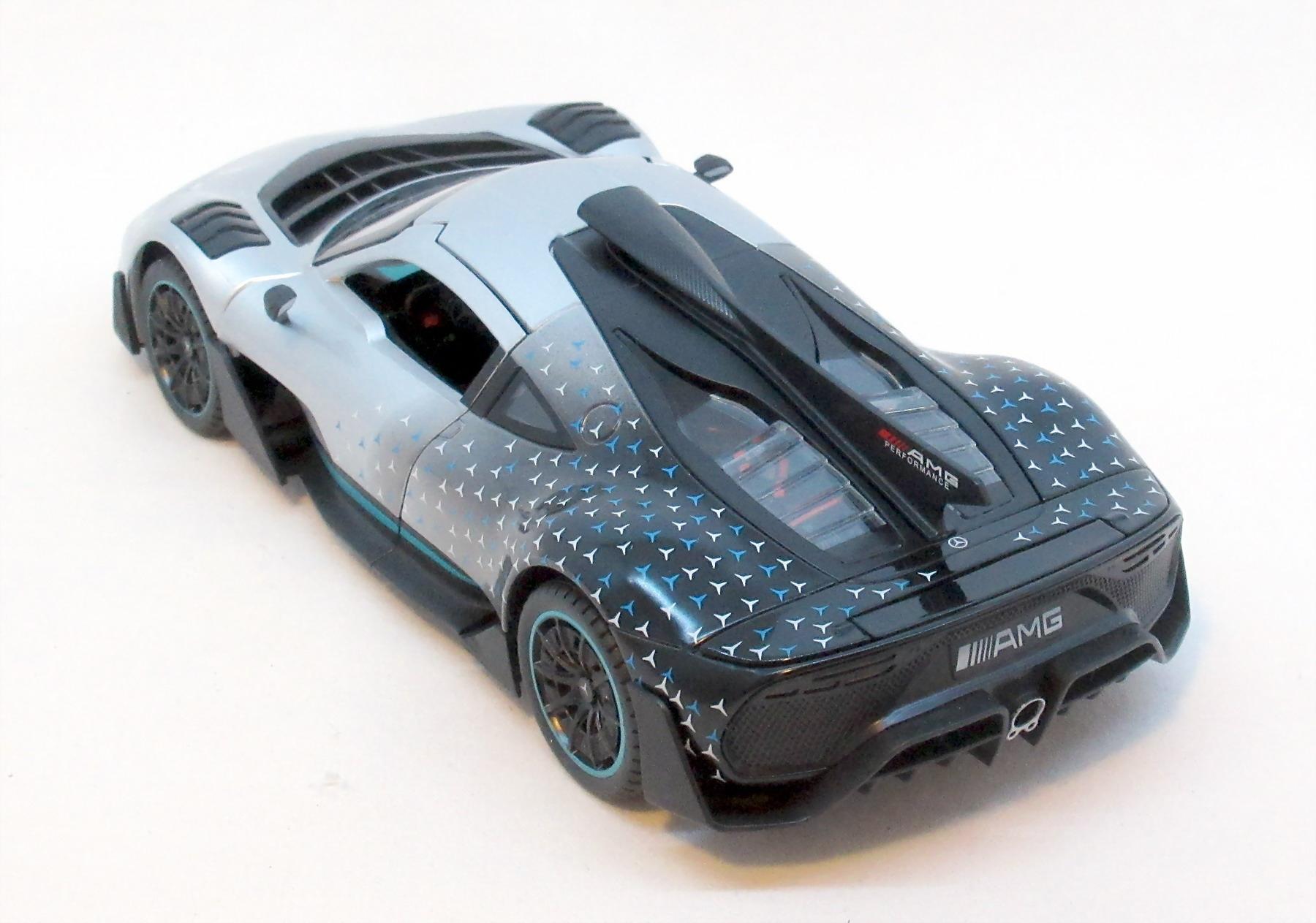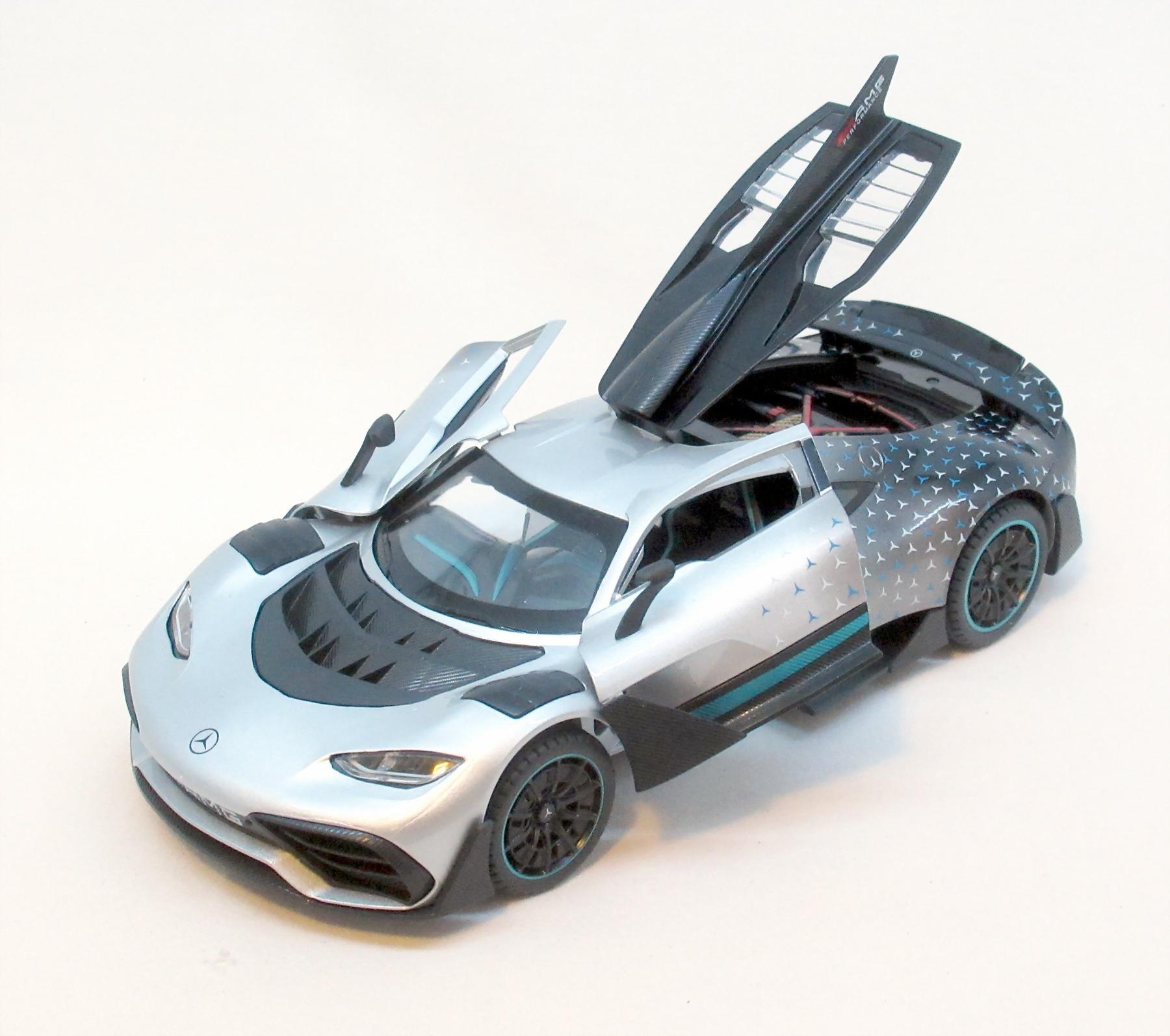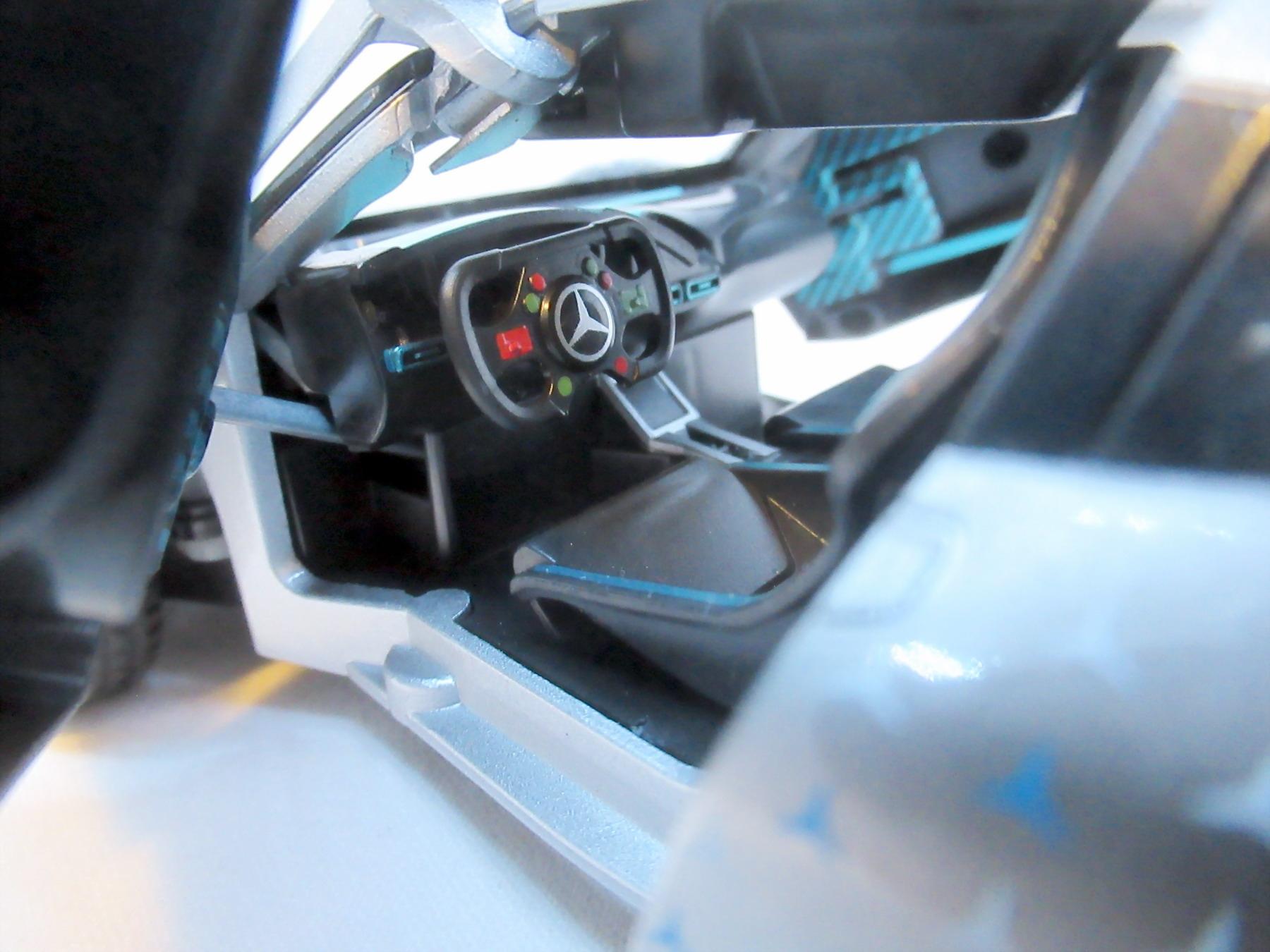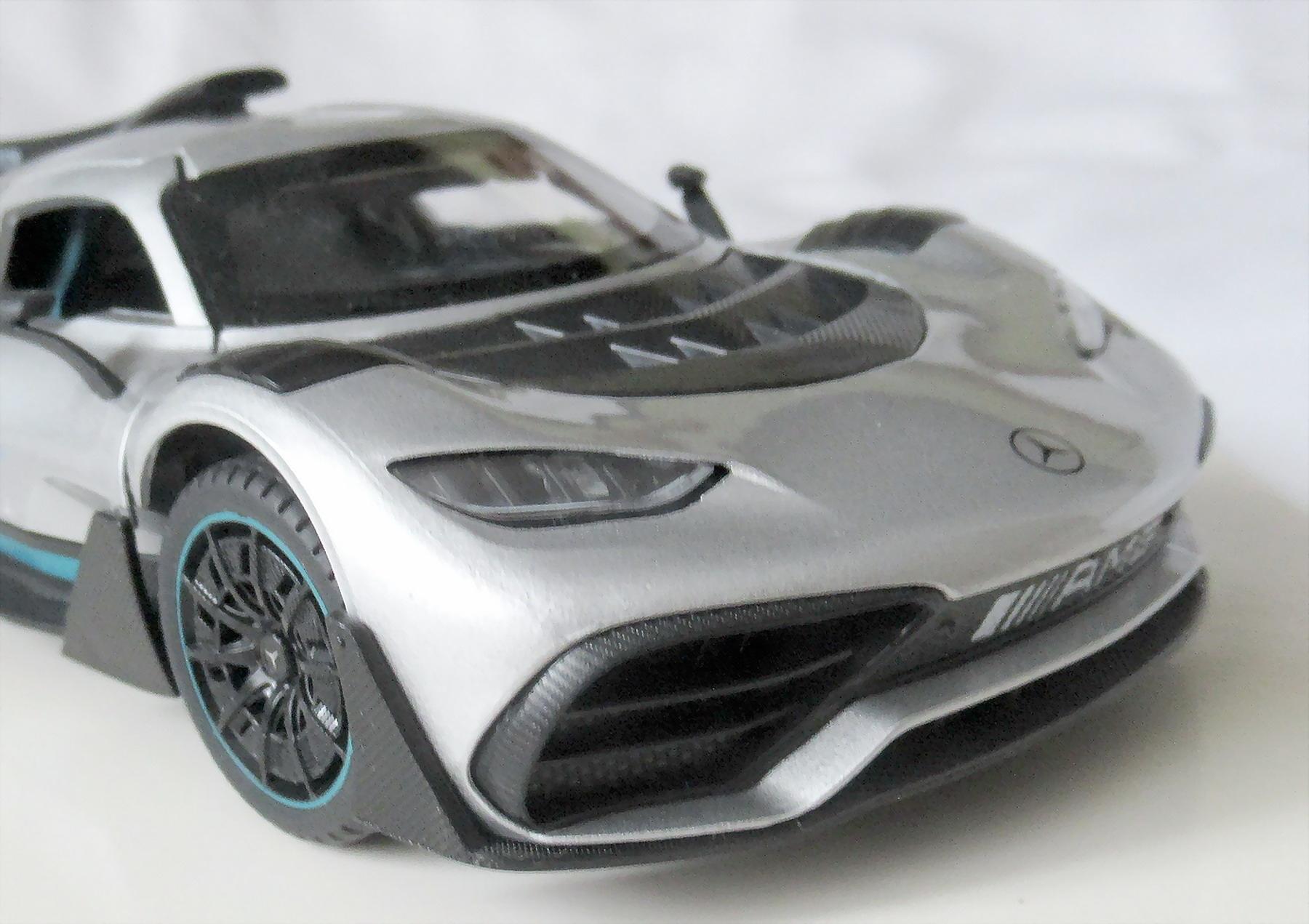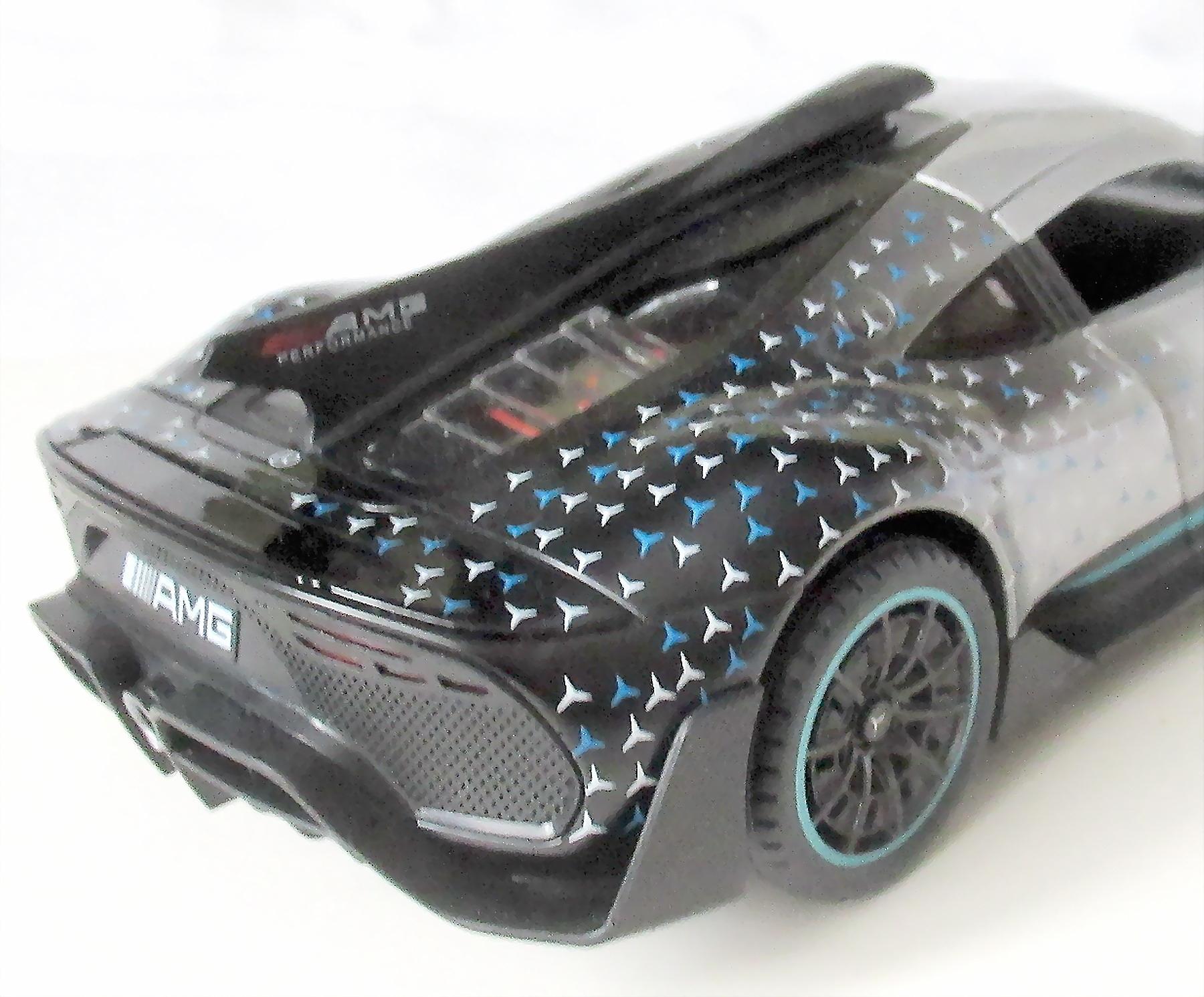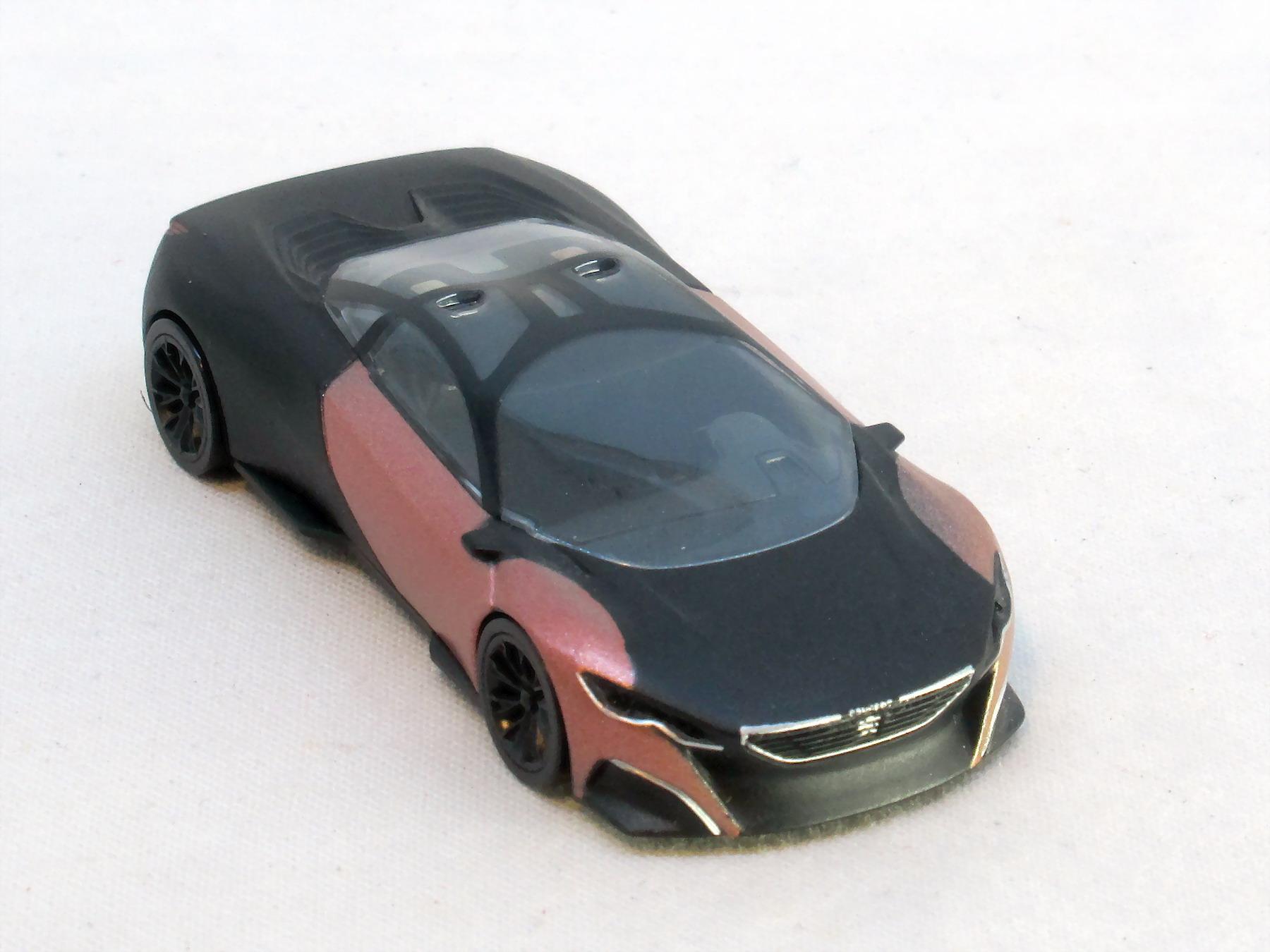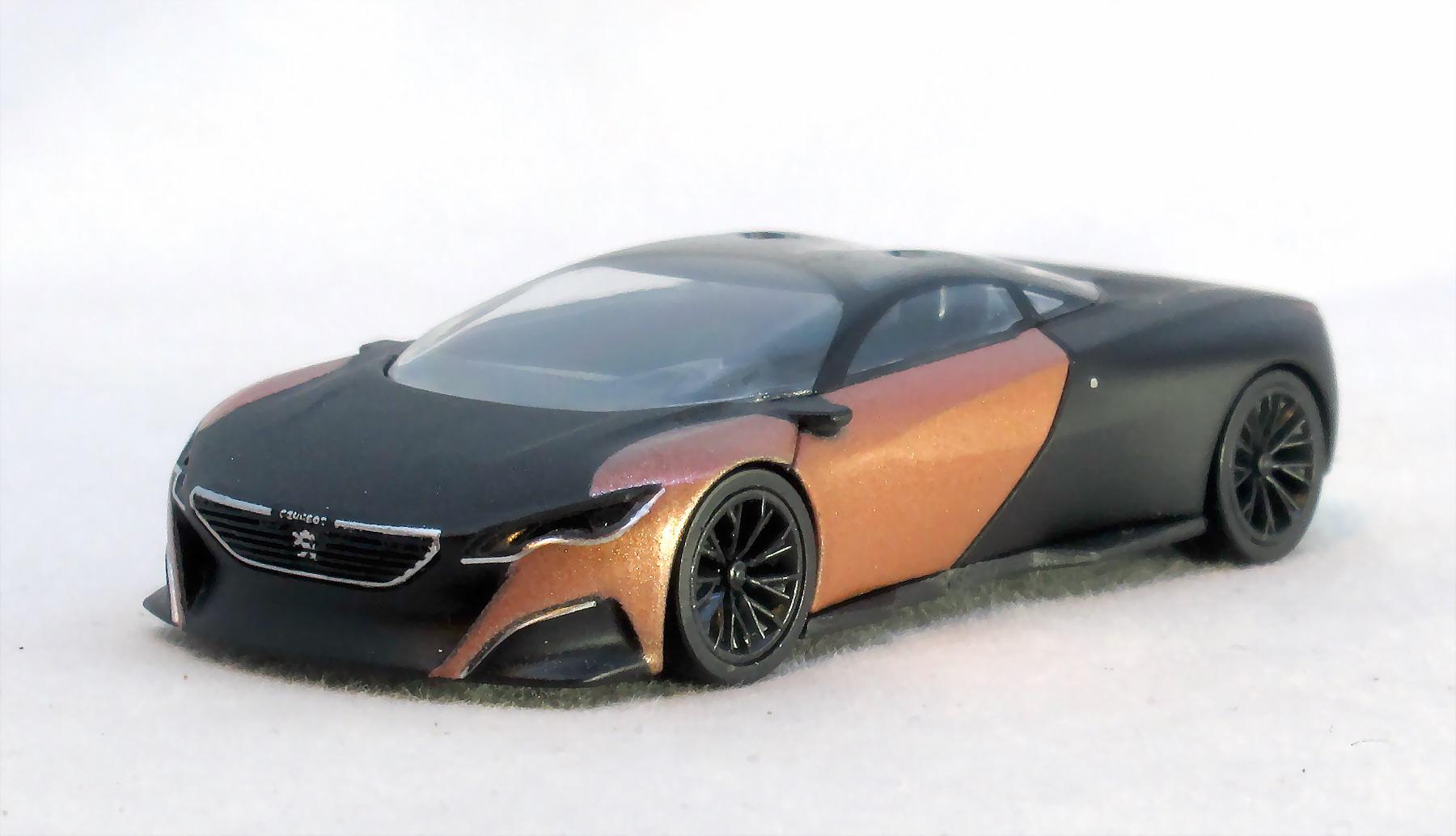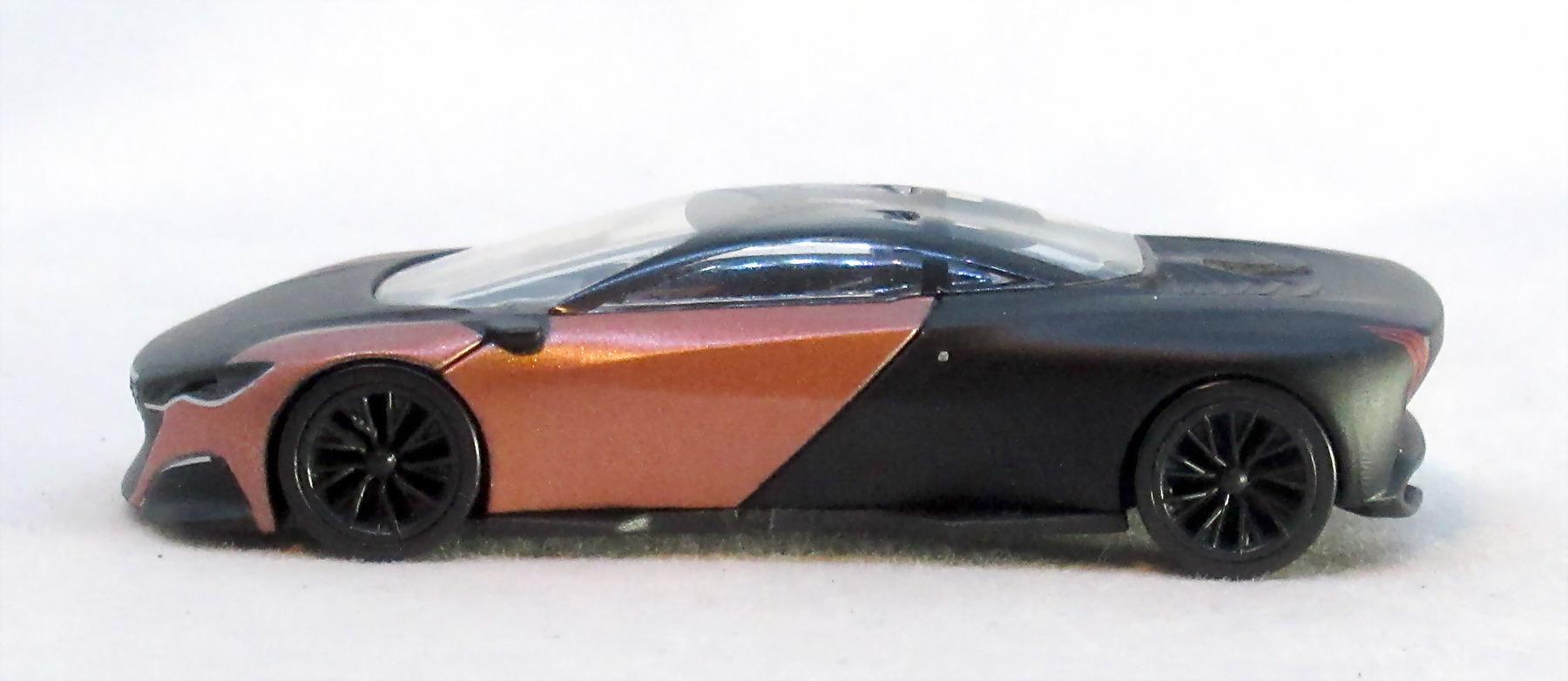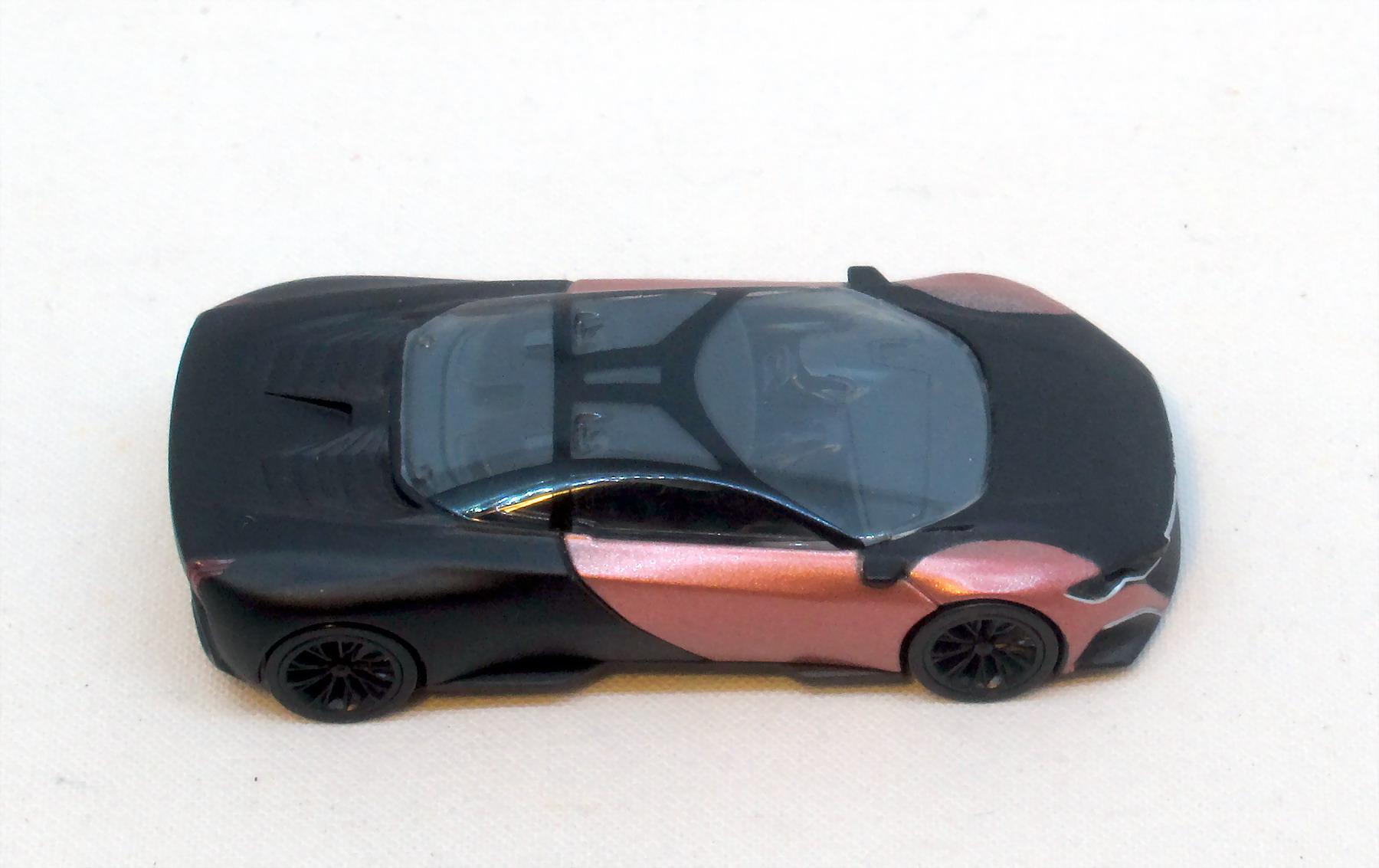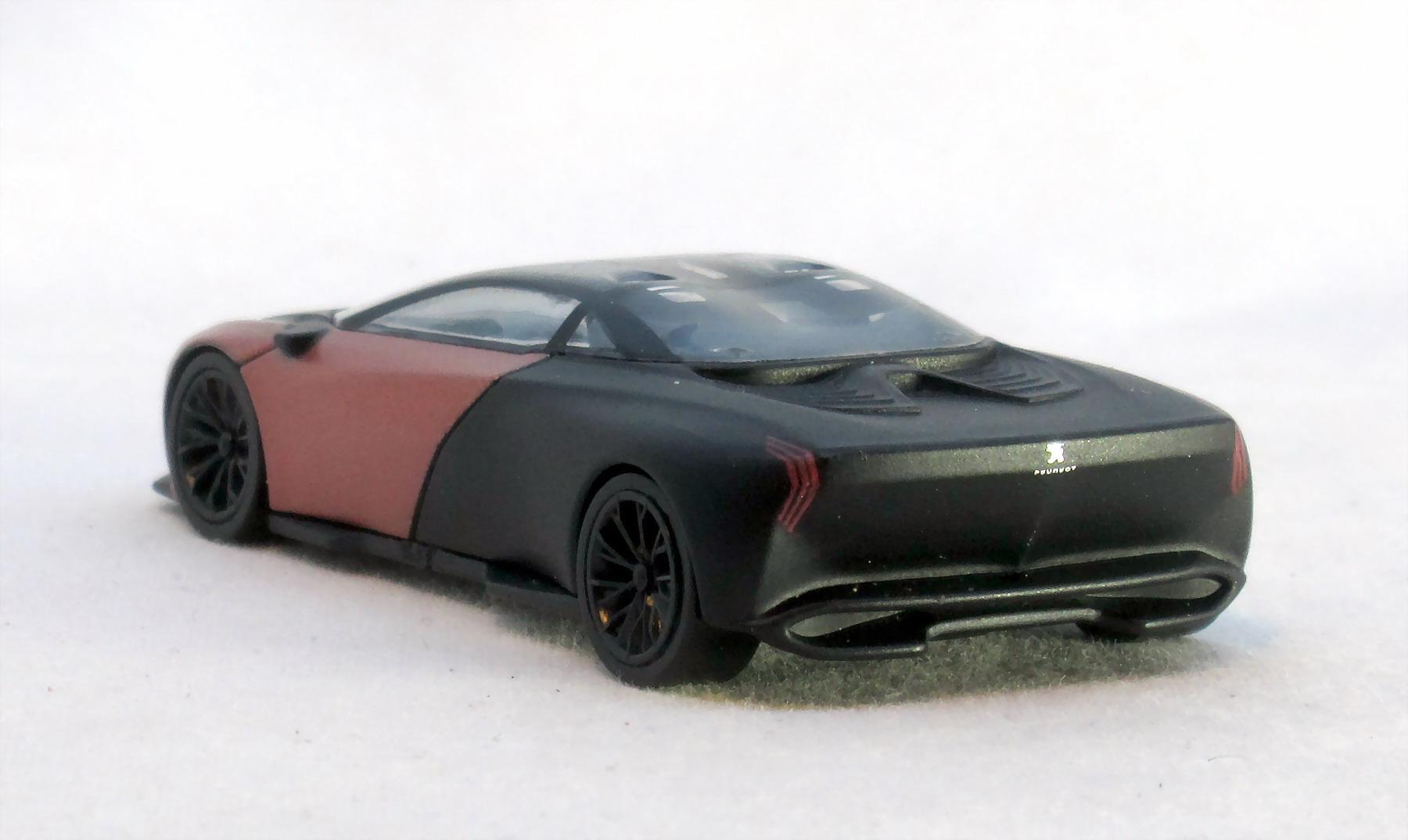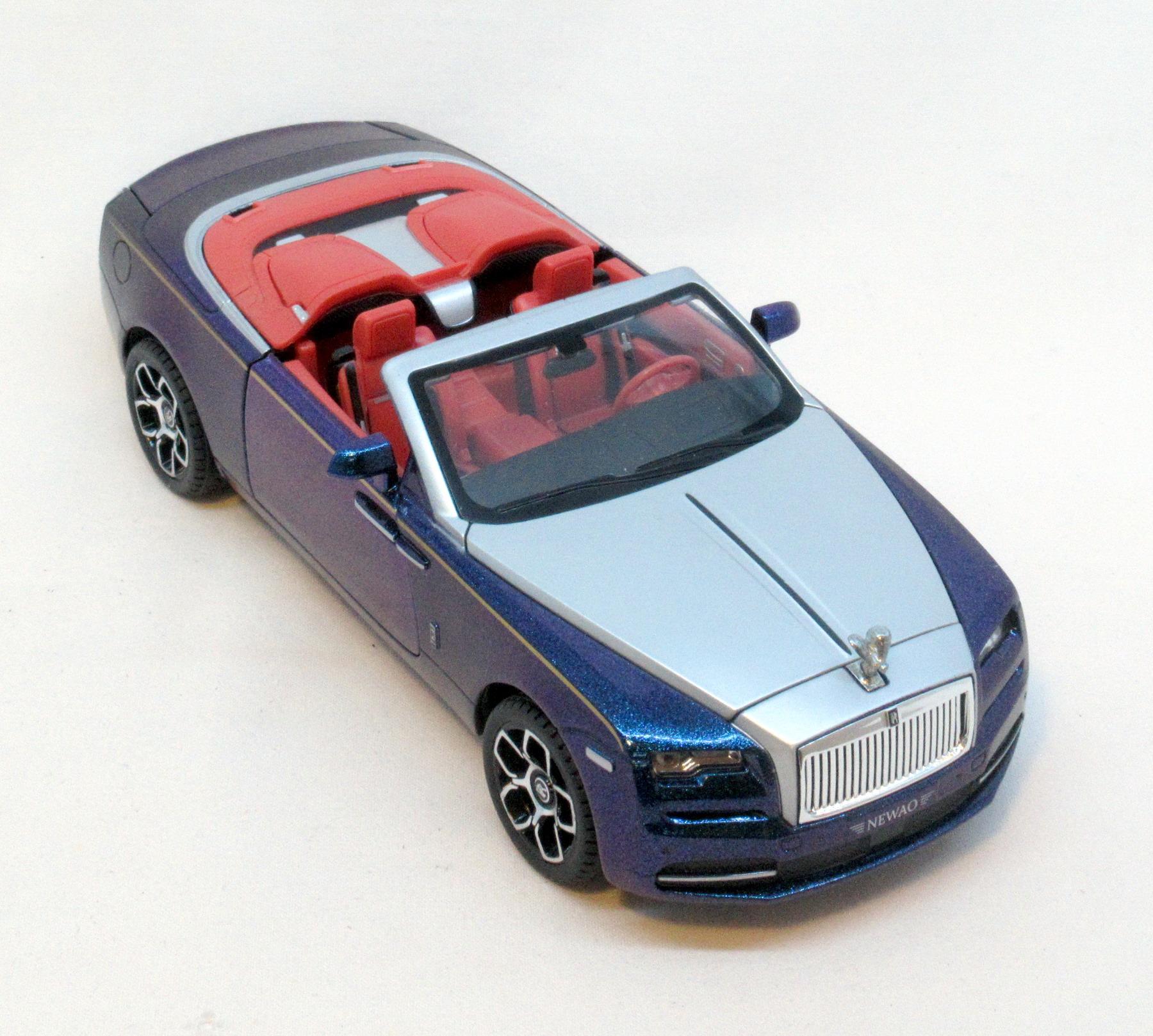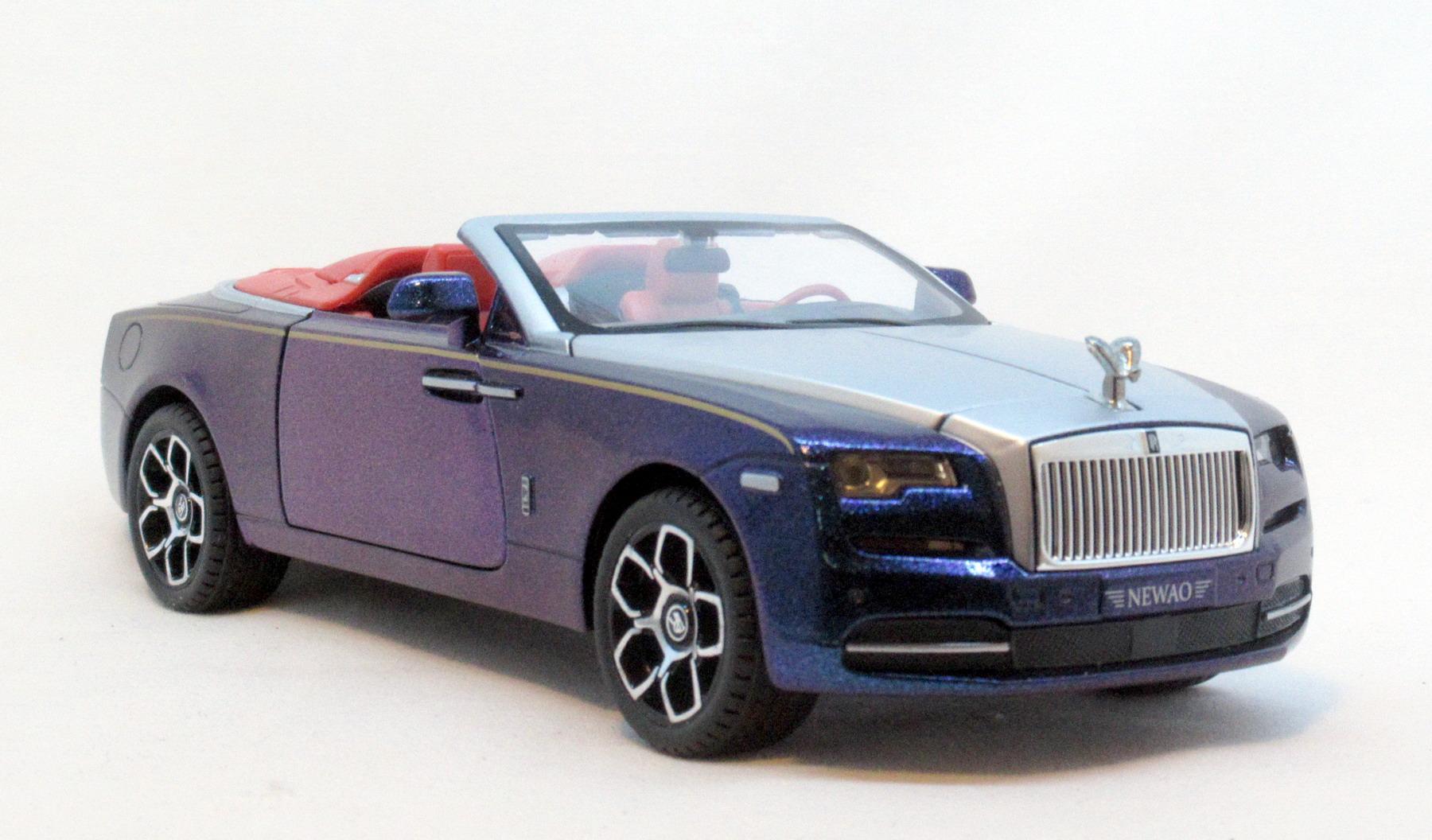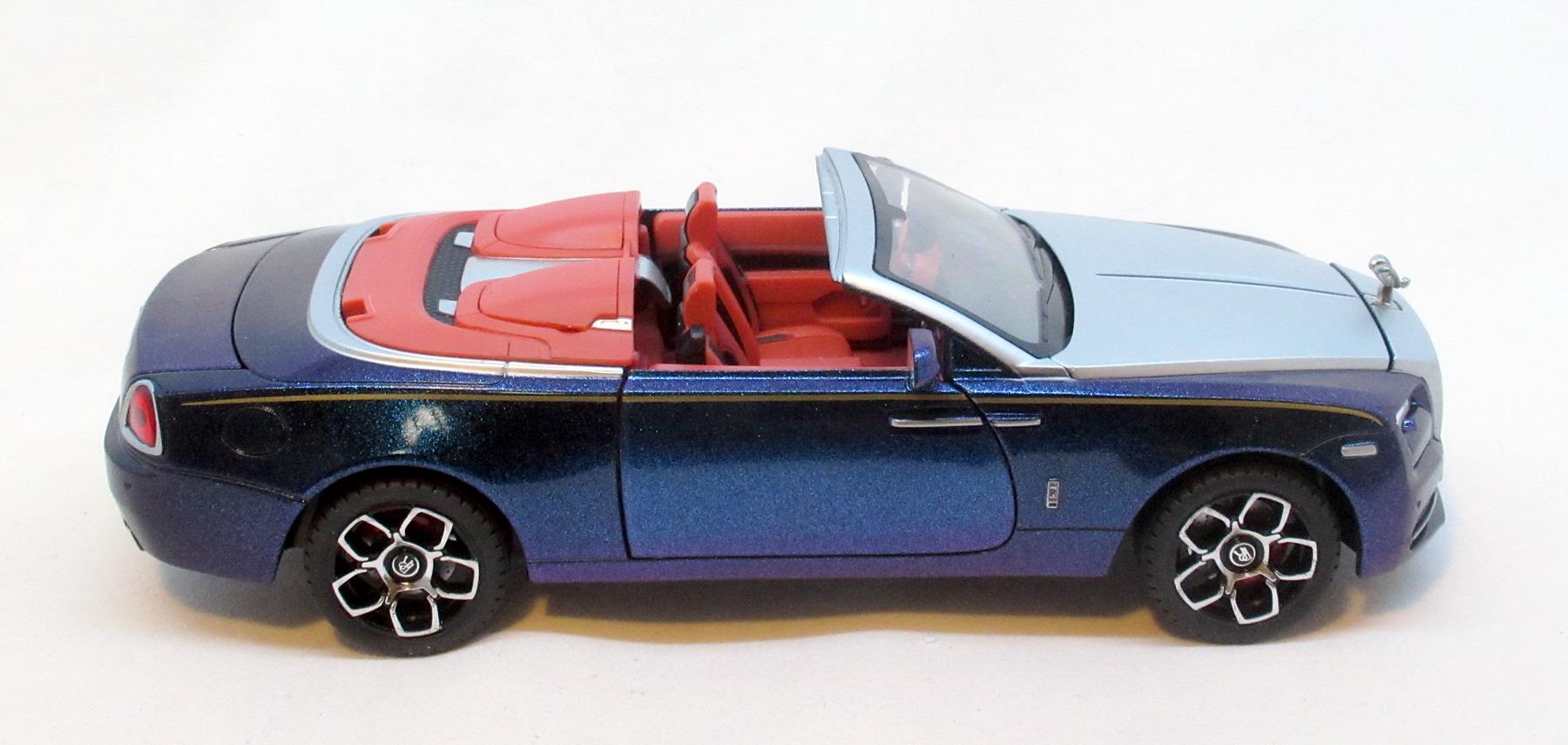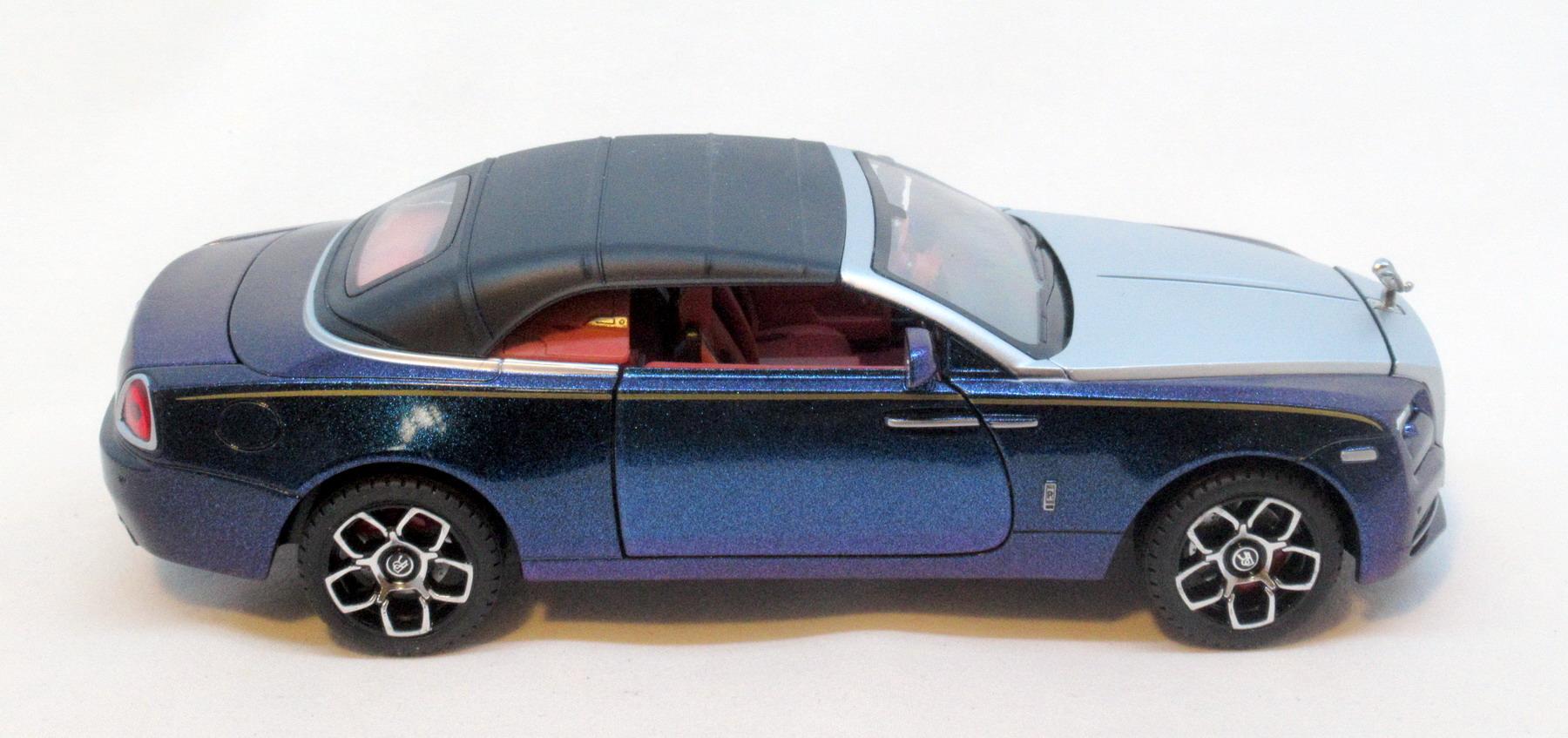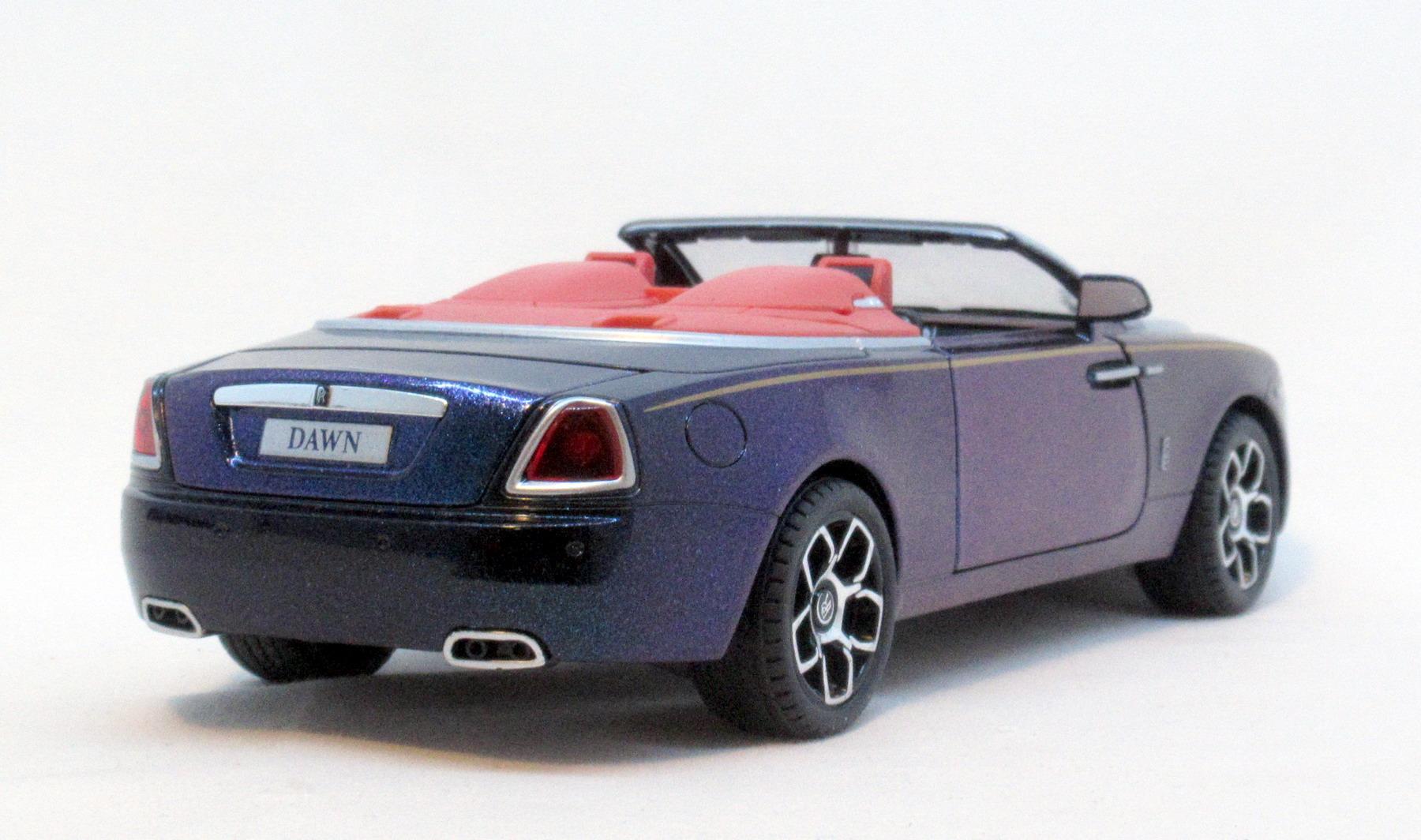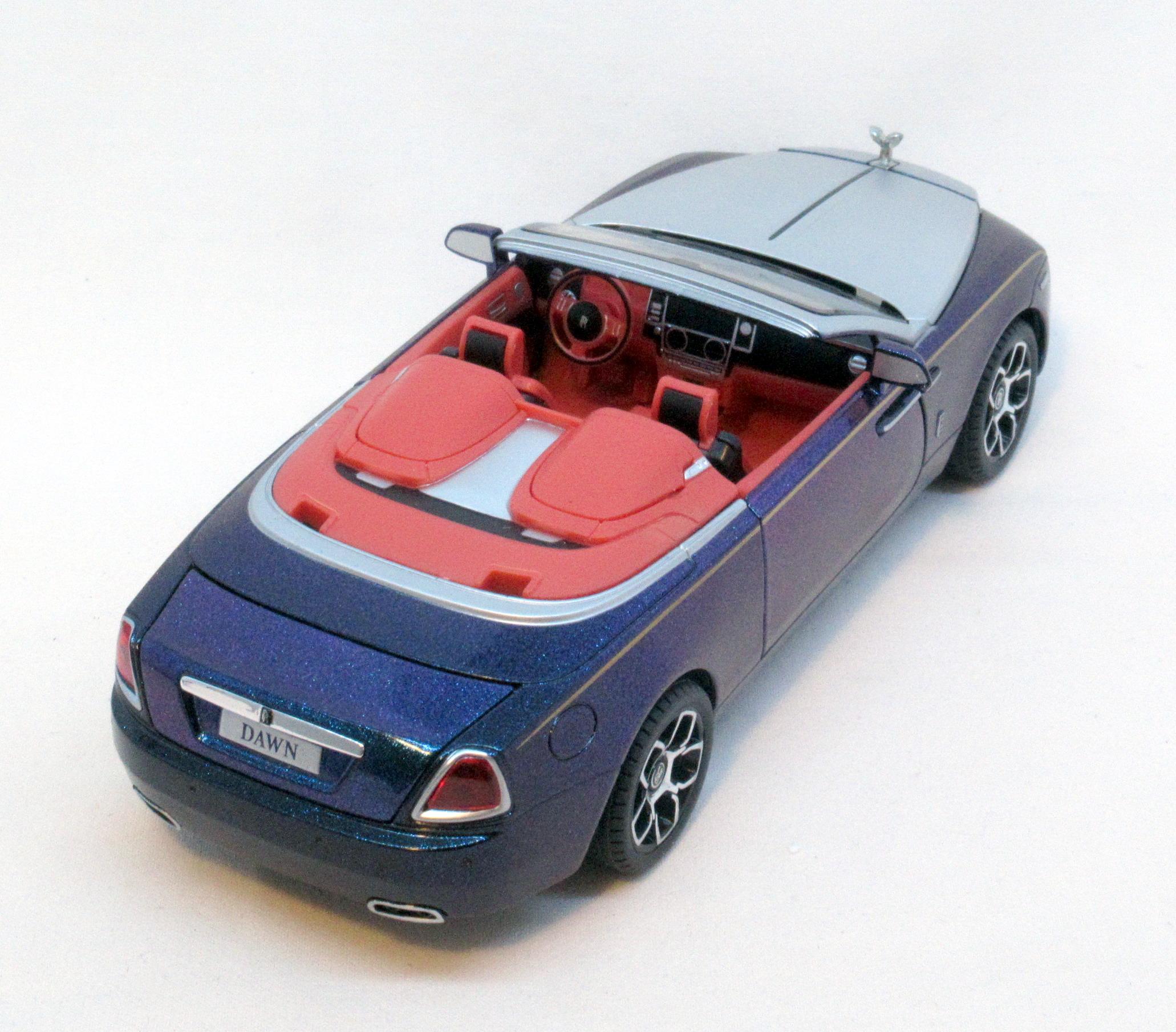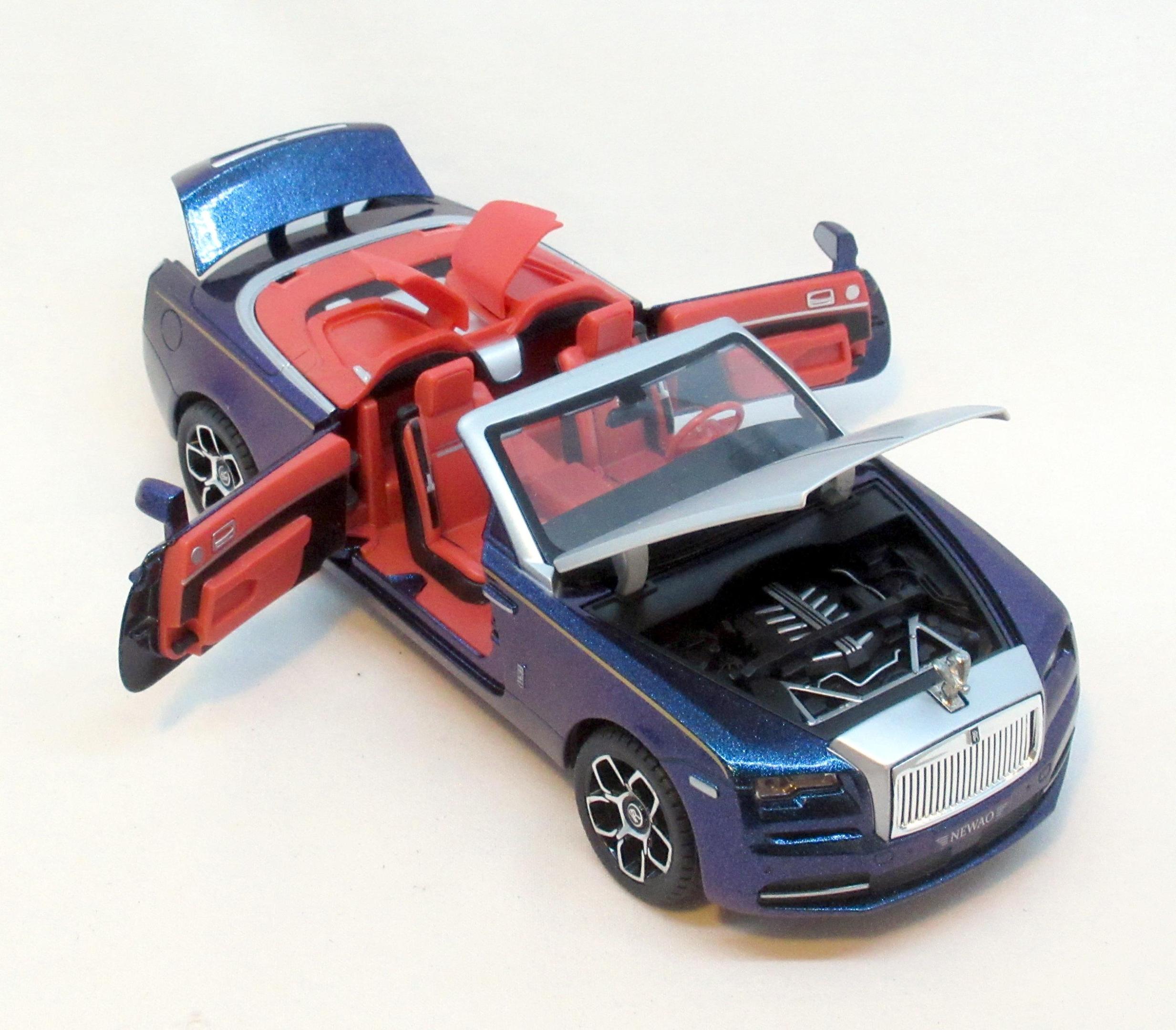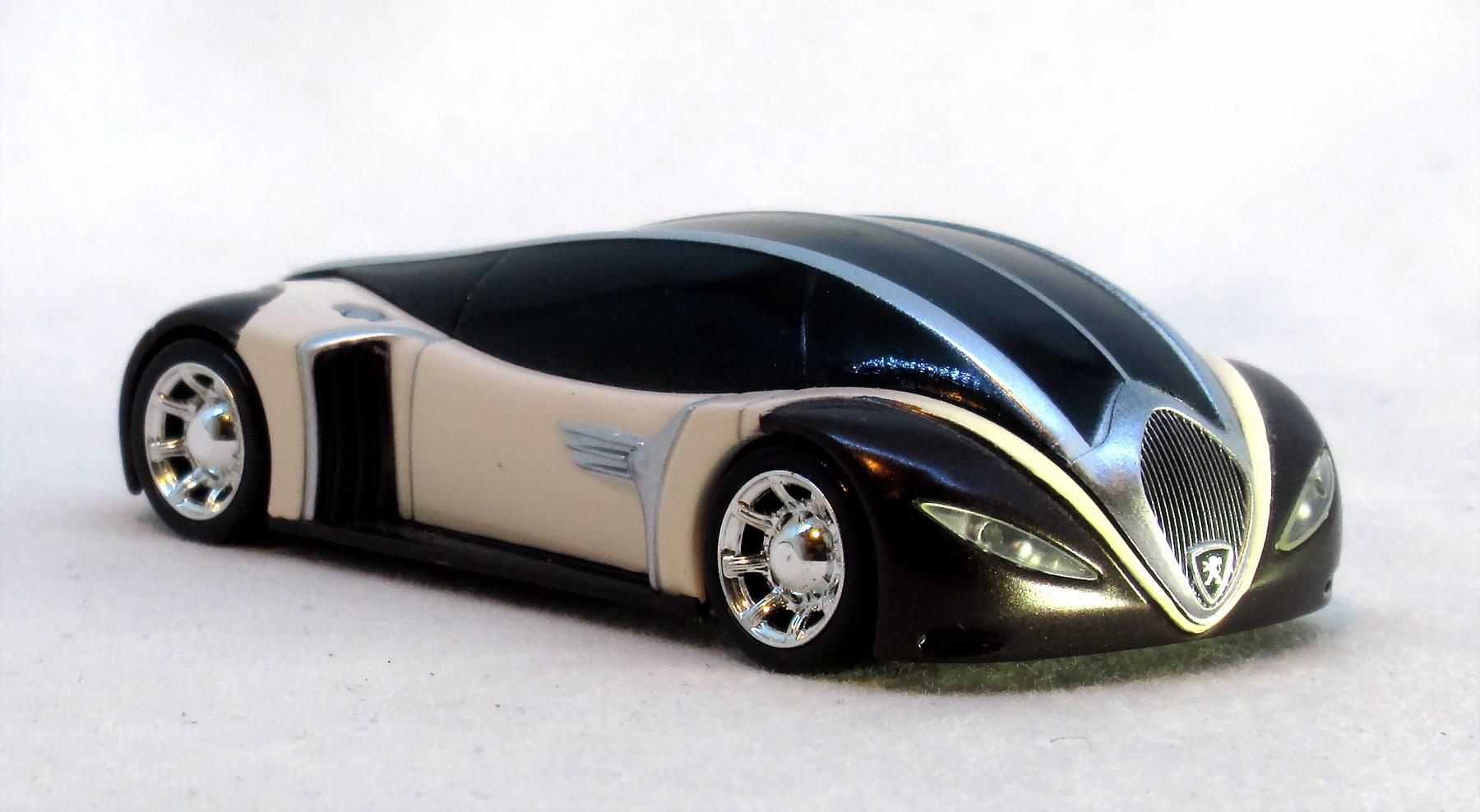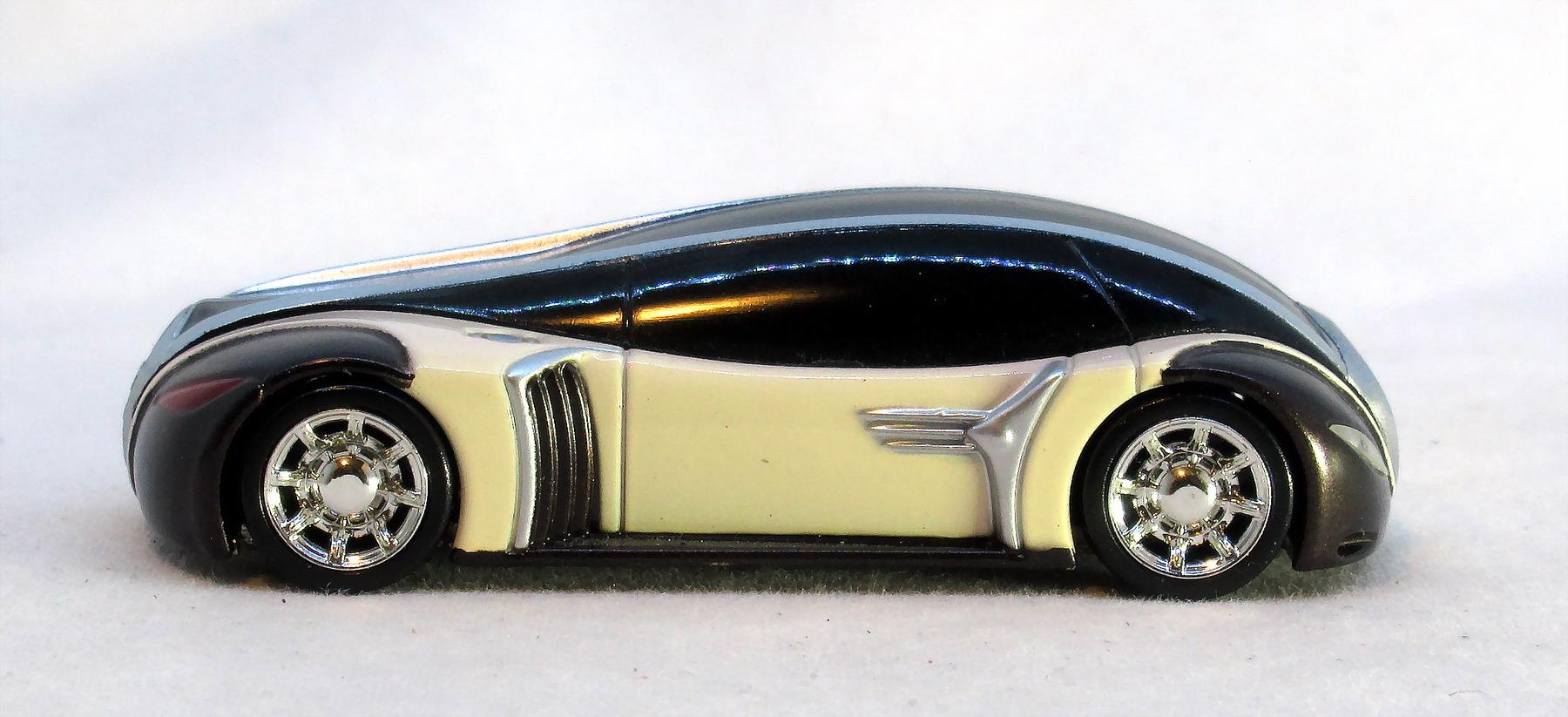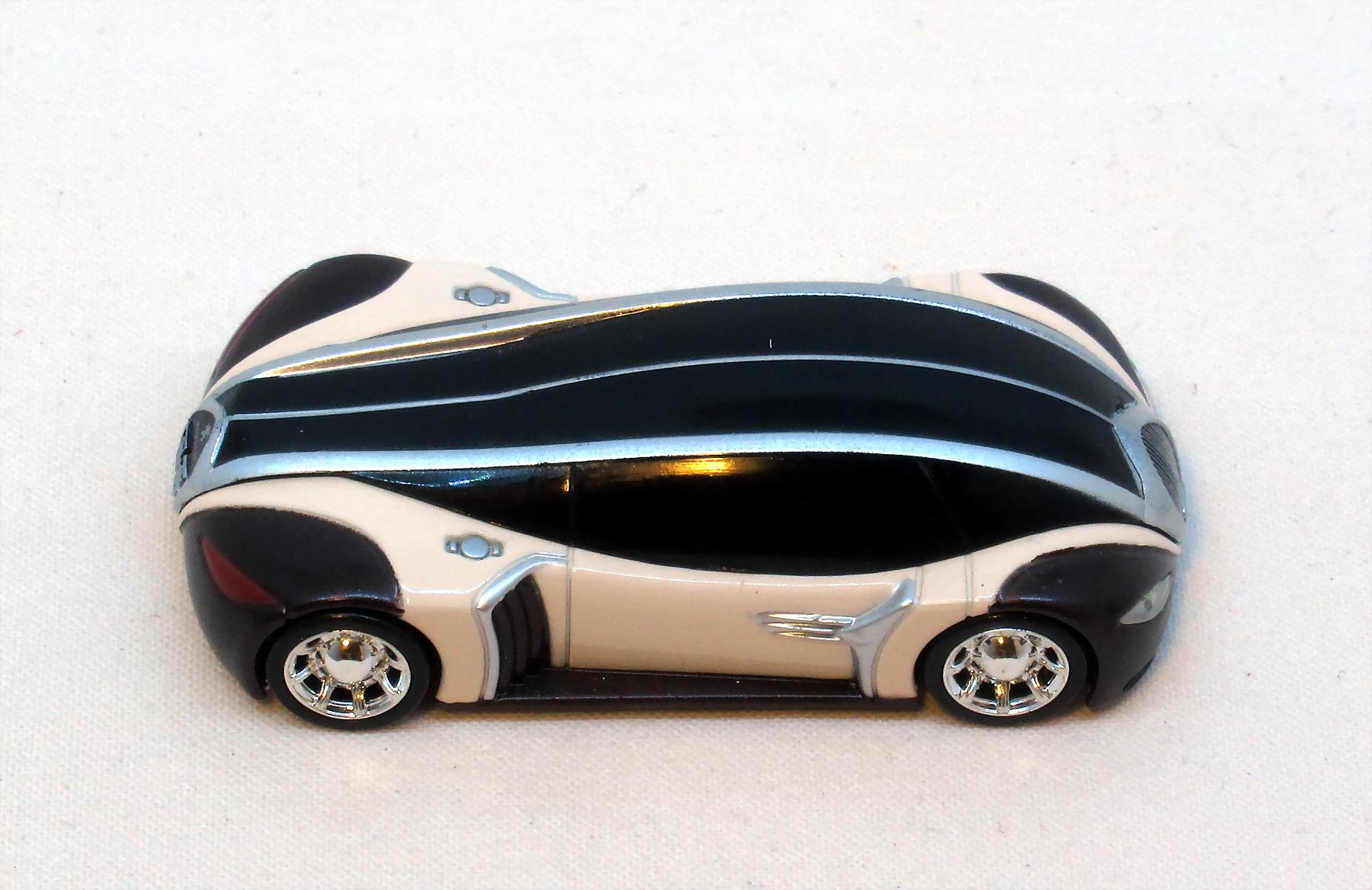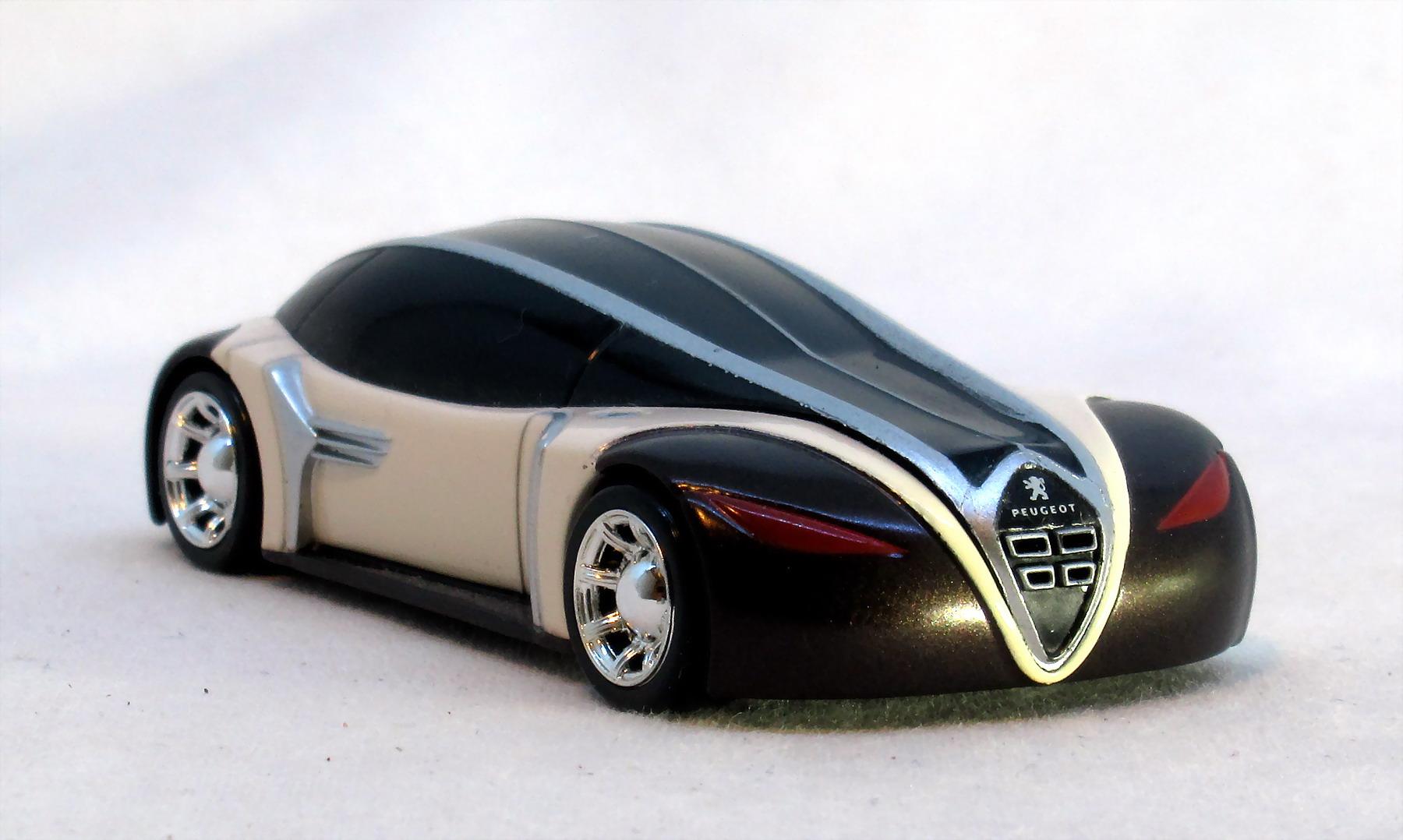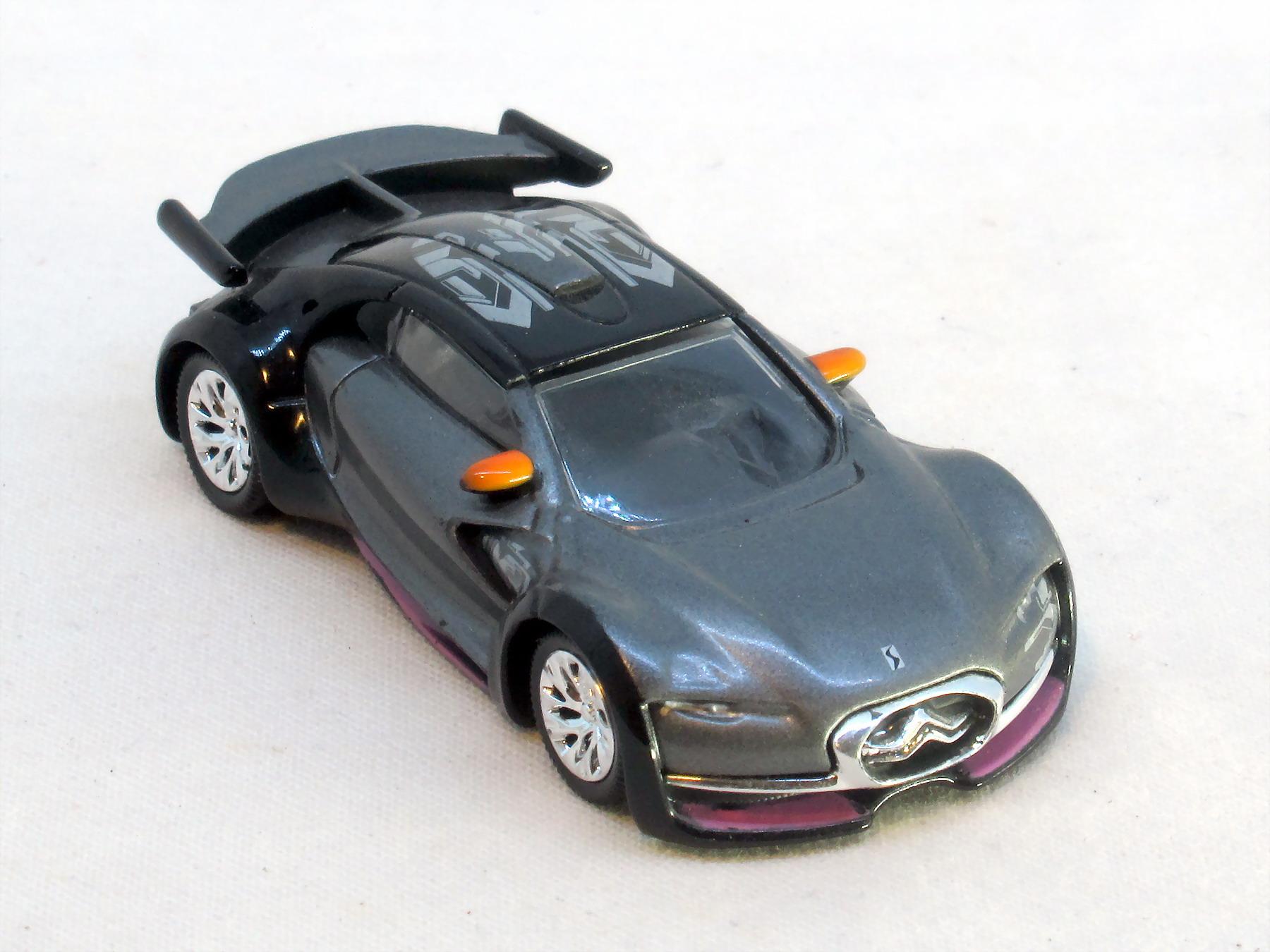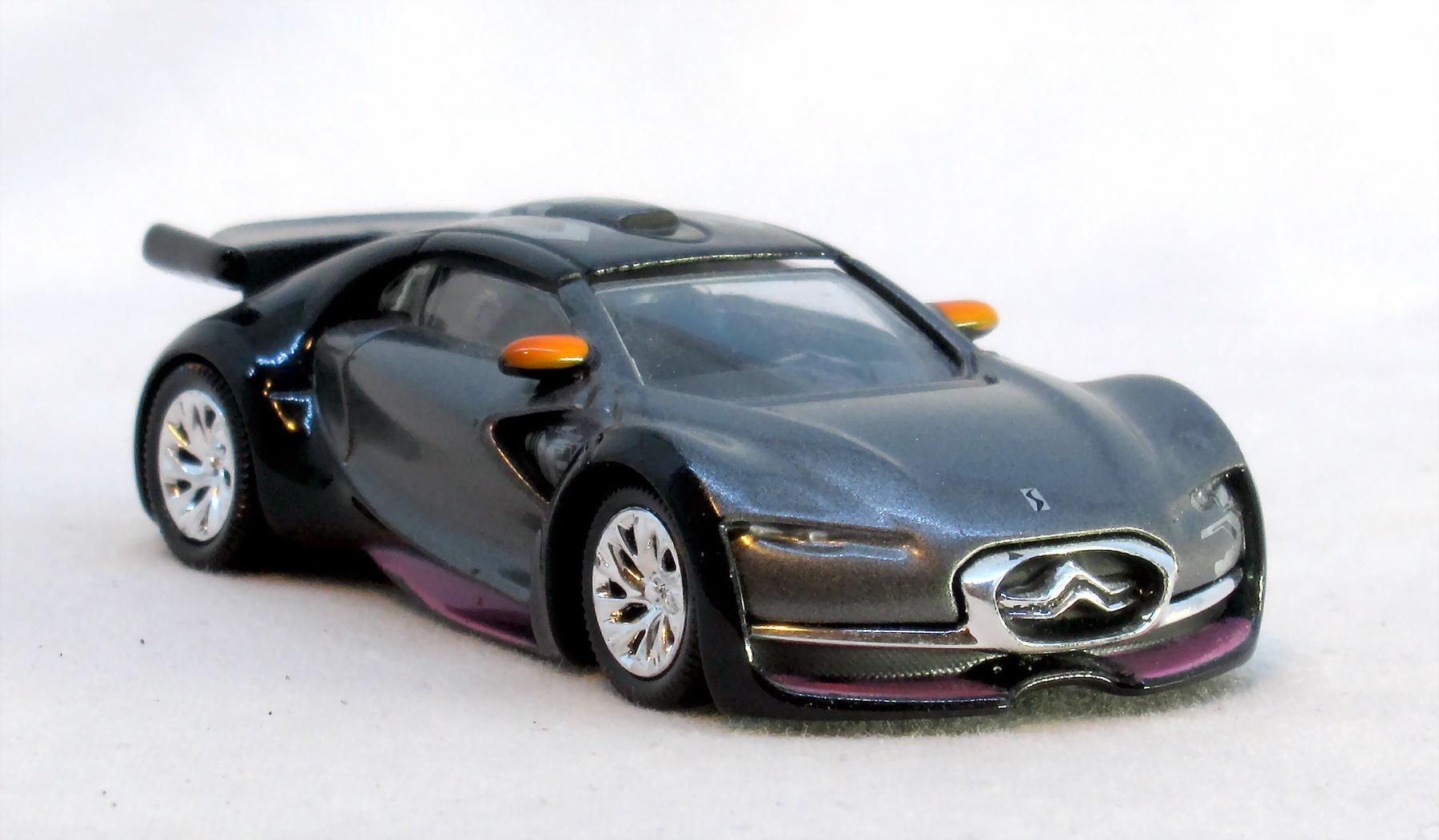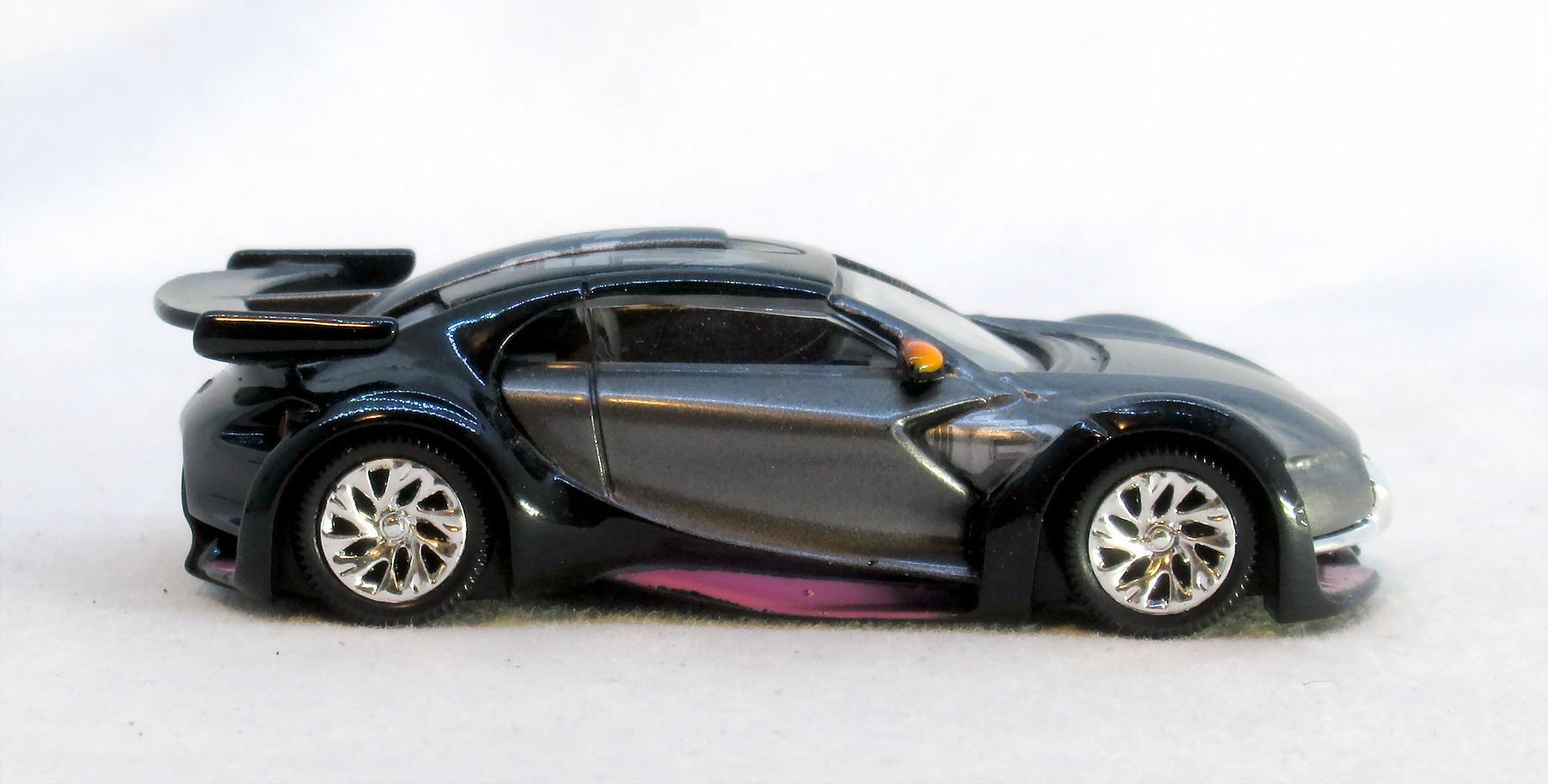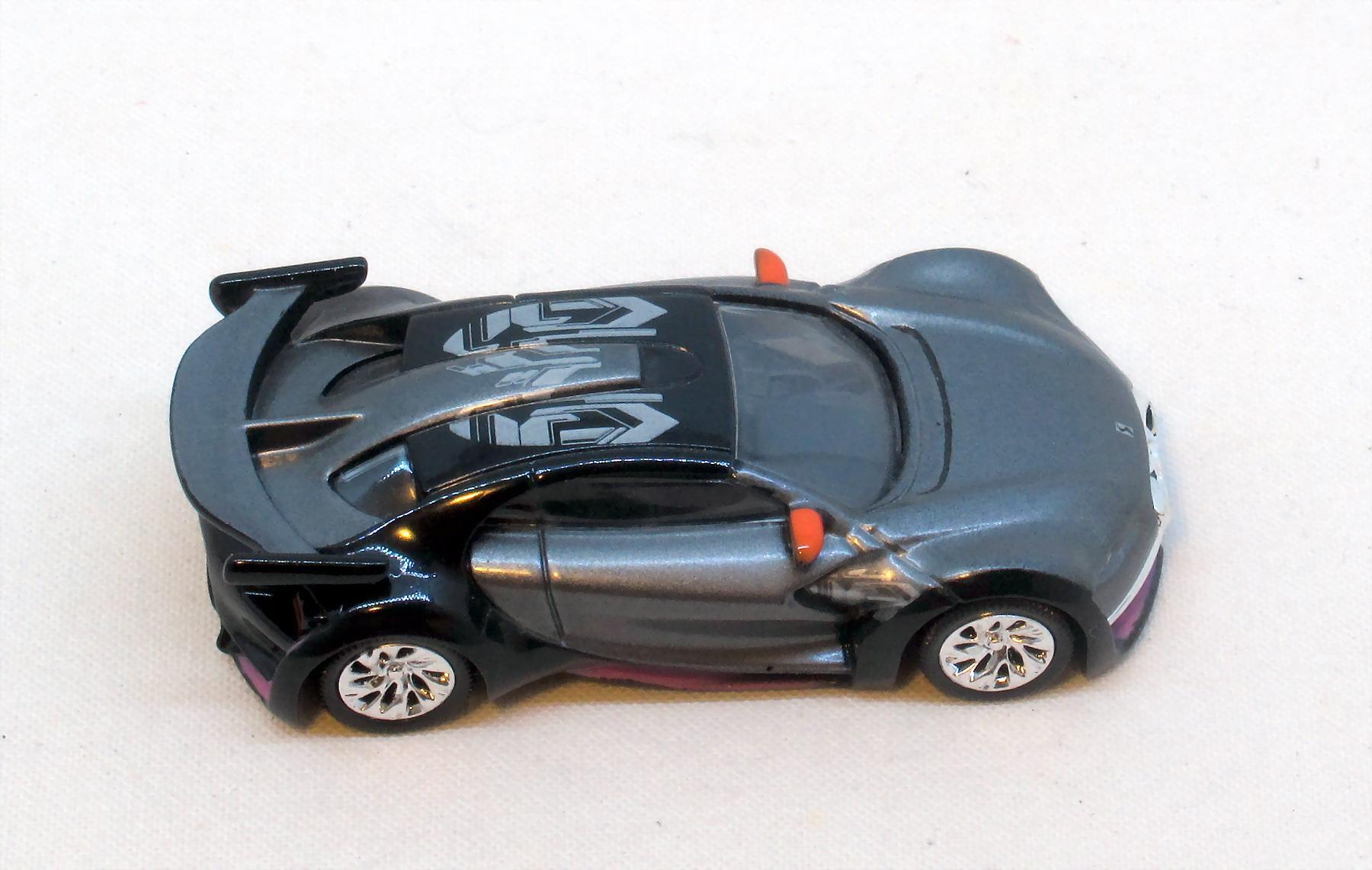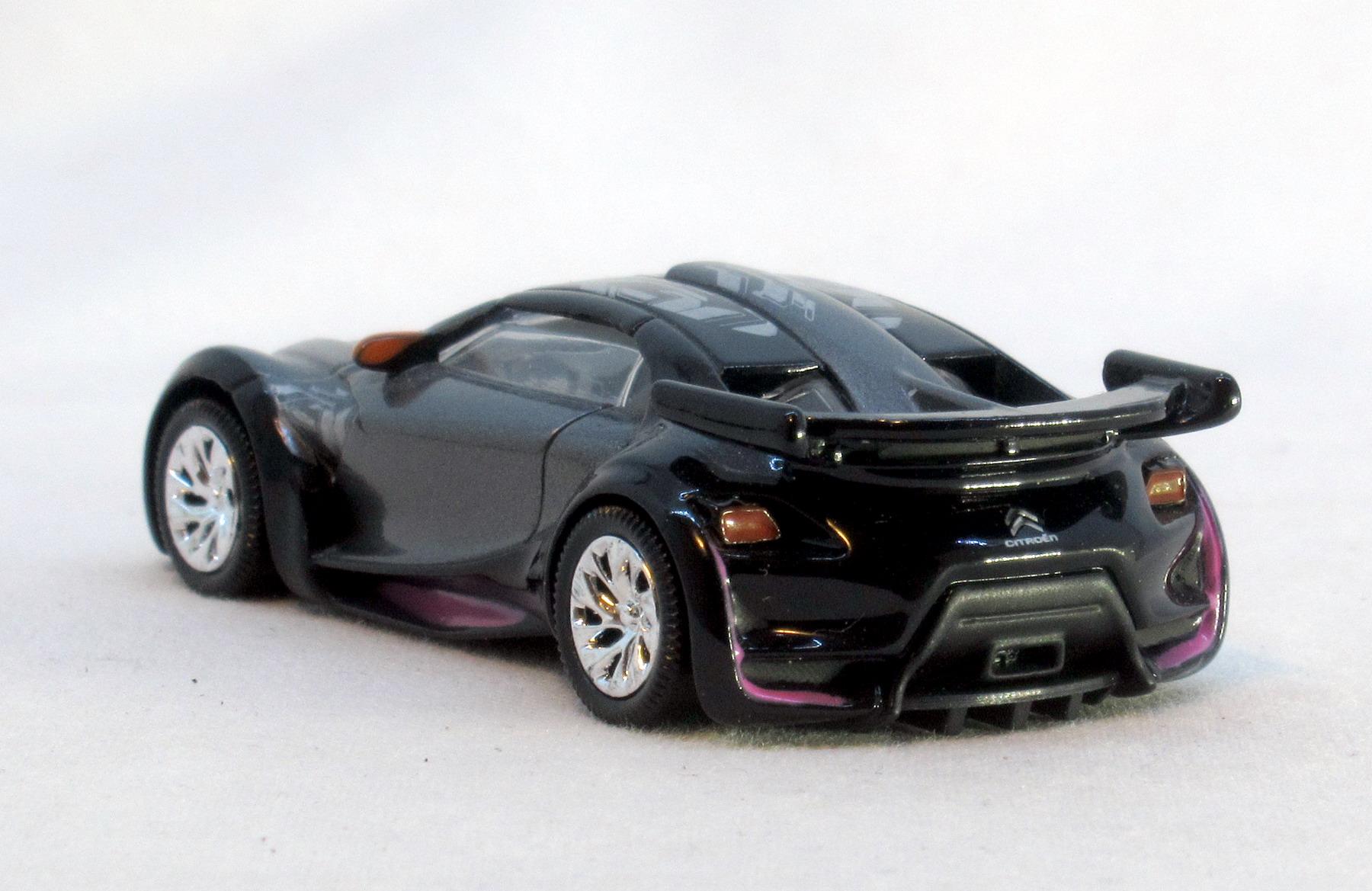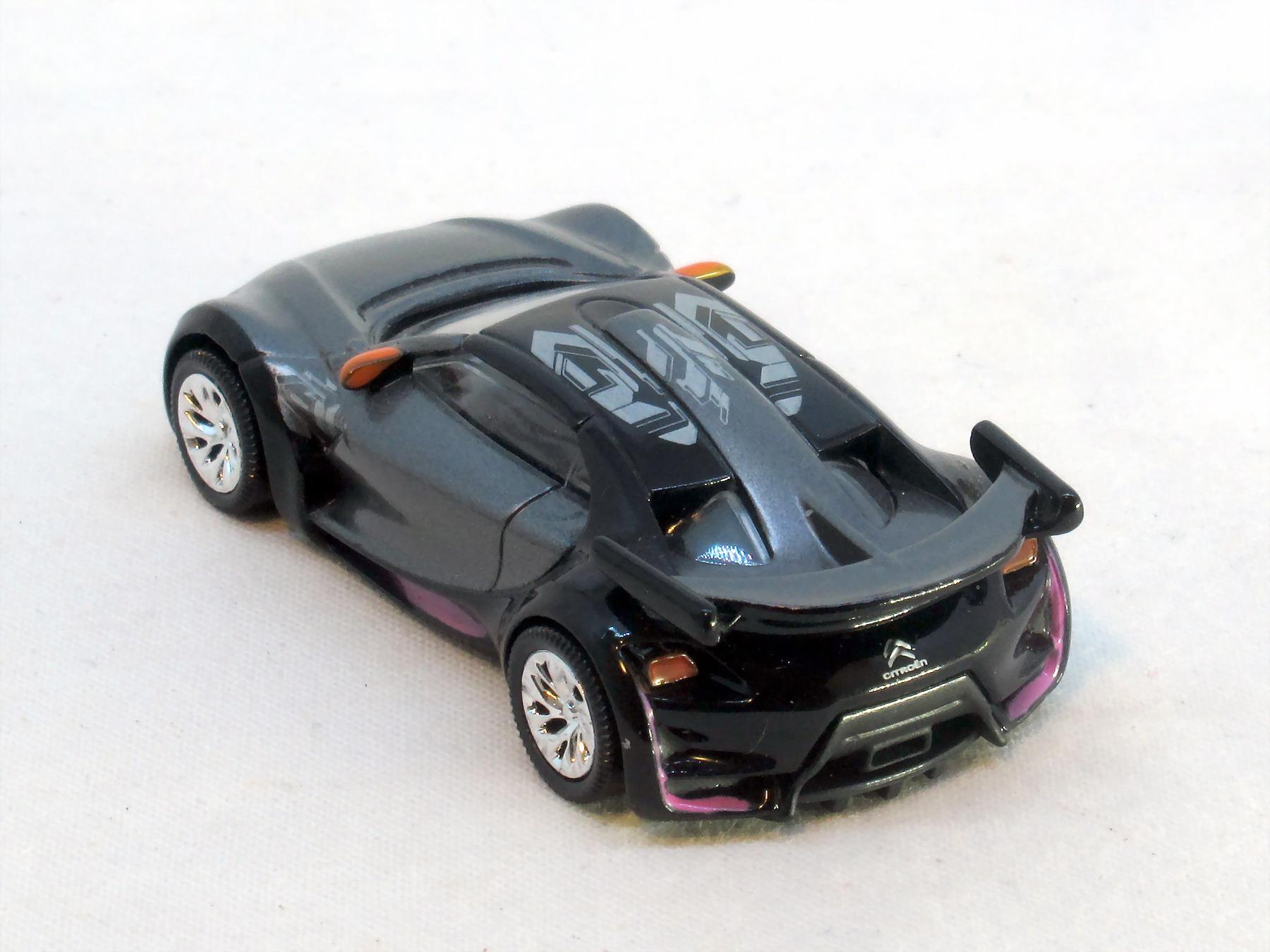-
Posts
476 -
Joined
-
Last visited
Content Type
Profiles
Forums
Events
Gallery
Everything posted by caapa
-
Dodge Copperhead Concept 1997 In 1997, Chrysler designers imagined a smaller, lighter, more affordable version of the mighty Dodge Viper and called it the Copperhead. Unveiled at the International Auto Show in Detroit, it was conceived as a sort of Viper light– a two-seat roadster with handling and open-air fun of Dodge's brutish V10 sports car, but with a V6 engine and a more practical price in the $30,000 range. The layout is a traditional sports car - long hood, short rear deck, not much overhang. The engine is a V6 with 2.7 litre and 220 HP power. The car it self was a parts-bin special: some elements were used in the construction from Dakota pickup, Sebring convertible, Eagle Talon and Neon. After the unveiling of the car Dodge received a complaint regarding ownership of the "Copperhead" name because this had already been registered by Billy Gibbons of the American rock band ZZ Top for his customized 1950 Ford Coupe. As a result, DaimlerChrysler unofficially renamed the car as the "Concept Vehicle". This made press kits or items with the Copperhead name collectibles. The model made by Maisto in 1:24 scale. I detailed the interieur. Enjoy the pictures.
- 442 replies
-
- 1
-

-
- conceptcar
- showcar
-
(and 1 more)
Tagged with:
-
Bugatti Centodieci 2019 Bugatti`s 10 piece limited supercar was „sold in just weeks.” as said Frank Heyl, head of exterior design for the company. The Centodieci pays tribute to the EB 110 1991. The unique body echoes, but does not slavishly mimic, features from the EB110. The car based on the Chiron with its 8,0 litre, four turbo, W16 engine 1600 PS. It accelerates to 100 km/h 2,4 sec, the top speed is 380 km/h. This is Bugatti's first car designed entirely in virtual reality. The job lasted only six months. And the Centodieci got the most advanced aerodynamics of any Bugatti yet: a complex rear diffuser, front channels that make the car’s front act like an inverted wing and together offering much more down force than a Chiron, with“air curtains” around the wheels. The total weight is 20 kg less than a normal Chiron. The car costed 8 million € in 2019. The model is made by JKM/China in 1:64 scale. Enjoy the pictures.
- 442 replies
-
- 1
-

-
- conceptcar
- showcar
-
(and 1 more)
Tagged with:
-
BMW Z4 M Coupe 2007 BMW introduced a new racing car for customer motor racing in Geneva Automobilsalon 2006. It based on BMW Z4 Coupe which was praised „this car is focused on one thing – driving and driver enjoyment.” Never wish a better base for a racing car. The car used the 3,2 litre 6-cylinder engine delivering about 400bhp with rear wheel drive. The curb weight is 1200 kg only and the car arrived 0-100 km/h in 5.0 seconds and the top speed is the usual limited 250 km/h. The price was € 250,000 (plus VAT) in 2006. The model made by Hotwheels in 1:64 scale. I completed the livery with decals and some paint according to a car raced in 2007. Enjoy the pictures.
- 442 replies
-
- 1
-

-
- conceptcar
- showcar
-
(and 1 more)
Tagged with:
-
Thank you Tony the nice comment. I enjoyed working on the model.
- 442 replies
-
- conceptcar
- showcar
-
(and 1 more)
Tagged with:
-
Cord 812 Pheaton Coupe 1937 It was the first American-designed and built front wheel drive car with independent front suspension. But not only this was new or unusual: the hood was rear-hinged, rather than the side-opening type more usual at the time, the doors with hidden hinges, exposed hinges were then the norm, the headlights folded into the front fenders, a design from the retractable landing lights of Stinson airplanes. The car was powered by a Lycoming V8 supercharged engine, 4739 cc, 198 ps. The acceleration was 0 - 100 km/h in 13, 5 sec, top speed 181 km/h. For Amelia Earhart, the pioneering aviator fueled by adrenaline, the Cord 812 was the ideal land vehicle. In 2021 the Concours D’elegance judges awarded her restored vehicle a ‘Second in its Class Award’. The design of the Cord 810/812 remains one of the most distinctive of the 20th Century. The model made by Franklin Mint 1:24 scale. I saw a Cord 812 Convertible coming towards me on a small side road one day and my wife and I were delighted at the rare sight. The following weekend I found this model at a flea market, in very poor condition. Only the paintwork on the body was almost immaculate. So than I made a full repair and restauration. Everyting what were damaged or missing on model got scratchbuilt replacement: front- and rear bumpers, windscreen, a new steering connecting rod, the boot new handles and hinge to replace broken one. The passenger compartment needed a thorough cleaning from dust and glue residues. I ended with some detail painting in engine bay the reconstruction. Enjoy the pictures.
- 442 replies
-
- 1
-

-
- conceptcar
- showcar
-
(and 1 more)
Tagged with:
-
Bizzarrini Manta Giugiaro Concept 1968 The Manta was one of Giorgetto Giugiaro’s first independent designs as an independent consultant. He used it to promote and launch Ital Design in Turin. Italdesign was founded on Febr 13.1968 and Giugiaro can't miss the date with Turin Motor Show in April. So the car must be ready in only 40 days. Built from Bizzarrini parts with a Corvette V8 355 bhp engine inserted mid-longitudinal. The design was rather extreme for that time: the windscreen raked 15°, this solution will impose the use of a „venetian blind” window immediately under the windscreen, manoeuvrable from the inside, that permits to the driver to increase the visibility in city drive, the driver seats in the middle of the interior with a passenger on either side. The original colour was acid green with orange ornament, later was repainted to metalic grey. The model made by Corgi in 1:64 scale. I repainted to the original colour combo, gave new wheels with rubber tyres and detailed the interior. Enjoy the pictures.
- 442 replies
-
- 1
-

-
- conceptcar
- showcar
-
(and 1 more)
Tagged with:
-
- 442 replies
-
- conceptcar
- showcar
-
(and 1 more)
Tagged with:
-
-
Porsche Carrera GT 2004 Its debut appearance was in prototype form at the Paris Motor Show 2000 – an event itself which caused such an explosion of interest that Porsche knew their dream needed to be made a reality. The car was initially intended to use a turbocharged flat-six engine, but was later redesigned to use a 5,7 L V10 engine with 612 PS. The V10 was a unit secretly built by Porsche for the Footwork Formula One team in 1992, but later shelved. The only modifications were those to meet worldwide emissions and noise regulations for road legal cars. In typical Porsche fashion, the ignition is present to the left of the steering wheel. This placement dates back to the early days of Le Mans racing when drivers made a running start, hoped into their cars and started them and began the race. The placement of the ignition enabled the driver to start the car with the left hand and put it in gear with the right. During the first year of GT production was the gear shift knob made out of beech wood to enable the transfer of heat from gearbox to shift knob. A road test in June 2004 by Car and Driver showed that the car can accelerate from 0–60 mph in 3.5 seconds, 0–100 mph in 6.8 seconds and 0–130 mph in 10.8 seconds. The official top speed is 330 km/h. „It’s the kind of car that will deliver the goods all day, every day, for the rest of its lifetime without hiccup or complaint”writen by CAR magazine. The model made by Motormax in 1:24 scale. Enjoy the pictures.
- 442 replies
-
- 1
-

-
- conceptcar
- showcar
-
(and 1 more)
Tagged with:
-
Rolls Royce Phantom III. 1936 The Phantom III was the last car that Henry Royce worked on – he died, aged 70, a year into the Phantom III's development. The 727 V12 chassis was produced from 1936 to 1939. The engine was 7300 cc great and 180 HP, the car weight 2,6 t. Approximately 650 have survived. In 1964, 25 years after the end of production, one of the survivors, a black and yellow one, was driven by the chauffeur of Auric Goldfinger in the James Bond film, knowing that its great strength would be able to hold the weight of the vast amounts of gold that he smuggled around Europe. The Rolls-Royce Phantom III used in Goldfinger also still exists and has appeared at some recent events and exhibitions. The model is made by Corgi in 1:64 scale. I painted the tyres whitewall but only newly found picture of the movie car and the spare wheels should be painted too. Enjoy the pictures.
- 442 replies
-
- conceptcar
- showcar
-
(and 1 more)
Tagged with:
-
Mc Laren GT 2019 It is the company's first dedicated grand tourer with more comfort and luxory but Mc Laren like great performance. The engine is 4.0 L twinturbocharged V8 with 620 PS. The top speed is 326.7 km/h, accelerate from 0–97 km/h in 3.1 seconds, and 0–200 km/h in 9 seconds. The interieur has new, more comfortable seats and standard Napa leather upholstery. A 7-inch touchscreen infotainment system mounted in the center controls and a 12.3 inch driver information display which changes in layout depending on whether Comfort, Sport or Track mode is selected. Officially, the boot has a 420-litre laguage capacity, but it’s a slightly awkward shape with two decent-sized compartments. An additional cargo area between the front wheels offers a further 150 litres, in fact meaning an impressive 570 litres in total. The price is about $200,000 or more depending on extras. The model made by Welly 1:60. Enjoy the pictures.
- 442 replies
-
- conceptcar
- showcar
-
(and 1 more)
Tagged with:
-
Mercedes 500K Spezial Roadster 1936 This Spezial Roadster, , is one of the most beautiful examples of the type 500K. Only 25 of these luxuriously finished roadsters were manufactured out of a total of 350 type 500Ks. The car is equipped with a five-litre, supercharged eight-cylinder engine, generating 160 hp; even without the compressor it could produce 100 hp. There was a black 500k Roadster in the UK the first delivered one with right-hand drive. The first owner sold it to a butcher who regularly drive the car 2 years long. After than he stored in his barn and no more drove it but nor want to sell it. It was rediscovered some 30 years later. . At the end of the eighties the car was sold at a Christie’s auction at Beaulieu in 1988 for an astonishing record amount of 1,585,000 Pound sterling (3.6 million euros)! At the time it was the most expensive Mercedes that had ever been auctioned and the second most valuable car in the world. As far as is known ‘the butcher’s car is one of only 2 right-hand drive ‘Spezial Roadsters’. The car is now in the Louwman Museum in The Hague. The model is made by Jinlifang/China in scale 1:24. The model isn`t the „Butcher car”. Enjoy the pictures.
- 442 replies
-
- 1
-

-
- conceptcar
- showcar
-
(and 1 more)
Tagged with:
-
Hi Rick, thank you for the information. So it is the movie makers joke. I got from an Ebay seller a Ferrari F40 with 4 seats and no place for the engine (no name on base, Made in China only) as a gift aside the ordered one. He said it isn`t an error it`s OK. I tought it happened at HW something similar.
-
I got newly this Hotwheels Corvette `56 with 4 seats (2+2). Built Chevrolet such a car ever ? Or it is the result of the "freedom" of a toy designer ?
-
Pontiac Firebird Trans Am 30th Anniversary Edition Convertible 1999 Pontiac released a limited run of 1,600 pc 30th Pontiac Firebird Trans AM Anniversary Special Edition models, 1,165 coupes and 535 convertibles. The power plant is GM’s new-generation, all-aluminum 5.7 LS1 engine with sequential fuel injection, functional Ram Air induction and low-restriction dual exhaust, good for 320 HP—greater than the famed 455 Super Duty of the 1970s. Pontiac used the festivities of the Daytona 500 and selected thirty of their best Pontiac dealers to attend this event and to drive one of these 30th Anniversary Trans Am Convertibles with special livery in the pre-race parade lap and enjoy activities of the the day, as their guest. At the conclusion of the day, the car became assigned to their dealership, as part of the Pontiac Division Dealer Drive-Away program. The special decal package could be purchased with the car under $500 for general consumer. The model made by Greenlight in 1:64 scale. I didn`t purchased the decal set for $500 with my „car” but I made myself. I had just finished the decoration as I saw that Greenlight prepared a decorated variant too. Enjoy the pictures.
- 442 replies
-
- conceptcar
- showcar
-
(and 1 more)
Tagged with:
-
Panther 6 1977 Robert Jankel was the owner and founder of small British sports car maker Panther Westwinds and was strongly influenced by Ken Tyrrells Formula One six wheeler the P34 In 1976. He began to build a car in secret at Jankel’s home,even not all the Panther employees saw it until six weeks before the unveiling. The Panter 6 was powered by a mid-mounted 8.2 L Cadillac V8 engine with twin turbochargers paired to a three-speed automatic transmission. The rear wheels are with Pirelli 265/50VR16 tyres, and the two pairs of smaller steerable front wheels are with Pirelli 205/40VR13 tyres . The car featured a tonne of luxuries: the suede interior featured a handheld telephone in each door pocket, a television and even a combination lock for the storage compartments. There was built 2 cars only. The price was close to 40,000 GBP – too much for a supercar with nearly unknown name. Claims for the top speed of this vehicle suggested it was capable of over 200 mph (322 km/h) Nobody tested it. The model made by Tonica 1:67 scale. The painting is identical to that of one of the cars, the other one is black. I dislike the black colour for so little cars. Enjoy the pictures.
- 442 replies
-
- 1
-

-
- conceptcar
- showcar
-
(and 1 more)
Tagged with:
-
Mercedes AMG One 2022 Built to become a legend: the Mercedes-AMG ONE. Inspired by Formula 1, peppered with superlatives, made for the road – as announced by Mercedes. It is a limited-production plug-in hybrid sports car with mid-engine and all wheel-drive. The engine is a 1.6 L V6 Hybrid E-turbo with 1 MGU-H turbocharger, 1 MGU-K E-motor and 2 front-axle E-motors. The combined output is 1,063 PS, top-speed 352 km/h, 0-100 km/h 2.9 sec, 0-300 km/h 15.6 sec. The interieur is mostly minimalist and driver-focused, continuing the F1 theme. Just 275 will be built, and each cost somewhere around £2.3 million. Nico Rosberg was one of the first owners and he went straight to the factory to take delivery and enjoy it as soon as possible. The model made by Jinglifang/China 1:24 scale. A little titbit: there is a flap section on the rear wing which can positioned separately from the wing. This is the two-part extendable rear wing with DRS in a modelled form. Enjoy the pictures.
- 442 replies
-
- conceptcar
- showcar
-
(and 1 more)
Tagged with:
-
Hi Matt, Yes, these copper panels are not very practical for all days car use. By the other hand who will wait decades till the copper gets its typical patina similar to architectural elements ? If somebody prefer that colour can paint it.
- 442 replies
-
- conceptcar
- showcar
-
(and 1 more)
Tagged with:
-
Peugeot Onyx Concept 2012 The Peugeot Onyx Concept is a V8-powered supercar that features a unique use of materials, with a bodywork in carbon fiber and copper and an interior with recyclable felt and wood produced from used newspapers. The exterior design features a distinctive treatment with tight surfaces and sharp lines giving form to a sculptural, elegant body. The most striking features is the unique mix of materials, with contrast between the polished copper metal panels and the matte black carbon fiber surfaceses. The copper parts do not have additional surface protection, so they are intended to “age” and change their appearance with time similarly to architectural elements. The interior is minimalist, and continues the use of alternative materials: all soft surfaces, including the four seats, are made from boiled wool felt with interlocking fibres. The hard surfaces of the dashboard, door panels and center tunnels are made with the so-called „Newspaper Wood”, a material produced from used newspapers, assembled and compressed to create the illusion of wood veins through the print type. All are fully recyclable. The model made by Norev in 1:64 scale. Enjoy the pictures.
- 442 replies
-
- conceptcar
- showcar
-
(and 1 more)
Tagged with:
-
Rolls Royce Dawn Silver Bullet Speedster 2022 It is based on the standard Dawn convertible. However, the Silver Bullet’s rear seats have been removed, and in their place is a set of aero cowlings covered in cowhide. Under the elongated hood lies the same twin-turbocharged 6.6-litre V12 found in the standard Dawn, with a herculean 563 HP. Despite its hefty 2630 kilogram weight, the roadster can sprint from 0-100km/h in just 5.1 seconds. It’ll certainly feel like a bullet. Just 50 examples of the Rolls Royce Dawn Silver Bullet have been produced with a price of $893,000. The vehicle has created a new reputation for the sporty models of Rolls-Royce, traveling at high speed with precision. The model made by Newao Toys in 1:24 scale. Enjoy the pictures.
- 442 replies
-
- 1
-

-
- conceptcar
- showcar
-
(and 1 more)
Tagged with:
-
Peugeot 4002 Concept 2004 The Peugeot 4002 concept supercoupe was, without question, the most fabulous concept at this year's Frankfurt show. In 2003 the winner of Peugeot's second design competition was a 32-years old graphic artist from Germany named Stephan Schulze. He used design elements of classic Peugeot models as the gorgeous 402 of 1936 and he was awarded with 5000 €. Next year Peugeot built the winner design in 1:1 scale for the Frankfurt Auto Show. As merely a show car, it was not powered and not road-legal The model made by Norev in 1:64 scale. Enjoy the pictures.
- 442 replies
-
- conceptcar
- showcar
-
(and 1 more)
Tagged with:
-
Super models! I liked the Alfa Romeo Giulia Sprint GTA best. So I have the Matchbox, Kyosho and Hotwheels in my collection. These ones are in its scale relatively good but these 1:24 -ish . . . . are top models. I enjoy it to see.
-
Citroen Survolt Concept 2010 Citroën’s vision with Survolt is entirely consistent with the company’s 90-years of history as an innovative brand, focused on creativity and technology. The Survolt’s aerodynamic, flowing lines convey agility, precision and vitality – with a powerful, muscular character. The car is a full electric vehicle powered by a pair of electric motors, total 299 hp. The acceleration to 100 km/h is less than 5 seconds, the heavy litium-ion battery pack allowed 200 km range. The only one built car was tested in Le Mans. There were rumors that Citroën wants to create a limited-production of a compact-sized racecar based on this car, and start a one-make racing series. Nothing came of it. The model made by Norev in 1:64 scale. Enjoy the pictures.
- 442 replies
-
- 1
-

-
- conceptcar
- showcar
-
(and 1 more)
Tagged with:
-
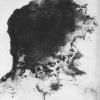
3D Printing........Scratch Building or Not?
caapa replied to Bugatti Fan's topic in General Automotive Talk (Trucks and Cars)
Hi peteski, thank you for your comment. I stated my opinion about Dremel and similar power tools in relattion to „Scratchbuilding” (see 4 – 5th row in my text) And you have right – the computer mouse and pen or tastatur are tools in your hand. You produce by this tools CAD designs, machine programs for any proramable CNC or 3D Printer or . . . but no parts of a model. The parts will be produced by the machines according the design and programs what you made on computer. And the machines are doing this even without your presence. Now I feel „Made By Machine” isn`t an optimal expression for all of that human efforts and knowledge and practice what necessary to make able a machine to produce a part. If you agree let us find a good expression for this high level modeling ! -

3D Printing........Scratch Building or Not?
caapa replied to Bugatti Fan's topic in General Automotive Talk (Trucks and Cars)
IMHO we should start with the origin of the term: - scratch is a manual activity with a tool in hand. - building is no doubtfull. While holding the workpiece and/or tool in your hand we can be sure it is scratchbuilding. If the tool is power tool in your hand the work is a scratchbuilding. This applies to hand-operated/controled lathes, milling, drilling, sanding macines because the workmanship is the result of your hands. This machines are giving power and accurarcy to your hands but they don't work without them. But if you set up a machine to make a part, the result is not the result of the work done by your hands, but by the machine. And of course by your brain with the special knowledge to control and program the machines and even write your own program for a specific component. This kind of building models isn`t scratch building but building by a high level of knowledge in machine programing, program writing and design for such programmed preparation. If I would build a model this way I would say: done MbM. (Made by Machine) And everybody know that your equipmenrt was a machine and not your hand.

